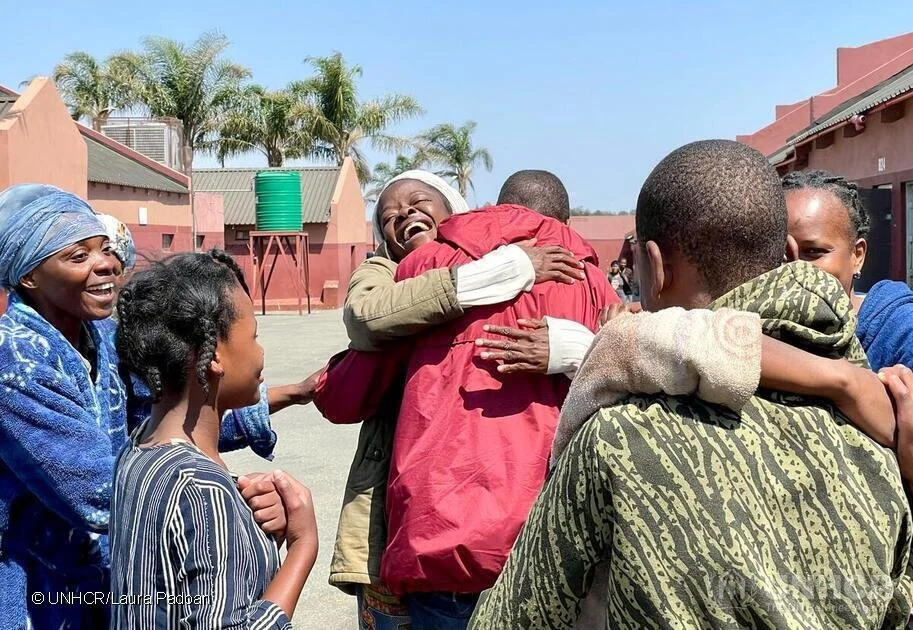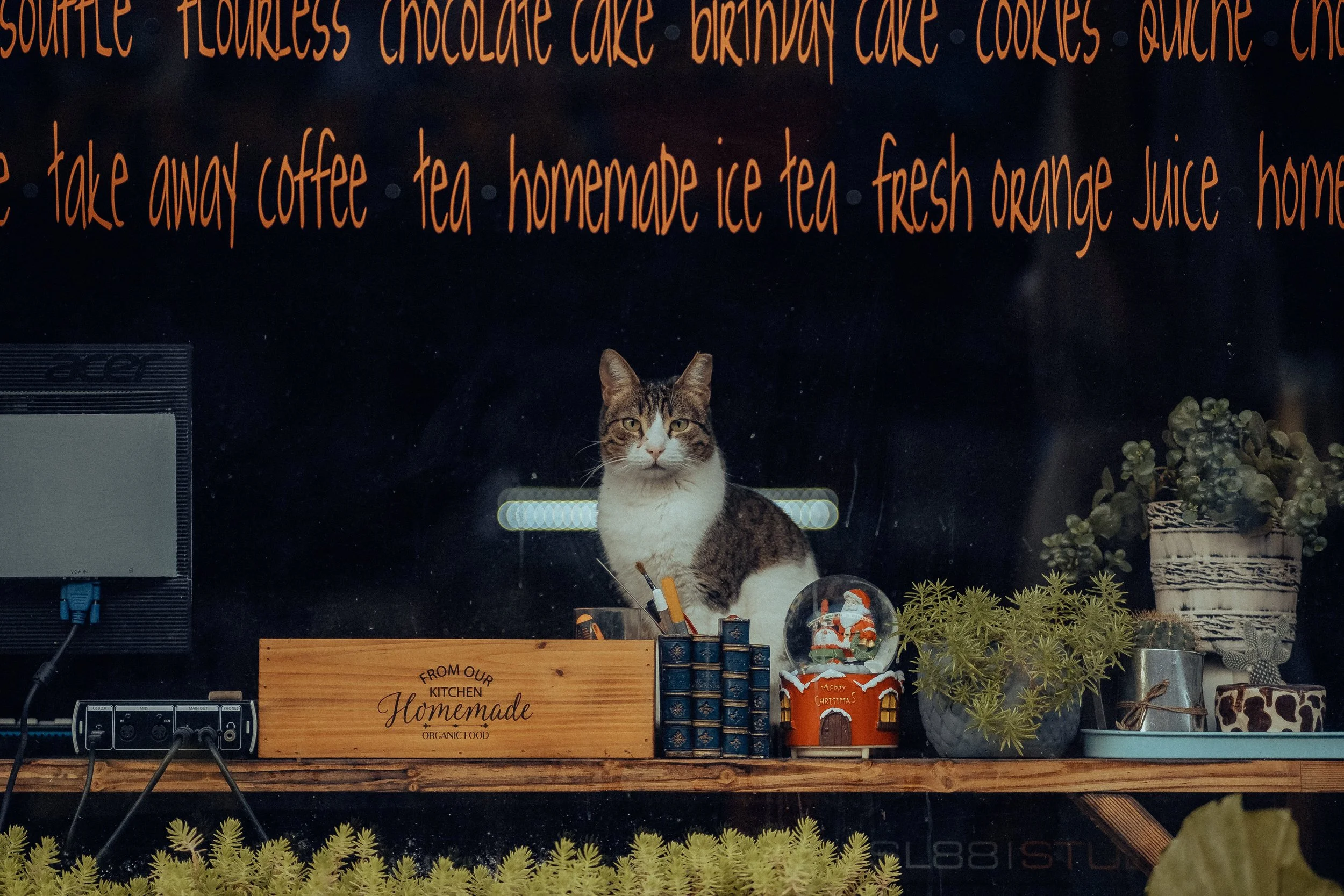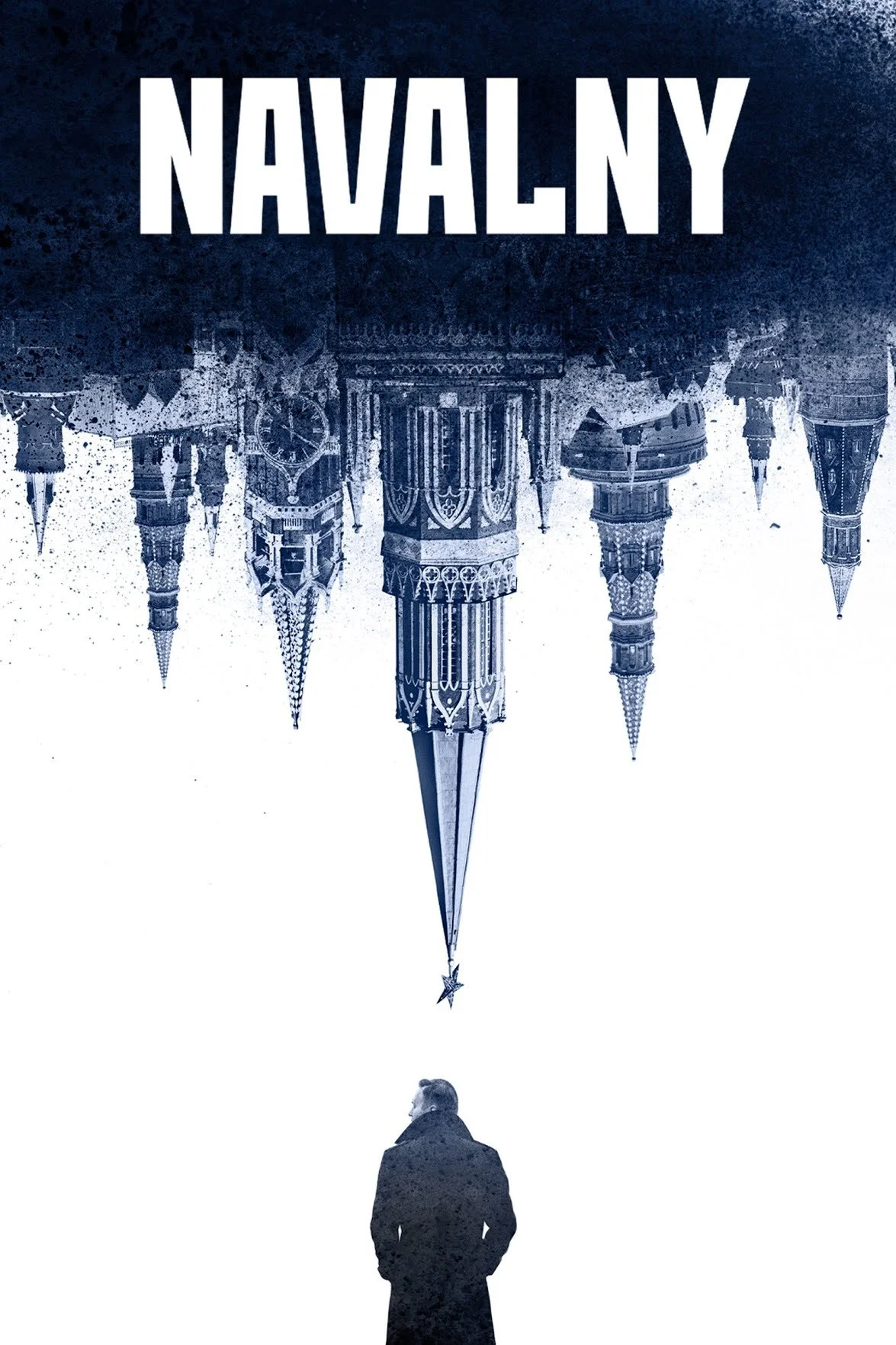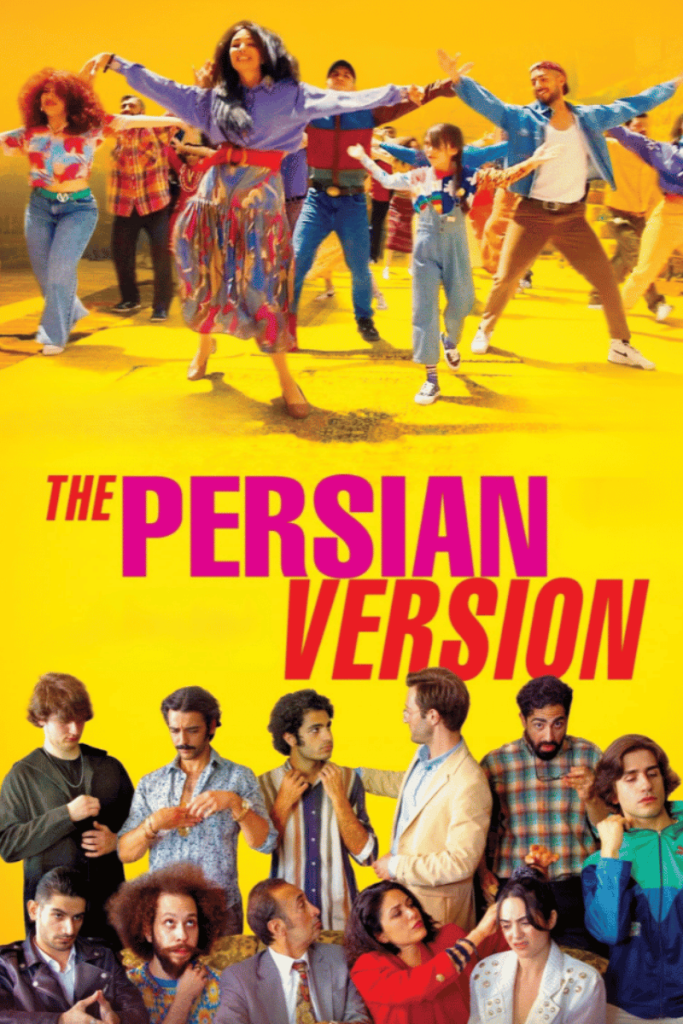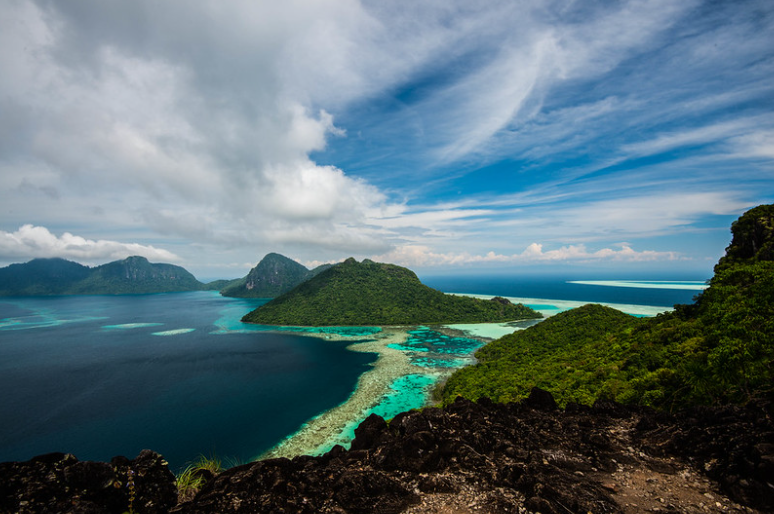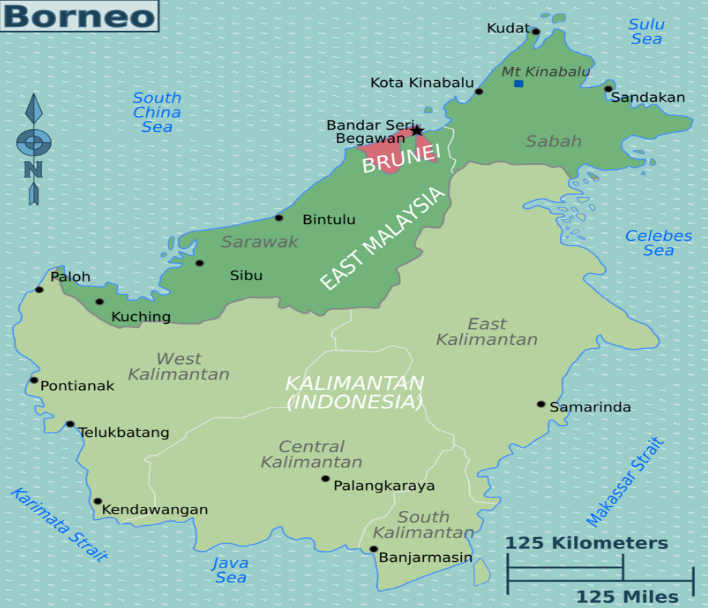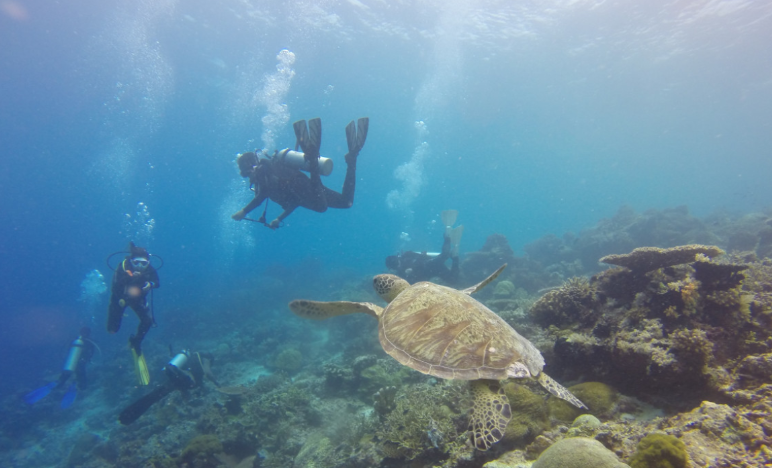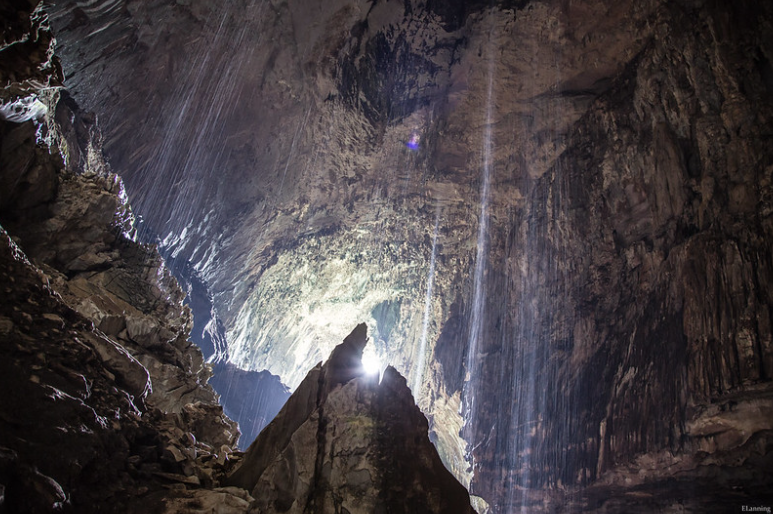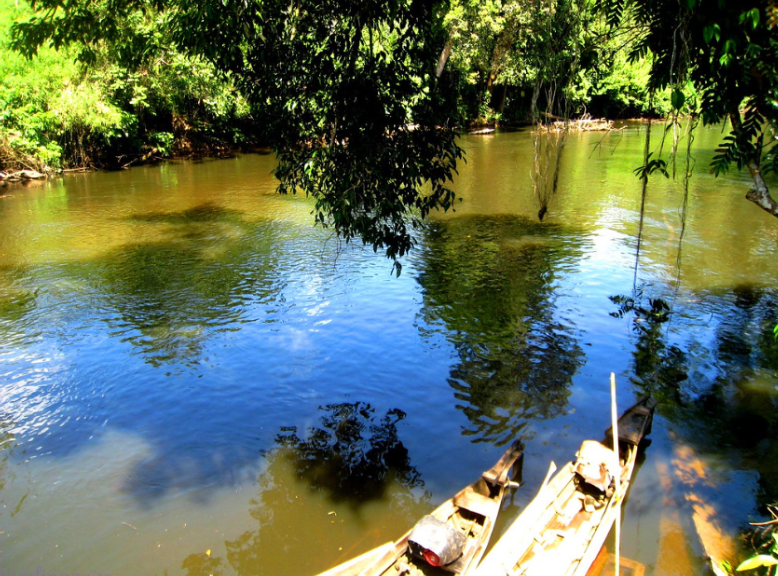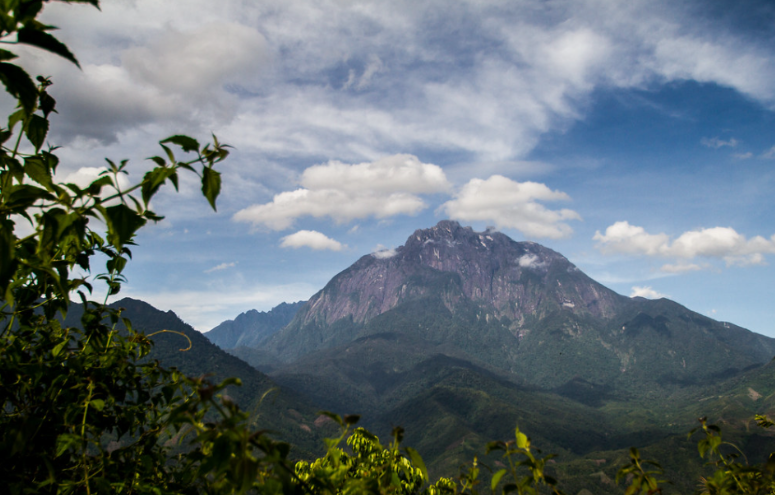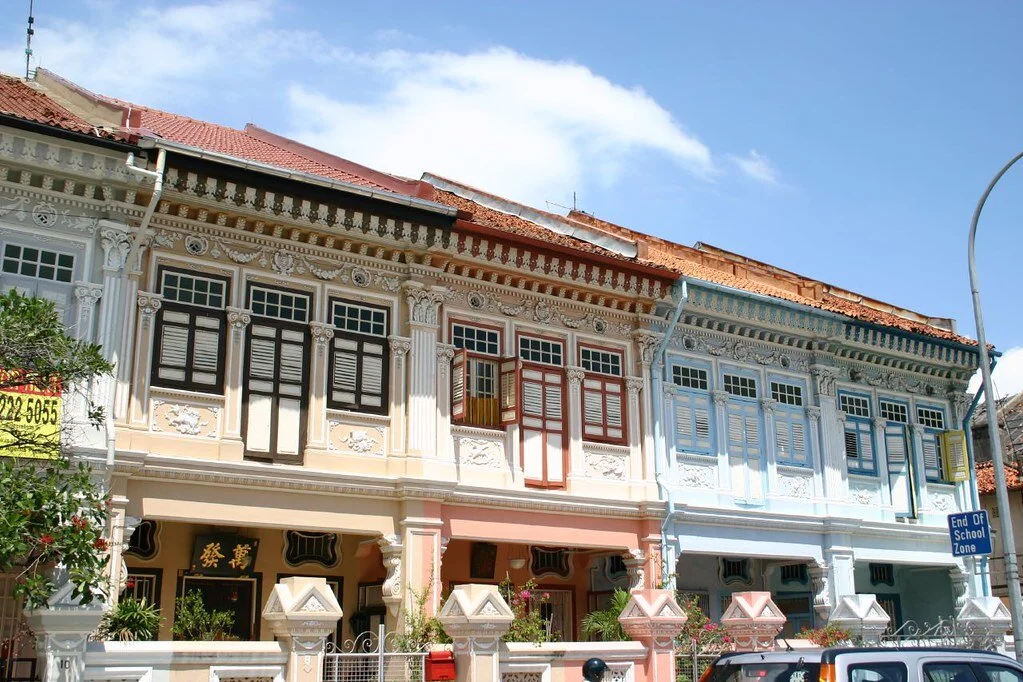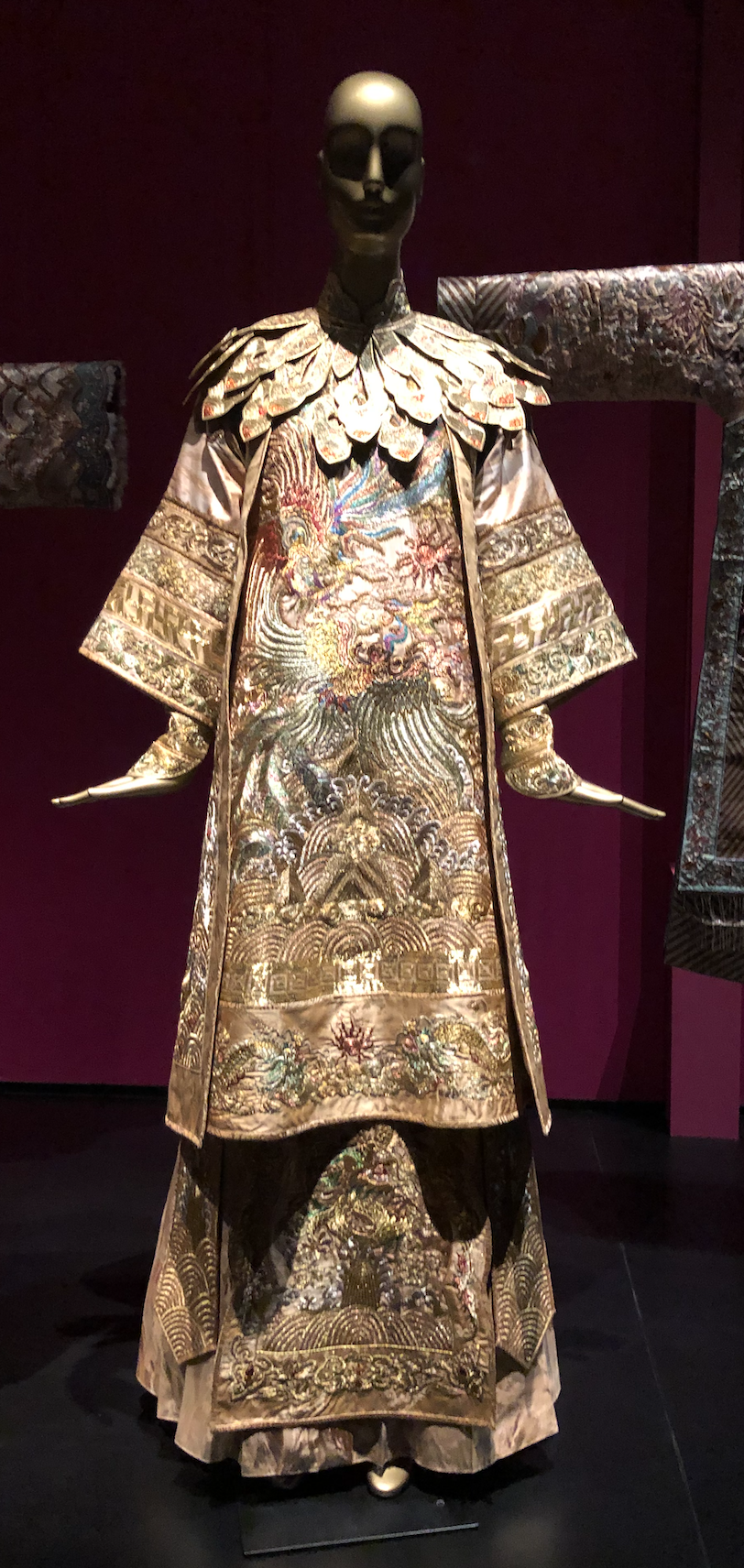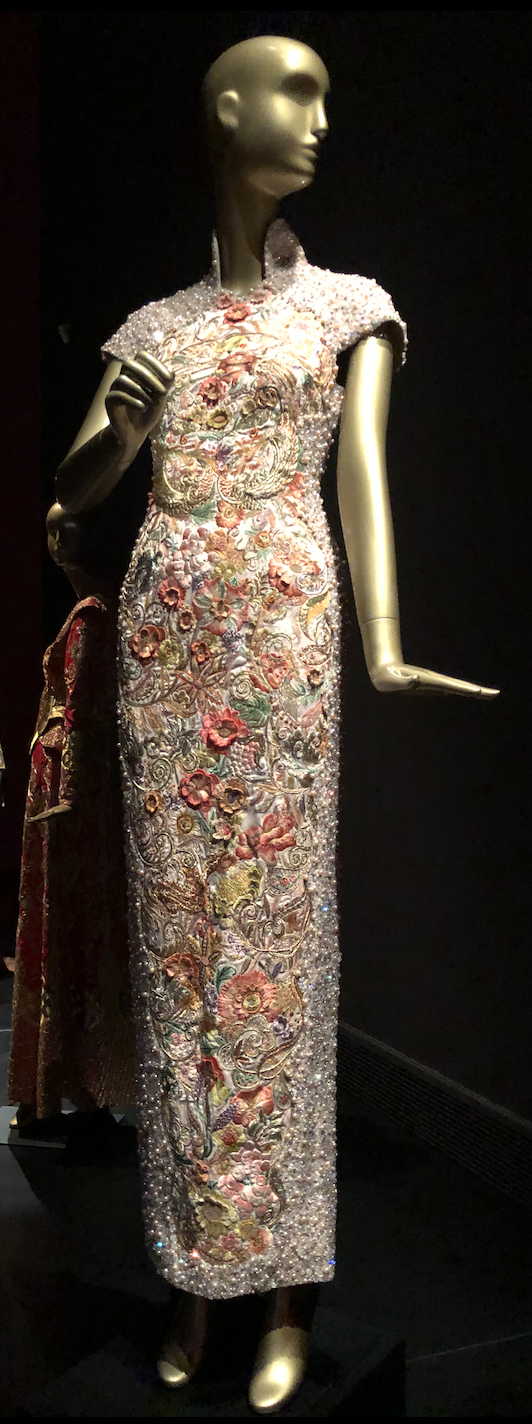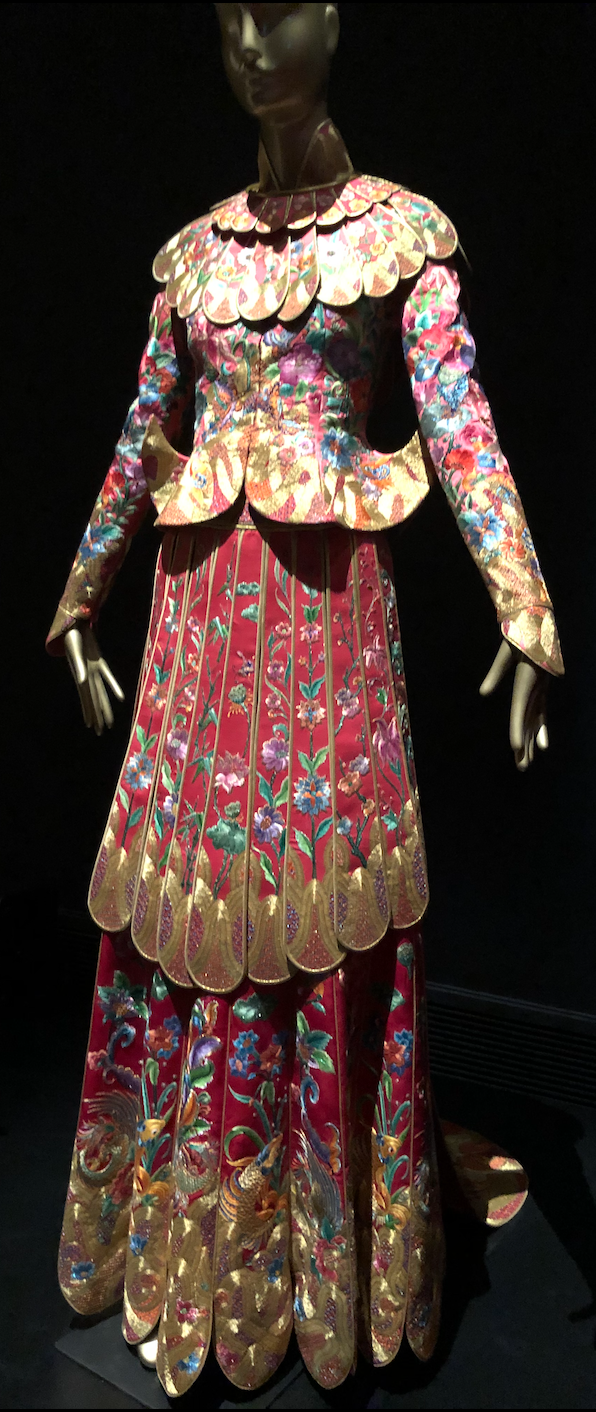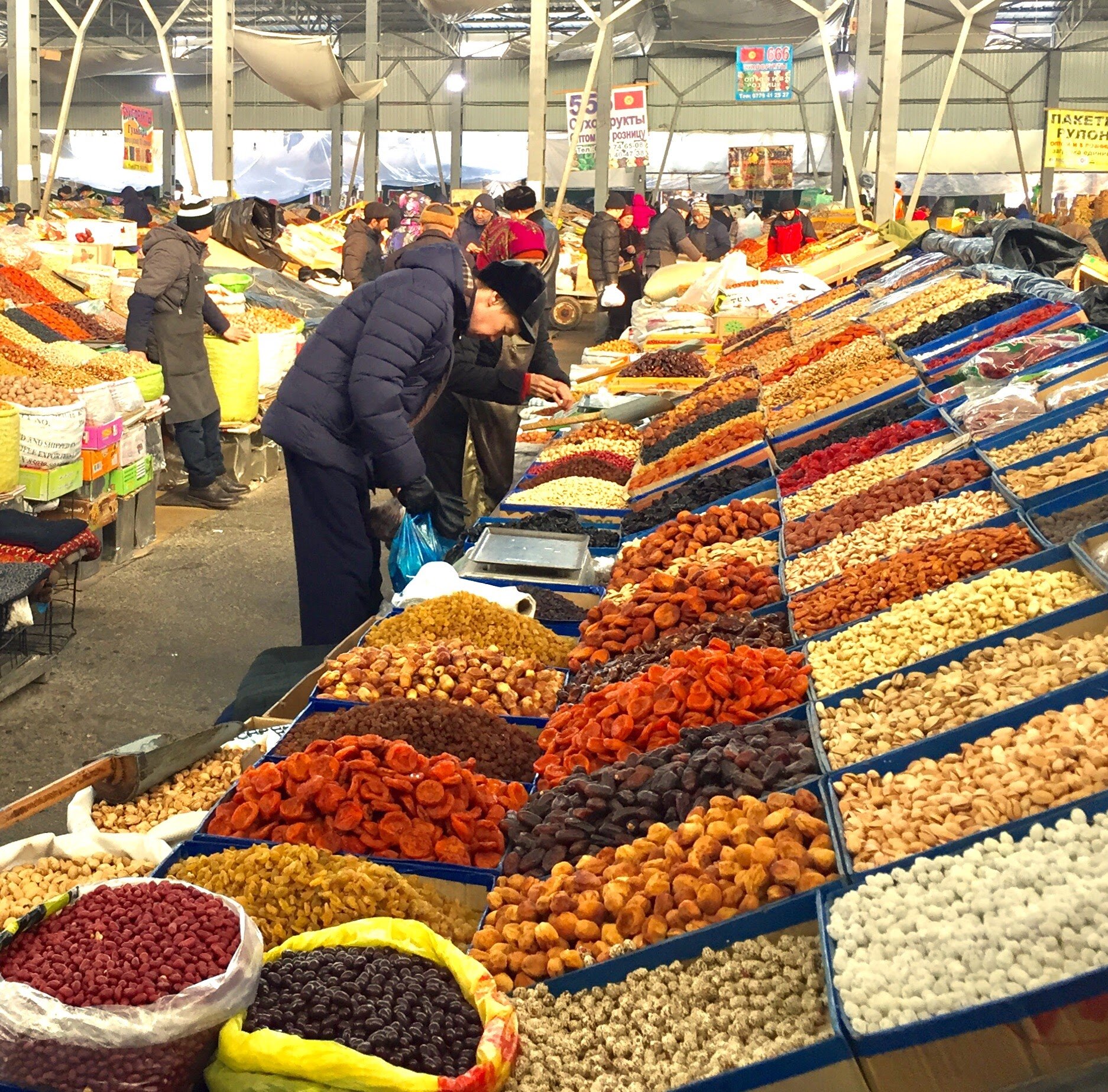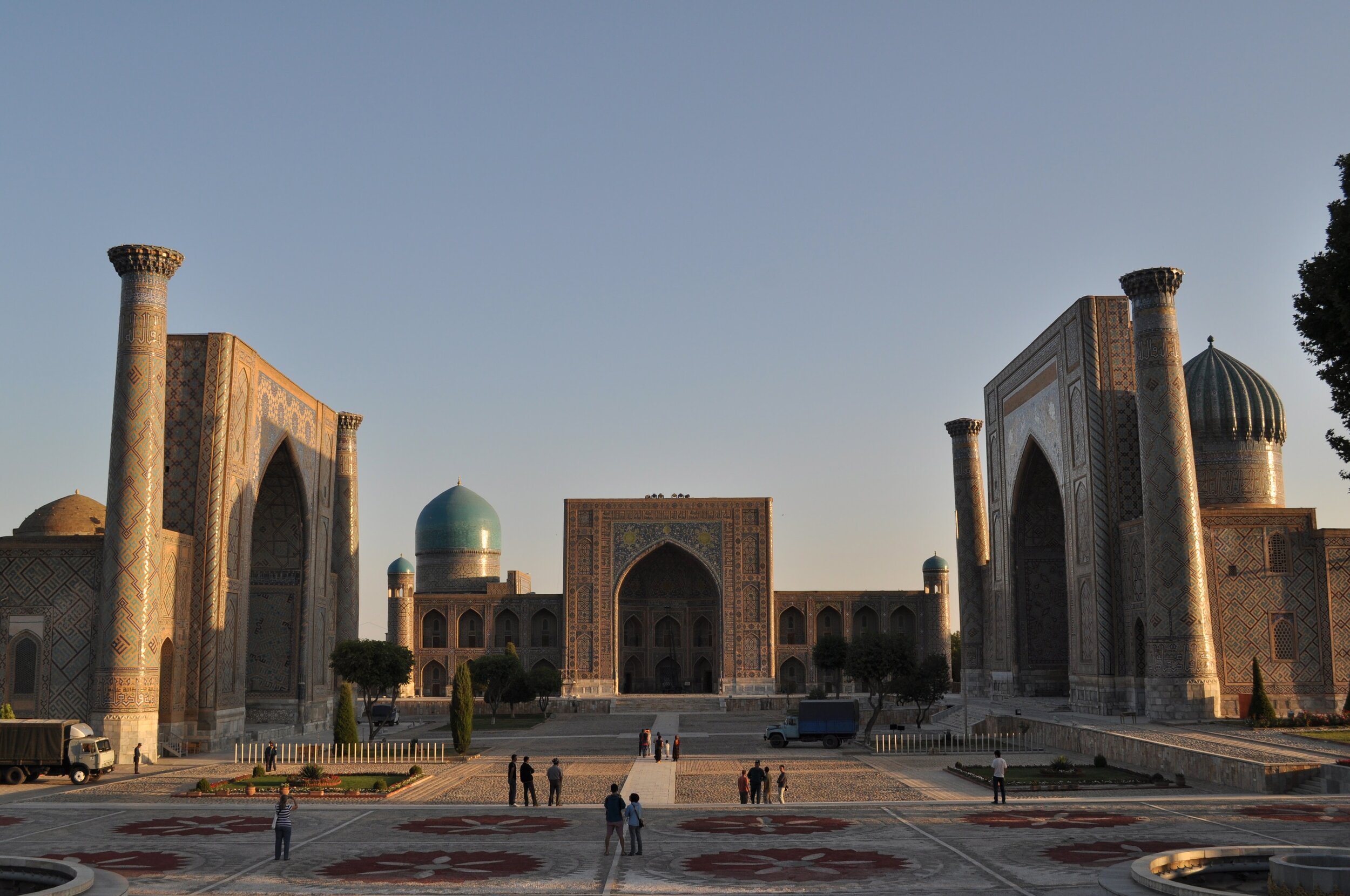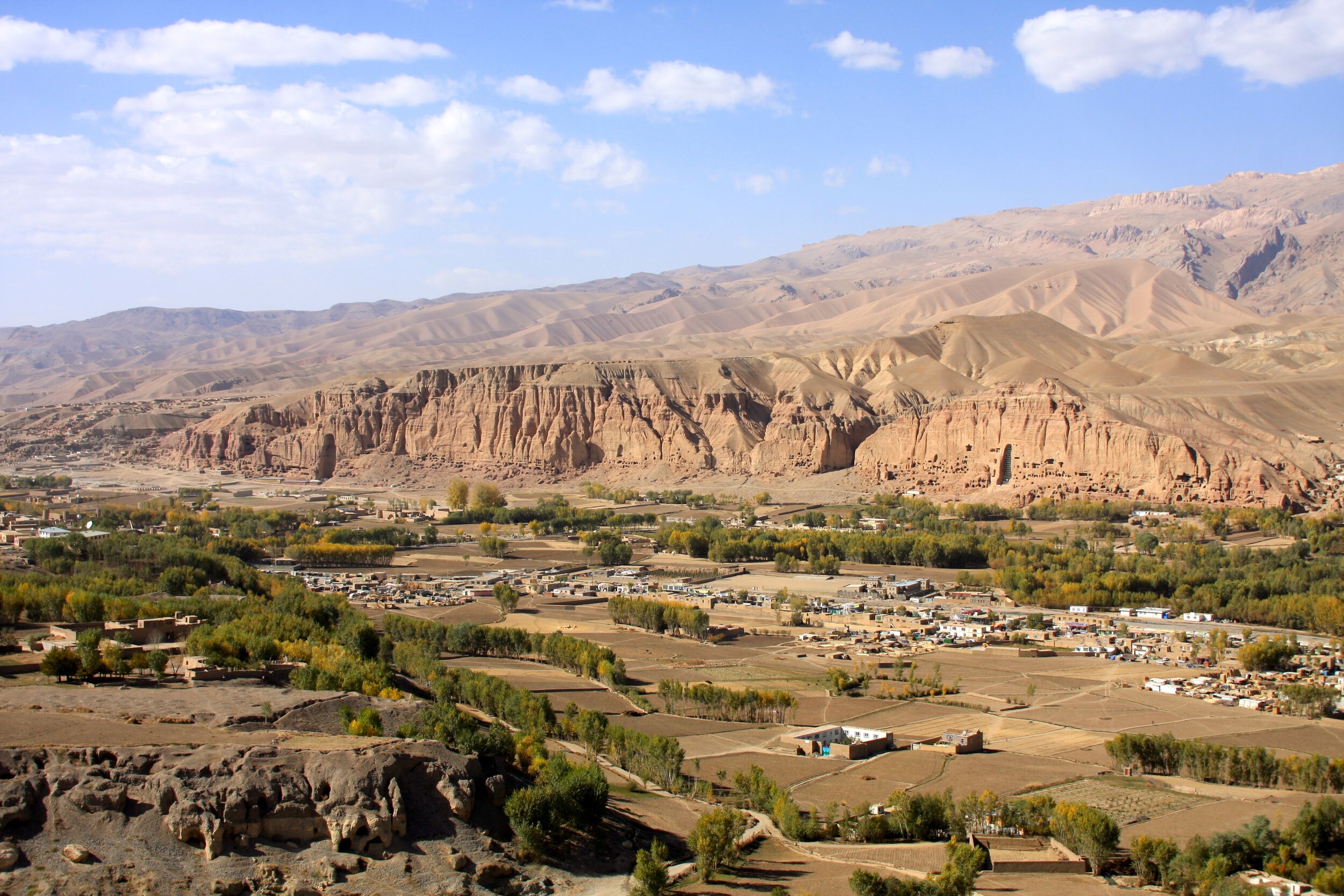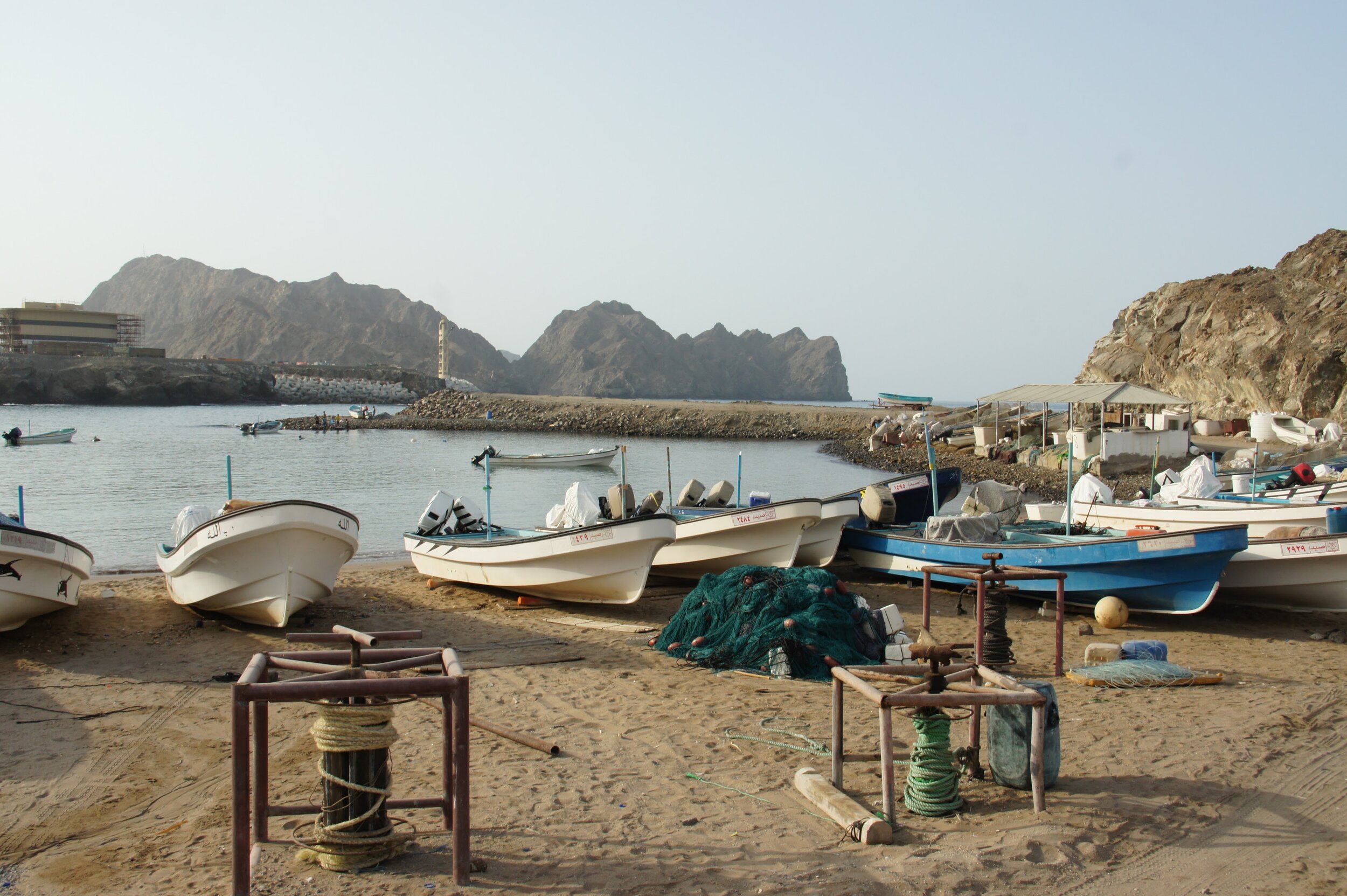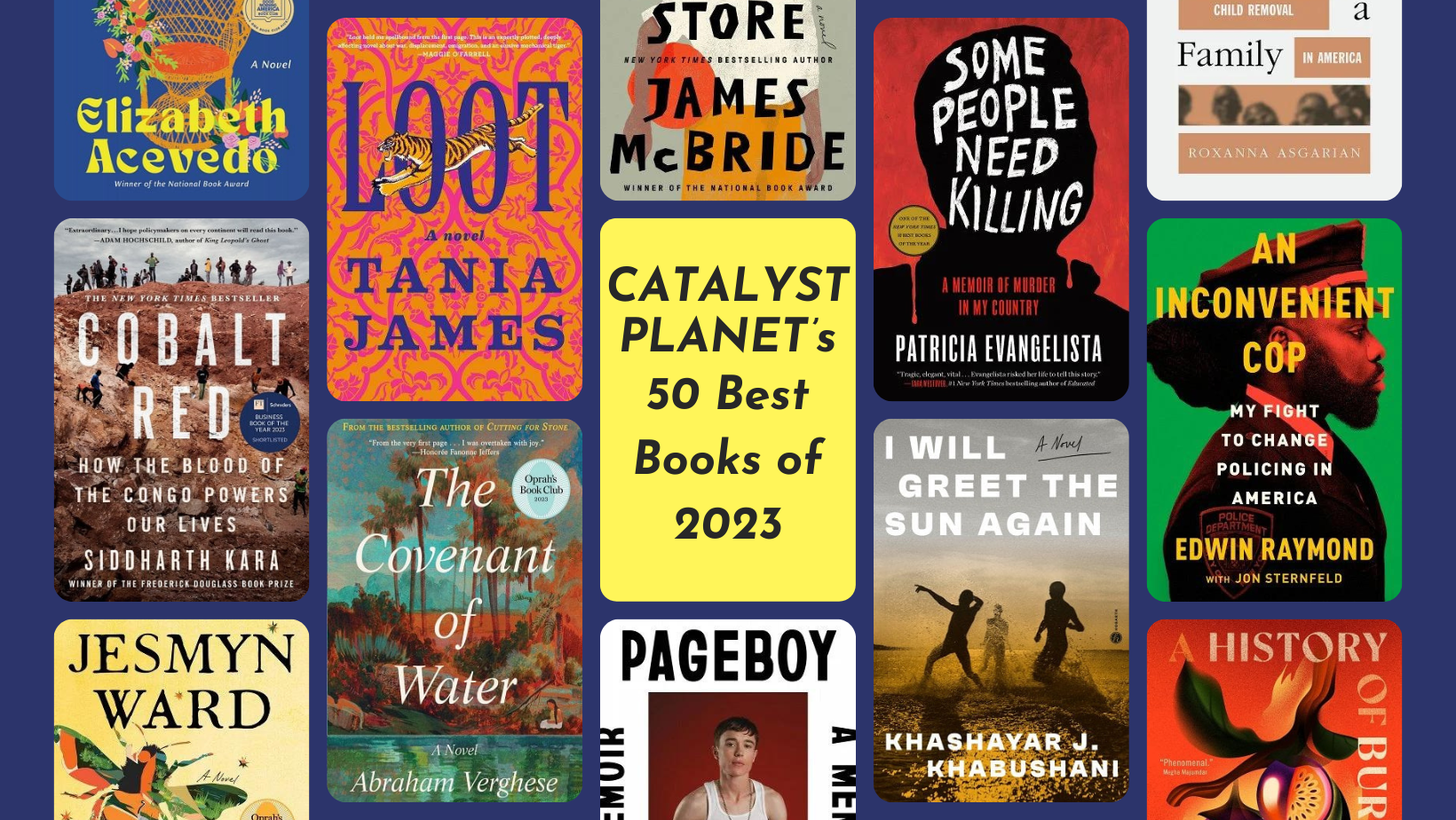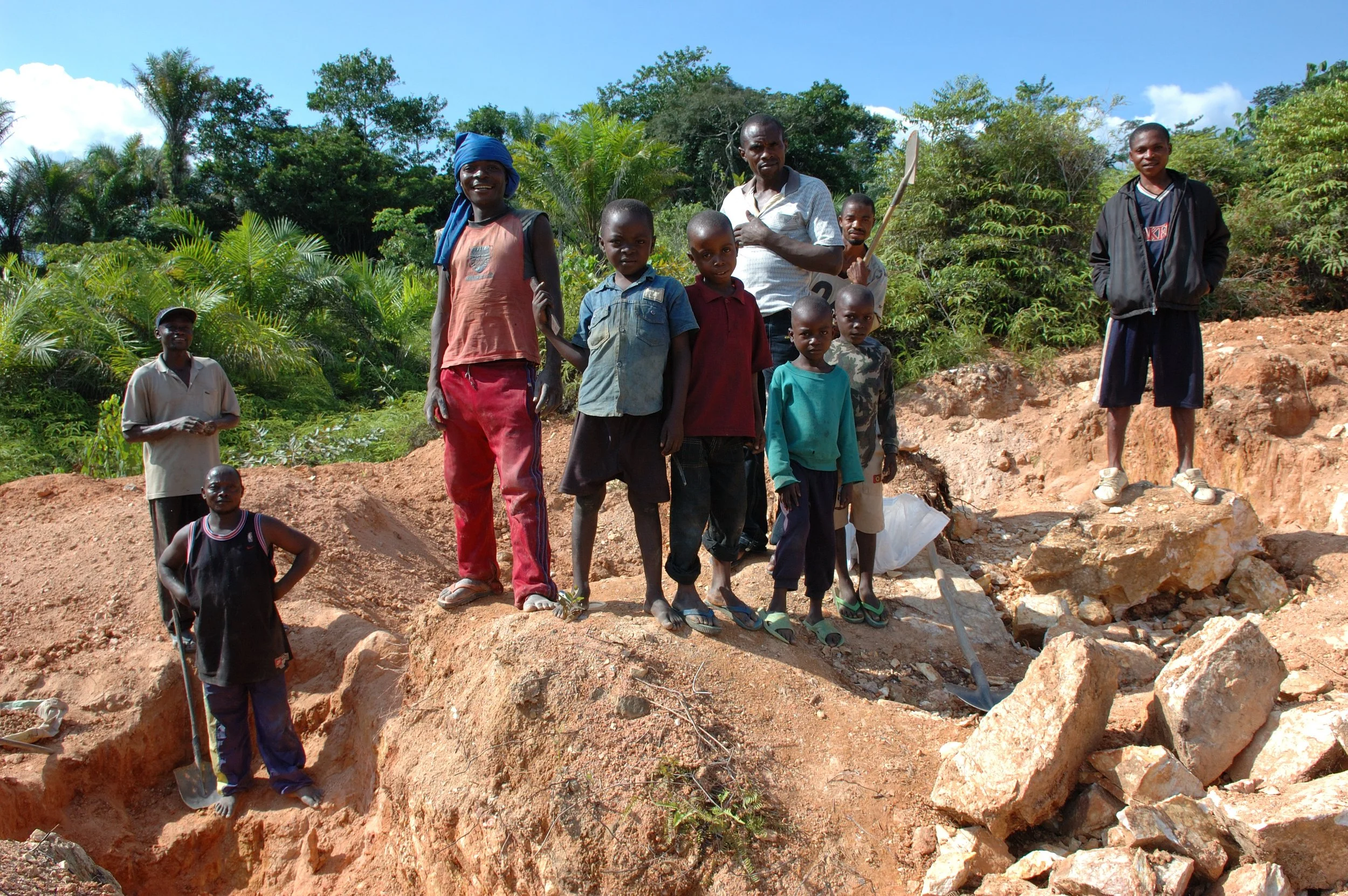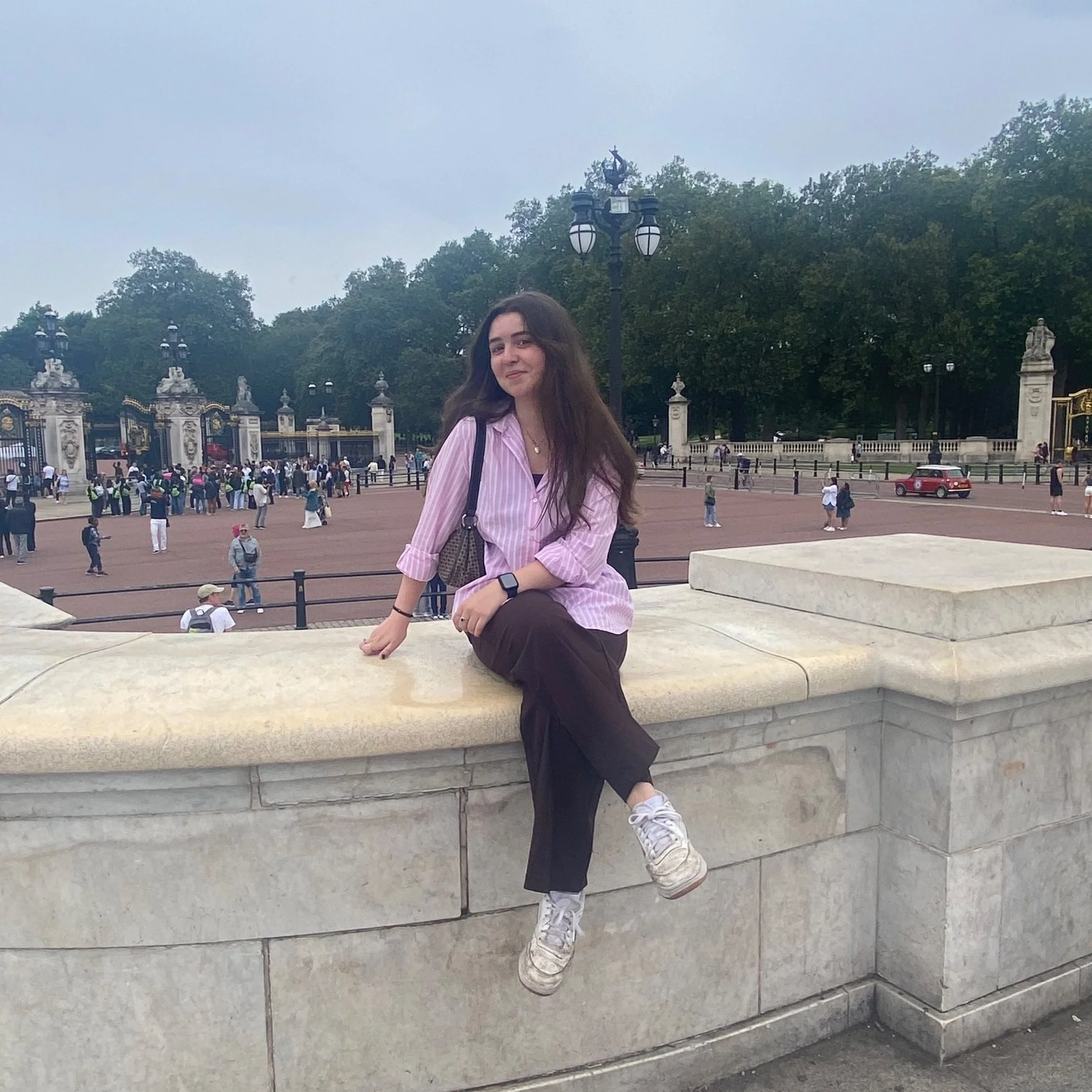For those looking to escape frigid winter temperatures, these 10 destinations will satisfy wanderlust while offering tropical climates, beaches, diverse cultures and more.
Read MoreMiles4Migrants' Pledge to Reunite 70,000 Families
Through the donation of unused travel rewards, Miles4Migrants has leveraged $17 million worth of donated frequent flier miles to reunite vulnerable individuals affected by war, persecution or climate disaster with their families.
Courtesy of UNHCR.
Founded in 2016 by Seth Stanton, Nick Ruiz and Andy Freedman, Miles4Migrants (M4M) emerged as a philanthropic force dedicated to the cause of preventing families from being torn apart by displacement. With a resolute focus on leveraging donated frequent flyer miles and points, the non-profit organization strategically orchestrates flights, intricately navigating global airline alliances, airline routes and immigration regulations for families who have received legal approval for relocation.
Donors are asked to commit a minimum of 1,000 to 47,500 points or miles, depending on the program. After pledging, the flight booking team at M4M will match the donated miles with an individual or family seeking asylum or with refugee status but who cannot afford airfare to relocate. The matching process looks at which itinerary will get the most out of a donation, which case will keep the most family members together on the same reservation, the fastest flight route, and the least booking friction for the donor. The matching process may take several weeks, and M4M will keep donors informed, providing the recipient's photo(s) and a story detailing how their contribution has made a difference. In addition to frequent flyer miles, donors can contribute travel vouchers and cash. Miles4Migrants presently accepts a wide range of vouchers, including those from Alaska Airlines, American Airlines, United Airlines, Delta Air Lines, Southwest Airlines, JetBlue, Allegiant Air and others.
Miles4Migrants has achieved remarkable feats since its inception, facilitating travel for an impressive 43,187 individuals spanning 98 countries. This commendable endeavor, valued at an astounding $17 million, has been made possible by redeeming an impressive 775 million miles, courtesy of generous donors.
The organization's recent appearance at the UNHCR Global Refugee Forum in Geneva underscored its commitment to an innovative and ambitious strategy. M4M’s Executive Director Glaydon de Freitas revealed a visionary multi-currency system, integrating money, frequent flyer miles, credit card points, and travel vouchers. This multi-faceted approach, coupled with M4M's expertise in flight booking and strategic partnerships with major airlines, ensures a cost-effective and efficient procurement of airline tickets.
During the forum, Miles4Migrants boldly pledged to reunite 70,000 forcibly displaced individuals with their families by 2030, with an initial goal of reuniting 10,000 families in the upcoming year. This resolute commitment aligns seamlessly with Global Compact On Refugee’s Roadmap 2030 on third-country solutions for refugees and the broader multi-stakeholder initiative to reunite at least 1 million refugee families by 2030.
To achieve these tremendous family reunification goals, Miles4Migrants has meticulously outlined specific strategies. These include identifying the most value-efficient flight options across all airlines, proactively mobilizing resources, utilizing a comprehensive database system for efficient tracking, providing post-booking support to NGO partners, and fostering crucial partnerships with airlines and corporations.
In fact, corporate partnerships and long-term sponsorships have emerged as linchpins in Miles4Migrants' operation. The Shapiro Foundation, led by President Ed Shapiro, stands as a keystone partner, generously committing to funding 500 flights in 2024, contributing significantly to the nonprofit's goal of reuniting 70,000 families by 2030. A recent collaboration with The Points Guy (TPG), a prominent name in the travel industry, further exemplifies the importance of corporate support. TPG became an official corporate sponsor and pledged to match cash donations of up to $15,000. At the end of its five-week campaign, TPG raised 5,561,479 miles (worth nearly $120,000), receiving more than $1,487 in flight vouchers, and—thanks to TPG and Lonely Planet matches—raised $30,275 in cash donations. Miles4Migrants said it was the second-highest number of miles contributed from any partner campaign and also one of the highest cash amounts it has been able to raise. The donations were enough to fly around 500 people to safety.
Get Involved
The call to action is clear—dormant travel rewards can catalyze change. Miles4Migrants implores individuals to consider donating unused frequent flyer miles, credit card points or travel vouchers to play a pivotal role in reuniting families and offer fresh starts to those in need. The organization encourages supporters to amplify its cause through social media, whether that be through sharing impactful stories, motivating friends and family to contribute unused rewards, or organizing local events to bolster collective efforts.
Raeann Mason
Raeann is a traveler, digital storyteller, and guide writer with a Mass Communication & Media degree from the Walter Cronkite School of Journalism. She is passionate about a/effective journalism and cultural exchange and advocates for international solidarity and people's liberation. Her work at CATALYST focuses on reshaping the culture of travel and hospitality to be more ethically sound and sustainable.
8 Ways to Surf Sustainably
Dive into the world of sustainable surfing and learn how to ride the waves without harming our oceans.
Read More7 Tombs to Visit Besides the Great Pyramids
The Great Pyramids are probably the world’s most well-known tombs, but they are far from the only ones. These seven tombs are impressive and fascinating.
Read MoreThe Rise of Cat Cafes: Popularity and Pitfalls
While they have a rich history and are fun for humans, cat cafes are a hot topic in animal rights ethics.
Cat in cafe window. Atahan Demir. CC0.
Scooping litter, carpets of cat hair, vet visits and medical bills: taking care of a cat—or any other animal, for that matter—can be both tedious and expensive. But on the other hand, cats are adorable, energetic and entertaining furballs. Previously, there was no in between—if you wanted a cat, it was either all in or nothing. Now there is an in-between solution: cat cafes. Cat cafes serve typical coffee shop beverages and pastries with the added bonus of being able to spend time with a variety of cats and kittens. Often cat cafes charge based on time spent at the cafe, with most cafes having set rates for either 30 minutes or one hour with the cats.
Although cat cafes are currently immensely popular, at one point they weren’t the global phenomenon they are today. The first cat cafe, Cat Flower Garden, was founded in Taipei, Taiwan in 1998. Although there were other cafes to house cats prior to Cat Flower Garden, they were the first cafe to market themselves specifically as being a cat cafe. Now, people from both Taiwan and around the world not only come to play with their fifteen in-house cats, but also to ask for business advice. When Cat Flower Garden first opened its doors, however, business was slow. It took both time and media coverage for people to warm up to the idea of having cats pounce around hot drinks and food.
A cat sitting near a cup of coffee. Bulat Khamitov. CC0.
Tourists brought the idea back to Japan, and in 2004 a cafe in Osaka successfully opened. Multiple cafes opened in Tokyo in 2005 and soon the demand for cat cafes took off. People from around the world traveled to both the original location in Taiwan and the new business ventures in Japan’s metropolises. The cafes opened in Japan were a turning point in this phenomenon’s popularity because cities like Osaka and Tokyo are so densely populated that many people do not have the room or time to be able to take care of cats properly. Thus, people who did not own pets but were still cat lovers could have an opportunity to spend time with their favorite animal.
As business boomed in Asia, many people in the United States also took note of the cafe's popularity. As the first cafe in the United States opened in Oakland, California in 2014, when pet food company Purina ONE sponsored a pop-up cafe in New York City that same year, the public became even more interested in this new, eccentric concept. But, as cat cafes began to pop up throughout the United States and on a global scale—with openings in Melbourne, Australia, Munich, Germany and London, for example—some began to question the ethics of cat cafes.
Lounging Cat. Pixabay. CC0.
One United Kingdom based animal welfare charity, the Royal Society for the Prevention of Cruelty to Animals (RSPCA), made a statement that deemed cat cafes unethical due to the poor, unstable socialization of cats and the occasional unclean cafe. Moreover, many cafes do not properly vaccinate or neuter their cats, leading to diseases running rampant among their tenants. Also, while many cat cafes source their animals from rescues, some rely on breeders, giving no succor to the vast number of shelter cats that are left unadopted and, in turn, are euthanized.
At the same time, many cat cafes source their animals from rescues or shelters, which in turn helps them get adopted by cafe patrons. This is why if you want to reap the benefits of cat cafes—which have reportedly been linked to reducing anxiety in humans—you should know how to identify an ethical versus unethical cafe. An easy call ahead can help determine the status of the cafe. First, you can ask where the cats living in the cafe are sourced from, if they can be adopted, and if they have been both vaccinated and neutered. You can also plan a visit to the cafe before investing money in a session. If the cat cafe is dirty, the cats do not have proper spaces to retreat to if overwhelmed, or if the staff do not have proper knowledge of how to properly care for a cat, then it may be safe to deem the cafe unethical. Whether you intend to enjoy some delicious coffee and quick play time with cats or are considering adoption, here are ten popular cafes:
Carina Cole
Carina Cole is a media studies student with a concentration in creative writing at Vassar College. She is an avid journalist and occasional flash fiction writer. Her passion for writing overlaps with environmentalism, feminism, social justice, and a desire to travel beyond the United States. When she’s not writing, you can find her meticulously curating playlists or picking up a paintbrush.
Guatemala’s ‘Forest Guardians’ Save their Homeland, Providing a Conservation Model for the World
Indigenous guardians in Guatemala's Maya Biosphere Reserve combat deforestation, protecting biodiversity and cultural heritage.
Read MoreGlitches in Nature: Poland’s Crooked Forest and Moving Sand Dunes
Did you know that there are some fascinating natural wonders in Poland to explore? From bending forests to moving sand dunes, learn more about the nature in this European country.
Read MoreBeyond Entertainment: 10 Social Action Films to Watch Now
Social action films advocate for justice and raise global awareness — here is some powerful cinema to watch on streaming and in theaters.
Within the realm of cinema, some films have transcended beyond just entertainment and have acted as powerful catalysts for social change. Social action films have served as a medium for presenting audiences with compelling stories while additionally shedding light on contemporary issues. Behind the central issues, these films advocate for justice and humanize marginalized voices, common themes to generate broader global relevance.
Such a blend of advocacy and storytelling has served as a powerful tool to raise awareness. With a type of transformative power, these films have illuminated social injustices and empowered audiences to rewrite their scripts.
1. “Praying for Armageddon” (Tonje Hessen Schei)
In this chilling documentary, Schei follows the influence of the fundamentalist Christian lobby on U.S. politics. The political thriller explores the consequences of the fusion of Evangelical Christianity with American politics—a weakened democracy—that could ultimately destroy our civilization. Driven by faith, the movement does not just want the world to end but is working to start such a spiral. (Festival streaming this year and upcoming)
2. “Bobi Wine: The People’s President” (Moses Bwayo)
In this powerful account of Ugandan leadership, Bwayo delivers a remarkable documentary about Bobi Wine. Wine, opposition leader and musical star, used his music to fight an authoritarian regime by Yoweri Museveni. Much of the film charts Wine’s unlikely rise from pop star to politician as he seeks to restore democracy and oust Uganda’s brutal and corrupt dictatorship. (Stream it on Disney+ and Hulu)
3. “Navalny” (Daniel Roher)
In this fly-on-the-wall documentary, Roher homes in on the anti-authoritarian Russian opposition leader, Alexei Navalny. Making its debut at the virtual Sundance Film Festival, the film has introduced the Western world to a voice of the opposition in a country governed by fear with intense geopolitical stakes. Much like Roher, viewers are quite literally watching history unfold as Navalny uncovers the truth about an attempt on his life, with a finale yet to be written. (Stream it on Amazon Prime Video)
4. “Call Me Dancer” (Leslie Shampaine)
In her heart-touching and hopeful documentary, Shampaine tells the story of a disadvantaged Indian teenager who struggles against his parents’ insistence to follow a traditional path. When he meets an Israeli ballet master, he is determined to make it as a professional dancer despite the odds stacked against him. Debuting at the Santa Barbara International Film Festival, the film has won awards here and at other festivals, inspiring audiences with its joyride of mentorship, perseverance and passion. (In theaters)
5. “The Persian Version” (Maryam Keshavarz)
In her energetic semi-autobiographical feature, Kesharvarz follows Leila, a young Iranian-American woman as she navigates her family and personal life. As a vibrant portrayal of culture clashes and generation gaps, Keshavarz illustrates an affecting story about what womanhood demands versus imagines through the immigrant experience with the American dream. Just as Leila tries to strike a balance in embracing her opposing cultures, the film equally strikes a balance between heart and humor. (Stream it on Amazon Prime Video and YouTube)
6. “The Mission” (Amanda McBaine)
On North Sentinel Island, the Sentinelese encounter a foreigner who tries to bring Christianity to them, an illegal venture that results in his death. With a compassionate and nuanced approach to retelling a tragedy, McBaine explores this contextual difference between murder and self-defense. The film presents a sorrowful but introspective look at colonialism and cultural superiorities long deserving of scrutiny. (Stream it on Hulu)
7. “Oppenheimer” (Christopher Nolan)
In his unique and nuanced portrait of Robert Oppenheimer, Nolan explores themes of unchecked bureaucracy and science run amok. The film highlights the genius of its central figure while examining the detrimental effects of the atomic bomb he built at the Los Alamos National Laboratory during WWII, a creation that we were not ready for, or rather one we should not have been trusted with. (Stream it on Amazon Prime Video and Youtube)
8. “Smoke Sauna Sisterhood” (Anna Hints)
Hints’s film follows a group of women who share their secrets and intimate experiences in the darkness of a smoke sauna. As a feminist film that reveals the infinite faces of womanhood, the women wash off any shame that was trapped within them and regain their strength. The sauna and the film feel like a work of reflective art, where stories of relatable pains and joys as women are weaved together. (Available for select streaming and on Vudu)
9. “The Menu” (Mark Mylod)
In this social commentary, Mylod satirizes elitism in the world of fine dining restaurants. Focusing on class anxiety and capitalistic greed, the film examines the ethics behind “eating the rich” and the hypocrisy of “ethical consumption.” Serving a tailored dish on a rigid perspective of the wealthy, the film portrays society’s tendency to pay a high price for what it wants, no matter how corrupt. (Stream it on Amazon Prime Video and Hulu)
10. “Origin” (Ava DuVernay)
Inspired by the 2020 book “Caste,” DuVernay presents an argument about the history and hierarchies of power in the United States. In order to understand these elements, people must look past race and see that caste sets the presumed supremacy of one group against the presumed inferiority of others. As an approach to simultaneously educate and entertain an audience, DuVernay examines the book’s age-old themes and gives an ambitious new way to process them. (Opening Jan. 19 in theaters)
Mira White
Mira is a student at Brown University studying international and public affairs. Passionate about travel and language learning, she is eager to visit each continent to better understand the world and the people across it. In her free time she perfects her French, hoping to someday live in France working as a freelance journalist or in international affairs.
Surfing at 2024 Olympics Destroys Coral Reefs in Tahiti
Teahupo’o locals and scientists protest the building of 2024 Olympic Games infrastructure over environmental and economic concerns.
Surfing in French Polynesia. Duncan Rawlinson. CC BY-NC 2.0 DEED
In preparation for the 2024 Olympics, Paris has placed sustainability at the heart of its environmental ambitions. In keeping with the city's aim to “assume its responsibilities” for the games' environmental and social challenges, there have been many contributions to fight carbon impact, food waste and destructive construction. However, organizers have recently faced backlash for the erection of an aluminum tower in Tahiti, built specifically for the new surfing competition, that has damaged both coral and the competition's reputation.
To take the games to new heights, Paris has decided to host a new surfing competition, set to take place in Teahupo’o, Tahiti. This setting will offer the opportunity to host a unique competition and allow France to engage with its overseas territories. Teahupo’o, described as a paradise and dream spot by surfers and travelers alike, is anticipated to bring fans and athletes together. This influx of people to the island has called for the construction of a new venue; a 14 ton aluminum tower with concrete foundations, set to host 40 people judging and televising the competition.
Coral Reefs in Tahiti. Jeremy H. CC BY-NC-ND 2.0 DEED
On 1 December, a barge intended to help build the tower got caught on a reef and damaged local coral. Save Teahupo’o Reef, a group made up of locals, surfers and NGOs, posted a video showing the broken coral and damaged boat propeller on their Instagram. After this initial damage, work was stopped to find a small barge and better route for it so as to not damage any more coral.
Plans to build the tower have been met with more resistance from locals in the form of social media campaigns or protests. Residents have fought against the construction, claiming that building it risks impacting the marine ecosystem and damaging the coral reef. Scientists based in Hawaii have advocated with locals and defended their call to stop building the tower, citing its environmental impact. Using 3D photogrammetry techniques, the researchers created maps of the reef habitat where the tower is set to be built and of the lagoon that its materials will be transported through. Their findings indicate that Teahupo’o would face devastating effects. Of the 3,500 square feet that this development would impact, there are over 1,000 corals from 20 different species. The cost of this dredging and building is estimated at $1.3 million. One of the scientists, Dr. Burns, offered no recommendation for construction that would minimize reef damage as there will be substantial damage regardless of alterations to the process. He suggested alternative solutions to broadcasting the games that included a judge in a boat, using drones or playing a live video feed, all of which are more cost-effective, environmentally friendly and presumably better aligned with the ambitions of the organizers.
Efforts to protest the tower have primarily come from groups like Association Vai Ara o Teahupo’o, who have created an online petition that has garnered over 223,000 signatures. The group is composed primarily of locals who rely on the marine environment for their livelihood and feel it is an important part of their heritage that they would like to preserve.
Coral Reefs in French Polynesia. Adam Reeder. CC BY-NC 2.0 DEED
Following the barge incident, the Olympic Committee made the decision to reduce the size of the tower by 25%. To decrease the weight placed on the foundations, the weight has been reduced from 14 tons to nine and will instead be installed at the same site as the old wooden tower. The original design required 72 four meter tall rods that would be drilled into the reef, but as a result of the now smaller design, rod length will be shortened so as to not be driven down as far. The tower is also being built in an area with fewer corals, and existing ones will be removed and taken care of to ensure regrowth.
Despite growing concern over the risk posed to marine life, there will be some benefits of the event after the games conclude. These include new infrastructure such as a pedestrian bridge, fiber internet cables and the money brought into the local economy by those renting places to stay for the games.
Paris has certainly given more thought to sustainability efforts relative to other Olympic hosts, and has certainly made concerted efforts to reduce the games' environmental impact. However, it is important to recognize the destruction that the tower has caused and the long-lasting effects that it will have even after the games end. If Paris does intend to follow through on its sustainability goals, it must ensure that the Teohupo’o reef is left undamaged not just for the short duration of the games, but even after they end. In doing this, Paris and the organizers of the games would prove themselves dedicated to both sustainability and the island's people, bringing about a new era of true environmental conservation.
Mira White
Mira is a student at Brown University studying international and public affairs. Passionate about travel and language learning, she is eager to visit each continent to better understand the world and the people across it. In her free time she perfects her French, hoping to someday live in France working as a freelance journalist or in international affairs.
5 Adventures in Borneo
Borneo, the third-largest island in the world, boasts an enriching culture and a variety of adventurous nature excursions.
Bohey Dulang—Borneo. JohnJoDeery. CC by 2.0.
Borneo, an island located in the southwestern portion of the Pacific Ocean, is the third-largest island in the world, and the only one that is shared by three countries—Malaysia, Indonesia, and Brunei. The Malaysian part of the island consists of the two states Sabah and Sarawak, with Indonesia holding sway over five provinces in what its citizens Kalimantan and Brunei possessing the smallest section of land named after the country itself. As a part of the Greater Sunda Islands group, Borneo is bordered by two other islands, Sulawesi to the east and Sumatra to the west. The island of Borneo has approximately 292,000 square miles of territory in total, and harbors a significant population of 21.26 million people. Even divided, Borneo is an intriguing and obscure place that most travelers are not aware of; its hot and humid climate makes for an ideal tropical destination. From the soaring heights of Mount Kinabalu to the mysterious depths of the Mulu Caves, the island provides many opportunities for adventurers.
Map of Borneo. Peter Fitzgerald. CC by 2.0.
Sea Diving in Sipadan Island
Scuba Diving in Sipadan Island. CC0.
Sipadan Island, located in the Celebes Sea and situated off the northeastern coast of Borneo, is renowned as one of the world's premier dive destinations, known especially for its marine biodiversity and pristine coral reefs. Diving in the waters surrounding Sipadan offers a scenic experience, where the coral gardens provide a backdrop to an incredible array of marine life. Schools of barracuda, jackfish and sea turtles are all present in these waters, so they’re easy to spot. The island's underwater landscape, featuring dramatic drop-offs and caverns, adds an element of excitement to the exploration. With its protected status as a national park under Sabah Parks, its limited dive permits and its no-fishing policy, Sipadan ensures a sustainable underwater environment, allowing divers to witness the beauty of the ocean.
Exploring the Ancient Mulu Caves
Caves of Mulu. Eric Lanning. CC by 2.0.
Exploring the Mulu Caves in Borneo involves a journey into the depths of one of the world's most fascinating landscapes. Situated in Gunung Mulu National Park, a UNESCO World Heritage Site, the Mulu Caves system is a network of limestone caverns, tunnels and chambers, shaped over millions of years. The expansive caves are full of stalactites and stalagmites, creating an otherworldly environment that transports visitors into a space of natural wonder. The Deer Cave, one of the largest subterranean passages globally, impresses with its vast chambers. Adventure-seekers can also participate in guided tours, which include crossing rope bridges and navigating through passages, providing a sense of exhilaration.
The World's Largest Floating Village in Brunei
At Kampong Ayer. Watchsmart. CC by 2.0.
Kampong Ayer, often referred to as the "The World’s Largest Floating Village," is a water town situated in the heart of Bandar Seri Begawan, the capital of Brunei. This settlement is one of the largest global stilted communities, consisting of intricately connected houses, schools, mosques and markets that rise above the Brunei River on wooden supports. The village has a history dating back centuries, with traditional wooden architecture and a lifestyle deeply rooted in the water. Approximately 13,000 people still reside in their traditional houses, and instead of using roads or cars as methods of transportation, water taxis take residents from one place to another. The water village showcases a unique way of life that one doesn’t see often, and it has endured for generations in Brunei.
Outdoor Adventures in Kalimantan
Batang Kawah River, West Kalimantan. DN.Zrr. CC by-NC-SA 2.0.
Kalimantan, the Indonesian portion of Borneo, is a treasure trove for outdoor enthusiasts seeking thrilling adventures and nature. The region is renowned for its dense rainforests, winding rivers and diverse wildlife, creating the opportunity for a variety of outdoor activities. Adventure seekers can embark on multi-day treks through the rainforests, seeing tropical flora and fauna and perhaps even getting the chance to discover orangutans. The rivers of Kalimantan offer opportunities for exciting activities such as white-water rafting, with rapids making the excursion more fun. For those seeking a more serene activity, cruising along the territory's scenic rivers on wooden boats provides a tranquil way to take in the breathtaking surroundings.
Hiking at Mount Kinabalu
Mount Kinabalu, Borneo. Paul Williams. CC by-NC 2.0.
Hiking Mount Kinabalu is an experience that beckons adventurers to the landscapes of Borneo. It is a challenging hike and rigorous pace, and usually can last around two days. As Southeast Asia's highest peak, standing proudly at 4,095 meters (13,435 feet), Mount Kinabalu dominates the Malaysian state of Sabah. The ideal time period for completing this excursion is between March and April. The ascent begins in the foothills and takes hikers through the ecosystems, from rainforests to meadows. There are even different routes you can choose to partake in, including the Ranau and Kota Belud Trails. The journey reveals panoramic views and a variety of flora and fauna—including 5,000 types of plants, 326 different birds and over 100 mammal species all on this single mountain. Mount Kinabalu, because of its partially difficult trek, is a physical accomplishment that leaves a lasting impact, making it a must-see in Southeast Asia.
Riley Baker
Riley Baker is a first-year student at James Madison University majoring in Writing, Rhetoric, and Technical Communication. She enjoys elements of storytelling and creative writing and likes listening to music. In addition, she is interested in journalistic-style writing and editing, and intends to focus on writing articles about lesser known travel locations and impactful world topics.
Where to Travel in 2024
From the ancient wonders of Egypt to the futuristic allure of Dubai, CATALYST PLANET presents the top 25 destinations for your 2024 travel itinerary. Whether you crave thrilling adventures or cultural immersion, there is something here for every traveler.
Read MoreFireworks for New Year’s Eve. Anderson. CC2.0
10 New Year’s Traditions Around the World
From eating 12 grapes before midnight in Spain to drinking champagne with ashes and planting underwater trees in Russia, check out these 10 countries and how they celebrate the New Year in different ways. You might find some new ideas for your own New Years in 2024.
Read More7 Holiday Foods From Around the World — With Recipes
Spice up this holiday season by preparing one of these mouthwatering global cuisine dishes, recipes included!
Dongzhi (Winter Solstice) Festival Food, Tangyuan. Cats Coming. CC0.
Let’s face it: the holiday season can be stressful. Whether you’re preoccupied with finding the perfect gift for your mother-in-law or figuring out who is hosting your annual family holiday party, sometimes the warmth of this season of festivity gets lost. What won’t be stressful this year, however, is finding a new, unique recipe to try out. These seven holiday foods from around the world will keep everyone’s taste buds happy — even your in-laws! Whether your family prefers the coziness of a sweet treat or a savory dish that packs a punch, there is something on this list for everyone.
France — Buche de Noel
A Buche de Noel Cake with an intricate spiral. Mitantig. CC by 4.0.
Starting off strong with a chocolate lover’s dream, buche de Noel is a sugary confection that hails from France. Also known as a Yule Log, this confection is a rolled chocolate cake filled with rich cream. Both its shape and color are meant to resemble a—you guessed it—log. The dessert’s unconventional shape, however, is completely intentional. The history of the desert can be traced back to feudal taxes in medieval France, whereby peasants would bring logs to the homes of both feudal lords and their own families. Other accounts of the dessert’s history claim that families burned logs in their own home as a pagan rite to ensure a bountiful harvest for the coming year. In any case, Mon Petit Four provides a traditional recipe here.
2. Italy — Feast of the Seven Fishes
A seafood market in Genoa, Italy. Dade Rot. CC0.
A polar opposite of the sugary-sweet Buche de Noel Cake, Italy’s Feast of the Seven Fishes combines salty and savory flavors to create an elaborate selection of seafood dishes. On Christmas Eve, Italians and Italian-Americans gather around their kitchens and partake in this intergenerational tradition. Although the types of seafood dishes vary from family to family, the bonding and warmth that cooking this meal facilitates is universal. Whether plating more simple shellfish or an elaborate seafood pasta, however, the dishes hold a sense of significance. Both Italy’s long coastlines and large Roman Catholic population (many of whom either do not eat meat on Friday or on the eve of some holidays) have contributed to the beginnings of this tradition. A variety of seafood recipes featured in this iconic feast can be found here.
3. India — Gulab Jamun
Gulab Jamun. Cabeza2000. CC by 4.0.
Although this dessert is eaten on a variety of celebratory occasions—including birthdays and marriages—it is also eaten during Hindu holidays such as Diwali. Although this year's Diwali has already passed, gulab jamun is still the perfect treat to make during the winter months. These sphere shaped sweets are made of deep fried flour and khoya (dried, thickened milk), and can be eaten both cold or hot. Often they are served swimming in a sugar mixture and have a semi-sticky consistency. This dessert is popular in India as well as Pakistan, Nepal and the Maldives. Moreover, the gulab jamun is similar to the Arabic dessert Luqmat-al-Qadi. A simple, yet thorough, recipe to make gulab jamun can be found here.
4. West Africa (Senegal) — Jollof Rice
Jollof Rice Served with Plantains. Bukky658. CC by 4.0.
Jollof Rice Served with Plantains. Bukky658. CC by 4.0.
Another versatile dish, jollof rice is eaten during a variety of occasions in many different countries. Although its origin is disputed, the dish is believed to have come from the Wolof people of Senegal in West Africa—the word jollof comes from the Wolof language and can be translated as “one pot.” Indeed, in this meal many vegetables, including bell peppers and tomatoes, are combined with rice and cooking oil in a pot. Jollof's orange tint comes from these vegetables as well as fragrant spices such as turmeric and paprika. During the holiday season, jollof rice is commonly served among families who celebrate Christmas or Kwanzaa. Moreover, the dish is common in many African countries, including (but not limited to) Nigeria and The Gambia. More detailed information about spices and vegetables to include can be found in this recipe here.
5. Mexico — Tamales
Tamales wrapped in corn husks. Richard Elzey. CC by 2.0.
Cooking tamales isn’t simply about creating food; it also involves forging a sense of togetherness. Many Mexican and Mexican-American families come together every December to make this corn-based dish. Tamales can be traced back to Indigenous people in Mesoamerica, who offered bundles of corn as sacrifices to the gods. Today, families make tamales throughout the month of December leading up to Christmas. Tamales can be stuffed with a variety of meats, such as chicken or beef, as well as vegetarian-friendly beans and cheese. Traditionally, tamales are wrapped and cooked in corn husks or banana leaves, but these wrappings are not eaten. An authentic pork tamale recipe can be found here.
6. Australia — Grilled Prawns
Prawns with a lime garnish. Rasheed Rasheed. CC by 4.0.
In some places around the world, the holiday months trade in snowflakes for seasides and warm temperatures. Down under in Australia, seafood fills festive dinner menus because many winter holidays for those living in the Northern Hemisphere fall during the Southern Hemisphere's summer months. To stay cool, Australians will grill prawns outside rather than using their ovens to cook a traditional, elaborate holiday meal. In fact, during the month of December Australians consume 40% of their yearly prawn intake. Most families like to keep it simple and dress their prawns in garlic, lemon juice or olive oil to keep their feast refreshing and light during sweltering heat. A delicious, garlicky prawn recipe can be found here.
7. China — Tangyuan (Glutinous Rice Balls)
Tangyuan served in syrup. Wu Xiao. CC0.
The Dongzhi, or Chinese Winter Solstice Festival, would not be complete with Tangyuan. These glutinous rice balls are often filled with sesame paste, and have a nutty and semi-sweet flavor. This food has been eaten for at least over 1,000 years, although its origin is disputed; one possible account is that Tangyuan was either created or popularized during the Song dynasty. And, to keep warm during the solstice, the rice balls are always served warm. Their texture is similar to and yet less dense than mochi. A simple, quick recipe can be found here.
Carina Cole
Carina is a Media Studies student with a Correlate in Creative Writing at Vassar College. She is an avid journalist and occasional flash fiction writer. Her passion for writing overlaps with environmentalism, feminism, social justice, and a desire to travel beyond the United States. When she’s not writing, you can find her meticulously curating playlists or picking up a paintbrush.
The Peranakan: A Unique Southeast Asian Fusion Culture Rooted in Region’s Traditions
The Peranakan culture is defined by its multicultural roots that have long-lasting influences on the Malay Peninsula. From food to fashion, the Peranakan occupy a unique role in the region’s extensive history.
Peranakans heavily influenced the region’s architecture—the iconic shophouse being one of those contributions. Gildardo Saánchez. CC BY-NC-SA 2.0.
Along the Malacca Strait, an enduring and eclectic culture still survives. The Peranakan is a syncretic minority group mainly found on the Malay Peninsula. Peranakans are descendants of early multicultural unions; southern Chinese traders and settlers would marry local Malay, Thai and Javanese women. Though their origins go back over 600 years, Peranakan culture was at its most influential between the late 19th and 20th centuries. Out of this union came a unique fusion identity that birthed new languages like Baba Malay as well as terms like “babas” and “nyonyas” to describe Peranakan men and women.
The Peranakan have roots in Indonesia, Malaysia, Singapore, Myanmar and even on the Thai island of Phuket. Jpatokal. CC SA 1.0.
In a 2009 study, former National University of Malaysia professor Lee Su Kim chronicled the niche position that Peranakans inhabited in the region. As children of mixed cultures, the Peranakan were multilingual and acted as intermediaries between different ethnic groups. During the colonial era, these skills entrenched Peranakans as a hierarchical elite. They acquired material wealth, were educated in British schools, and occupied roles such as diplomats and record-keepers.
A medley of iconic Peranakan foods including rendang and stir-fry kangkong leaves with dehydrated mini shrimp. Tammi Kwok. CC BY 2.0.
Baskets of desserts including the iconic nyonya kuih, coconut confections made from glutinous rice and pandan. Chotda. CC BY-NC-ND 2.0.
Despite being a minority, Peranakan culture has also infused itself into nearly every plate in the region. From iconic dishes like asam laksa (a spicy seafood noodle soup served with mint and ginger) to chendol (a shaved ice dessert slathered in coconut milk, palm sugar syrup, and other sweet treats), Peranakan cuisine—or Nyonya cooking—has created a unique palette that is representative of the region’s multiethnic populace. Not only is the cuisine widespread within the region, but also proof of the prolific trade that once flourished in the past.
In 2016, the Journal of Ethnic Foods published a study on the historical perspectives of Nyonya cuisine in Malaysia, finding that Peranakan cooking was simply an extension of the “cultural borrowing and cultural innovation through contact with local ingredients.” As a trading hub, Peranakan cuisine evolved to include Thai, Indian, Dutch, Portuguese and English cooking techniques.
Despite these rich contributions, the knowledge of Peranakan culture is fading. In a personal blog, Peranakan descendant Shahan Cheong details how the destruction of World War II all but obliterated history and routine along the Malacca Strait. Although pieces of Peranakan culture survive through architecture, styles of dress, food and decor, few living descendants can actively recount the story behind each historical artifact and site.
Guo Pei’s creations were loosely inspired by Peranakan fashion; they were showcased at the summer 2019 Asian Civilizations Museum exhibition in Singapore. Courtesy of Rhiannon Koh.
However, there have been efforts to revitalize Peranakan culture. In the summer of 2019, the Asian Civilizations Museum in Singapore housed pieces by renowned designer Guo Pei. Part of the exhibit showcased several dresses and wedding gowns emulating the beads and colors of Peranakan fashion. A few months later in November, Miss Malaysia-Universe donned a Peranakan-themed national costume to symbolize the beauty and multicultural heritage of Malaysia. In 2020, the New Straits Times ran a piece on the enduring legacy of Peranakan fashion; styles like the kebaya dress and the staple cotton sarong are still worn. Ultimately, historical records and other forms of art like cultural plays have been crucial in reviving dusty memories of the Peranakans’ grand past.
Rhiannon Koh
Rhiannon earned her B.A. in Urban Studies & Planning from UC San Diego. Her honors thesis was a speculative fiction piece exploring the aspects of surveillance technology, climate change, and the future of urbanized humanity. She is committed to expanding the stories we tell.
9 Ancient Stops Along the Silk Road
From China to Turkey, the shared cultural heritage and legacy of the Silk Road unites countries in the region to this day.
Nuts and spices at a Central Asian bazaar. Mirano. CC2.0
Stretching from southeastern Europe to East Asia, the Silk Road was a major trade route throughout medieval history. Trading lasted from 130 B.C. to 1453 A.D. when the Ottoman Empire boycotted trade with China and ended the exchange of goods. Some goods commonly traded on the Silk Road included produce, silk, paper, gunpowder and spices. As well as trading commodities, the Silk Road resulted in the transfer of goods, ideas and new technologies. Moving from Asia toward Europe, here are nine historical sites on the Silk Road.
Melons for sale in Kashgar. Gusjer. CC2.0
1. Kashgar, China
Kashgar, located in western China in the region of Xinjiang, is the traditional capital of Uyghur culture. The city provided a resting point for merchants on the Silk Road traveling to India, Pakistan or Central Asia. Surrounded by the fertile land of the Tarim Basin, large quantities of produce were grown and traded here, as well as textiles, leather and pottery. A noteworthy historical sight is the Ivan Bazaar, one of the most colorful structures in the city.
Over the past three years, China has received international criticism for suppressing the Uyghur Muslim population in Xinjiang, an act referred to as cultural genocide by many human rights advocates. A new detention center was opened north of Kashgar and has been used as recently as last January. Recent visits to Kashgar reveal that women in the city are not wearing traditional Islamic attire such as the hijab, and men have shaved off their beards. Additionally, all mosques have been closed or shut down. The current situation in Kashgar is cause for grave concern.
The Uyghur Human Rights Project is a nonprofit organization working to promote the human rights of Uyghurs in Xinjiang.
Karakorum, Mongolia. Mortel. CC2.0
2. Karakorum, Mongolia
Founded by Genghis Khan in 1220, Karakorum is one of the most historically significant cities on the Silk Road. Located on one of the most traversed east-west routes of the Silk Road, many different ethnicities lived in the region, including Turkish, Uyghur, Chinese and Sogdian peoples. Many religions, including shamanism, Islam, Buddhism and Nestorian Christianity, were practiced here. The city was famous for producing metallurgy and quality ceramics in the 14th century using technology from China. Today, the annual Naadam festival in the modern city showcases traditional Mongolian sports and culture.
Registan square in Samarkand. Vstijn. CC2.0
3. Samarkand, Uzbekistan
Samarkand is one of the oldest continuously inhabited cities in Central Asia, with settlements dating as far back as 1500 B.C. Recognized as one of the most important historical sites on the Silk Road, the city was a key trading center for merchants. Samarkand was also well known for craft and textile production throughout history, with the practice continuing to this day. Internationally recognized for its stunning Islamic architecture, some notable buildings include the Shah-i-Zinda, a mausoleum complex north of the city dating from the 14th to 16th century, and the Bibi Khanum Mosque which contains stunning tile work and architecture.
View of the Bamiyan Valley. Zielcke. CC2.0
4. Bamiyan, Afghanistan
Located in the Hindu Kush Mountains in central Afghanistan, the Bamiyan Valley served as a bridge between China and India on the Silk Road. Over the centuries, Bamiyan became a melting pot of different cultures and religions. Buddhist monks from China arrived in the fifth century, resulting in Bamiyan becoming a monastic center. Evidence of Buddhist influence in Bamiyan is in large caves carved into the valley wall. The two largest caves contained giant Buddha statues that were destroyed by the Taliban in 2001. There are over 100 caves in the mountainsides of the valley, containing preserved frescoes, paintings and seated Buddha figures.
Couple walking in Isfahan’s Naqsh-e Jahan Square. Stanley. CC2.0
5. Isfahan, Iran
Isfahan was the capital of two empires in Persia, the Seljuks and the Safavids. The city is renowned worldwide for its fascinating history and stunning architecture, leading to the Persian saying, “Isfahan is half the world.” The Seljuk Empire (1038-1194) led to the growth of the city, resulting in a blend of ethnic groups in the region, such as Arabs, Turks and Persians. A new Islamic architectural style developed during this period that was unique to Iran and is exemplified by the Jameh Mosque, also known as the Friday Mosque. Under the control of the Safavids (1502-1736), Isfahan was made the capital by Shah Abbas I and trade routes were altered to pass through the city. Architecture flourished during this period, including the famous city square known as the Naqsh-e Jahan. The city square includes the four aspects of Safavid polity: worship, commemoration, sovereign administration and trade. The Shah Mosque and Mosque of Sheikh Lotfollah are some of the most exquisite examples of Safavid architecture in the city.
Kapaleeshwarar Temple in Chennai. Mortel. CC2.0
6. Chennai, India
Chennai, formerly known as Madras under British rule, is the capital city of the state of Tamil Nadu in southern India. Nicknamed “the Gateway to South India” due to its key geographical position on the maritime Silk Road, Chennai acted as a resting place for merchants traveling from the “Spice Islands” of Indonesia back to the West. Although Chennai became a British settlement during colonial rule, the city’s unique cultural identity came about through decades of commerce and trade. The architecture in Chennai is telling of the city’s religious diversity, containing over 600 Hindu temples, mosques and churches, with buildings combining British neoclassical and north Indian Mughal architecture.
A sunset from Stone Town, Zanzibar. Floyd. CC2.0
7. Zanzibar, Tanzania
Located off the coast of East Africa, Zanzibar is a fascinating mix of East African, Arab, Indian, Persian and Western cultures. The island chain connected Africa and Asia through trade routes, bringing together merchants, traders and enslaved people. The Omani sultanate governed Zanzibar until 1861, and now the islands are a region of Tanzania. Centuries of tumultuous history have resulted in a rich cuisine, diverse population and unique architecture, as seen in the capital, Stone Town.
Coastline near Muscat. Hectorlo. CC2.0
8. Muscat, Oman
Muscat, the capital of Oman, has a pivotal geographic position along the trade routes of the maritime Silk Road. The city is located in a natural inlet, providing a refuge for ships during bad weather and access to freshwater. Many merchants stopped here on their way to India or East Asia. Shipbuilding also became a lucrative industry for the city. Growing prosperous through trade, Oman received timber, textiles and other goods from Asia. Oman later gained control of Zanzibar for the slave trade, as well as for spices and ivory. Muscat became a melting pot of cultures, which are visible in the numerous architectural styles found throughout the city.
Silk in Bursa. Schulz. CC2.0
9. Bursa, Turkey
A city well known for silk production and trade, Bursa is located near the slopes of Mount Uludag in western Turkey. Turkish settlement in the region began in the 11th century, with Bursa eventually becoming the capital of the Ottoman Empire in the 14th century. Notable architectural buildings include the Green Mosque, the Grand Mosque, and the imperial tomb complexes of Ottoman rulers. The demand for silk began during the Byzantine period under Emperor Justinian, resulting in the importation of silk from China. Silk production in Bursa started in the 16th century and reached its peak in the 19th century. Today, silk trading still takes place in the old marketplaces of the Koza Han.
Although the Silk Road allowed individual economies to flourish, the implications of the trade routes go beyond borders. For centuries, the Silk Road resulted in the intermingling of different ideas, religions and cultures, providing an early preview of the globalized world we live in today.
Megan Gürer
Megan is a Turkish-American student at Wellesley College in Massachusetts studying Biological Sciences. Passionate about environmental issues and learning about other cultures, she dreams of exploring the globe. In her free time, she enjoys cooking, singing, and composing music.
Clean Cookware Used to Improve Women’s Health and Combat Climate Change
Millions of women in developing countries lack access to clean cookware. International organizations are working to change that.
Women in India testing a solar cooker. United Nations Development Program. CC BY-NC-ND 2.0
Although the Beijing Declaration and Platform for Action in 1995 made groundbreaking strides toward gender equality, one key issue was never addressed: providing households with clean cookstoves. At least 3 billion people across the developing world rely on open fires to cook their food, a task mainly entrusted to women. Cooking on open fires can hold severe environmental and health implications for women and their families.
Modern cookstoves have reduced black carbon emissions by 30-60%
According to the Clean Cooking Alliance, cooking over open fires is the second-largest contributor to global warming aside from carbon dioxide emissions. The burning process releases black carbon, or soot, which lowers the reflective quality of glaciers and sea ice, causing them to melt. Additionally, the demand for wood as fuel results in unsustainable harvesting and deforestation. Studies indicate that at least 30% of the wood used in the developing world is unsustainably harvested, negatively affecting the ecosystem’s health, biodiversity and erosion. The absence of trees prevents carbon dioxide from being absorbed from the atmosphere through photosynthesis, further compounding the effects of global warming.
Cooking on an open fire also exposes women and children to toxic levels of household air pollution, sometimes over 35 times the amount deemed safe by the World Health Organization. Exposure to air pollution can have detrimental effects on one’s health, causing increased risks of childhood pneumonia, lung cancer, strokes and atherosclerosis. In some cases, exposure to high levels of air pollution has led to complications during birth. Health conditions related to smoke inhalation kill over 4 million people each year.
Access to safe cookware in the developing world remains limited, especially in areas torn apart by humanitarian crises. Women often put themselves in dangerous and even life-threatening situations while searching for cooking fuel. Women collecting firewood near refugee camps and conflict zones face increased risks of gender-based violence. Additionally, children accompanying their mothers to find firewood cannot attend school and miss out on available educational opportunities. The time spent gathering firewood further prevents women from seeking valuable opportunities to generate income for their families and children.
Empowering Women Through the Clean Cooking Alliance
Women collecting firewood in the Democratic Republic of Congo. Oxfam International. CC BY-NC-ND 2.0
Founded in 2010, the Clean Cooking Alliance is an U.N.-backed organization focused on gender equality through cooking. The alliance works with a global team to ensure that 3 billion people gain access to clean cookstoves. Its focus is on increasing consumer demand and supporting local businesses while developing a clean cooking industry in seven countries: Bangladesh, China, Ghana, India, Kenya, Nigeria and Uganda. Modern cookstoves have reduced black carbon emissions by 30-60% and help to combat climate change. Additionally, having access to cooking equipment can save women up to 300 hours and $200 per year, giving them more free time to spend with their families or economic pursuits. As the Clean Cooking Alliance expands its reach, hopes are high that women and their families will be empowered across the developing world.
To Get Involved:
Check out the Global Cooking Alliance’s initiatives on its website or head to its fundraising page.
Megan Gürer
Megan is a Turkish-American student at Wellesley College in Massachusetts studying Biological Sciences. Passionate about environmental issues and learning about other cultures, she dreams of exploring the globe. In her free time, she enjoys cooking, singing, and composing music.
CATALYST PLANET's 50 BEST BOOKS OF 2023
A wealth of captivating new books flooded the shelves in 2023, enticing readers with diverse narratives and ideas—here are our top picks. These books will take you all over the world, from Malaysia to Argentina, from Palestine to Turkey, and through all of the major social issues of our time.
Fiction
1. Covenant of Water
by Abraham Verghese
Abraham Verghese's "The Covenant of Water" intricately weaves a haunting saga across three generations in Kerala, South India, exploring a family's struggle with a mysterious pattern of drownings from 1900 to 1977. Amidst the omnipresent waters of Kerala, this poignant narrative delves into love, faith and resilience, creating a vivid portrayal of human endurance, medical progress and intergenerational sacrifices in a changing India—a captivating literary masterpiece hailed by Oprah Winfrey as "unputdownable."
2. Our Share of Night
by Mariana Enriquez
In 'Our Share of Night,' a father and son confront a sinister family obsessed with immortality, spanning time and escaping the clutches of a menacing cult across different eras from 1960s London to Argentina's turbulent history. This narrative of family, the supernatural, and queer themes poses the question: Can anyone escape fate, or will love and sacrifice prevail? It's a compelling work by a visionary Latin American storyteller praised as 'mesmerizing' by Dave Eggers.
3. The House of Doors
by Tan Twan Eng
In 1921 Penang, "The House of Doors" follows Lesley Hamlyn and her husband Robert, alongside writer Somerset Maugham and his secretary Gerald. Maugham, dealing with a troubled marriage and seeking inspiration, discovers Lesley's intriguing past involving Dr. Sun Yat Sen. This captivating novel explores race, gender and power dynamics within the British Empire, weaving a tale of complex relationships and hidden truths.
4. Small Mercies
by Dennis Lehane
In Boston's 1974 heatwave, Mary Pat Fennessy's quest for her missing daughter intertwines with the mysterious death of a young Black man. As she delves into dangerous inquiries, she clashes with the Irish mob amid the city's explosive school desegregation turmoil. Dennis Lehane's "Small Mercies" is a gripping thriller exposing criminality, power dynamics and the chilling realities of American racism during this tumultuous period.
5. Straw Dogs of the Universe
by Ye Chun
Straw Dogs of the Universe follows the journey of Sixiang, a young girl sold in America, desperate to reunite with her father, a railroad worker in California, amid the challenges presented by the anti-Chinese movement. This sweeping historical saga spans generations from Chinese villages to the American West, exploring family resilience and the struggle for survival in a country that relies on and rejects its laborers.
6. The Reformatory
by Tananarive Due
In 1950, in Gracetown, Florida, twelve-year-old Robbie Stephens, Jr., is sent to The Reformatory to defend his sister, Gloria. His gift of seeing ghosts turns from solace to a window, revealing the horrors within. As the boys vanish, Robbie learns survival from friends Redbone and Blue while Gloria fights to rescue him. Tananarive Due's haunting historical fiction, "The Reformatory," unravels the hidden truths of the Jim Crow South and the notorious Dozier School for Boys, illuminating long-buried tragedies through Robbie's gripping narrative.
7. The Heaven & Earth Grocery Store
by James McBride
In 1972 Pottstown, Pennsylvania, the discovery of a skeleton in Chicken Hill, a neighborhood where Jewish immigrants and African Americans lived side by side, unravels long-held secrets. James McBride's "The Heaven & Earth Grocery Store" delves into the intertwined lives of Moshe, who integrated a theater, and Chona, who ran a grocery store, revealing their struggles and the community's resilience against adversity.
8. If I Survive You
by Jonathan Escoffery
In the 1970s, Topper and Sanya fled Kingston, Jamaica's political violence for Miami, only to face exclusion and hardship as Black immigrants. Jonathan Escoffery's "If I Survive You" follows Trelawny, navigating financial turmoil, racism, and family struggles with resilience. Through humor and vibrant storytelling, Escoffery unravels the challenges of being between cultures, offering a profound commentary on survival in a world shaped by capitalism and systemic biases. This debut marks Escoffery as a distinctive voice, chronicling the grim and hopeful aspects of American life.
9. Enter Ghost
by Isabella Hammad
Actress Sonia Nasir returns to Haifa, facing her fractured connection to Palestine. She gets involved in a West Bank Hamlet production, finding camaraderie among Palestinian actors determined to cross barriers. This poignant novel explores diaspora and resistance in present-day Palestine, highlighting the transformative power of artistry amid occupation.
10. What Napoleon Could Not Do
by DK Nnuro
This book follows siblings Jacob and Belinda Nti from Ghana and Wilder, a Texan businessman. Their varied perspectives unravel the American dream—Jacob's visa struggles, Belinda's success in education, and her marriage to Wilder, who confronts racial challenges. This poignant narrative explores their aspirations and experiences, shedding light on the promises and pitfalls of life in the U.S., capturing dashed hopes and realized dreams.
11. Loot
by Tania James
Abbas, a gifted woodcarver, enters Tipu Sultan's service, crafting a grand tiger automaton for the Sultan's sons. As war wreaks havoc across India and Europe, Abbas collaborates with renowned clockmaker Lucien du Leze. When invited to France, Abbas discovers the tiger's disappearance after British forces loot Tipu's palace. His mission changes to retrieving the automaton from an English estate, testing his skills and loyalty amid a backdrop of plundered art.
12. Chain Gang All Stars
By Nana Kwame Adjei-Brenyah
"Chain-Gang All-Stars" follows Loretta Thurwar and Hamara "Hurricane Staxxx" Stacker, stars of CAPE's death matches in a profit-driven private prison program. As fan favorites, they compete for freedom while grappling with their relationship and the brutal nature of the games. Thurwar, on the brink of freedom, wrestles with the ethical toll on her fellow Links. This searing novel examines systemic racism, capitalism, and mass incarceration in America's prison system, offering a poignant reflection on the true meaning of freedom.
13. Kantika
by Rebecca Cohen
This novel paints a vivid portrait of Rebecca Cohen, the spirited daughter of Istanbul's Sephardic elite. Displaced in Barcelona due to financial loss, Rebecca navigates life's joys and hardships, from a failed marriage to motherhood, across Spain, Cuba and New York. Her story delves into identity, exile, and the female experience in work, art and love, emphasizing resilience amid suffering and embracing life's beauty. Elizabeth Graver's lyrical novel celebrates women's strength and determination in seizing their destinies.
14. No One Prayed Over Their Graves
by Khaled Khalifa
The lives of Hanna and Zakariya are altered forever as they return to their village near Aleppo, Syria, to find it devastated by a massive flood. Hanna, once a wealthy libertine, transforms into an ascetic mystic after losing everything, delving into the meaning of life and death. The novel navigates their lives in Aleppine society at the turn of the 20th century, capturing the rich tapestry of friendships, love, and societal changes amidst the city's diverse communities.
15. Crook Manifesto
by Colson Whitehead
In this novel, set from 1971 to 1976, furniture store owner Ray Carney grapples with a chaotic city, the NYPD's clash with the Black Liberation Army, and a return to the criminal world for Jackson 5 tickets. Pepper, Carney's partner, ventures into Blaxploitation shoots, encountering Hollywood stars and criminals while displaying his prowess. Amid Harlem's upheaval in 1976, Carney and Pepper uncover corruption while facing family challenges in a crumbling city.
16. I Will Greet The Sun Again
by Khashayar J. Khabushani
"I Will Greet the Sun Again" traces K's struggle with identity as a young Iranian immigrant in the San Fernando Valley, dealing with feelings for his friend Johnny while navigating his family's expectations. After returning from Iran, K grapples with reconstructing his identity in a changed world. Khashayar J. Khabushani's novel delves into the challenges of being queer and Muslim in America, depicting a tender journey of self-discovery and belonging.
17. Birnam Wood
by Eleanor Catton
A New Zealand landslide isolates Thorndike town, prompting a guerrilla gardening group, Birnam Wood, to seize an abandoned farm for financial stability. However, an enigmatic billionaire, Robert Lemoine, claims the land for an end-times bunker, sparking a clash of ideologies and trust issues. This gripping thriller explores human survival instincts, alliances and the complexities of human nature in a tense narrative.
18. Faraway World
by Patricia Engel
This short story collection portrays Colombian expats in New York City, a Cuban woman seeking her brother's stolen bones and a couple hustling in Miami, each grappling with their pasts. These intimate and panoramic stories capture regret's liminality, the vitality of community and moments of love, offering a compassionate view of human connections.
19. Same Bed Different Dreams
by Soon Sheen
Reimagining a world where the Korean Provisional Government persists, working covertly towards a unified Korea, this novel intertwines narratives and mysterious images. Author Soon Sheen, employed by tech giant GLOAT, discovers an unfinished manuscript linking various personalities, blending reality and fiction. This imaginative tale by the acclaimed author of "Personal Days" offers an alternate reality where a unified Korea feels within reach.
20. Victory City
by Salman Rushdie
"Victory City" narrates the epic tale of Pampa Kampana, a nine-year-old girl in fourteenth-century southern India, chosen by a goddess after a divine encounter. Over 250 years, her life deeply intertwines with the rise and fall of Bisnaga, a magnificent city, sown from magical seeds and eventually ruined by human folly. Pampa strives to empower women in a patriarchal society, yet the city's complexities grow beyond her control. Crafted as an ancient epic, this saga embodies the enduring power of storytelling through love, adventure and myth.
21. A History of Burning
by Janika Oza
In 1898, an Indian teen named Pirbhai works for the British on the East African Railway, committing a fateful act. Janika Oza's multi-generational epic spans continents and time as Pirbhai's family navigates the repercussions of his deed. Born in Uganda during colonial rule's decline, his granddaughters faced upheaval and fled Idi Amin's sadistic dictatorship in 1972. The family's scattering leads to a global journey, questioning loyalties and defining their place in the world. "A History of Burning" traces an intimate saga of family, complicity, and resilience across generations.
22. The Most Secret Memory of Men
By Mohamed Mbougar Sarr and Lara Vergnaud
Winner of France's highly prestigious Prix Goncourt, "The Most Secret Memory of Men" follows Senegalese writer Diégane Latyr Faye's quest in Paris to uncover the mysterious author of a scandalous 1930s book. It delves into history's tragedies and explores themes of exile, art and cultural convergence between Africa and the West, celebrating the timeless power of literature.
23. Tremor
by Teju Cole
"Tremor" is Teju Cole's riveting exploration of life's complexities through Tunde, a West African photographer in New England. Amidst historical reflections, racial tensions and personal revelations, the novel delves into time's passage and the human capacity for survival and joy. Cole's masterful storytelling in this realistic yet inventive work resonates with literature, music and the profound experience of existence.
24. Age of Vice
by Deepti Kapoor
"Age of Vice" delves into how the Wadia family's opulence is tainted by violence, power and desire in contemporary India. Ajay, Sunny and Neda navigate ambition, corruption and forbidden romance in a gripping tale that spans from villages to the metropolis of New Delhi, revealing greed's consequences.
25. Family Lore
By Elizabeth Acevedo
Flor holds a unique power: foreseeing death dates. When she plans a living wake, her sisters wonder about her intentions and their own hidden truths. As the Marte women gather for the celebration, Elizabeth Acevedo's "Family Lore" unfolds, intertwining past and present in a vibrant tale of sisterhood, legacy, and revelations over three significant days.
26. Let Us Descend
by Jesmyn Ward
"Let Us Descend" is a vivid reimagining of American slavery, following Annis' harrowing journey from the Carolinas to a Louisiana sugar plantation. Jesmyn Ward intricately weaves family, spirituality and resilience themes in this powerful tale of sorrow and redemption set against the haunting backdrop of the American South's landscapes.
27. The Deluge
By Stephen Markley
In a turbulent 21st-century world, "The Deluge" weaves a gripping narrative involving Tony Pietrus, a threatened scientist, and a diverse array of characters. Their interconnected journeys traverse landscapes from California to Wyoming, unveiling a tale of courage, chaos and hope amid an impending ecological crisis and political upheaval. This ambitious novel confronts sacrifices made for humanity's survival, capturing a pivotal moment in time with unparalleled depth
NonFiction
28. King: A Life
by Jonathan Eig
Jonathan Eig's "King: A Life" is an extensively researched and vividly written biography, offering a fresh perspective on Martin Luther King Jr. It delves into his complex relationships, internal struggles, and his pivotal role in reshaping American race relations. This landmark biography captures MLK's brilliance as a strategist and his unwavering commitment to justice, making his message as relevant today as it was in his era.
29. Waiting to be Arrested at Night
by Tahir Hamut Izgil
In "Waiting to Be Arrested at Night," Tahir Hamut Izgil recounts the harrowing ordeal of the Uyghur people in China under the government's brutal crackdown. As a poet and intellectual, Tahir experienced the persecution firsthand, witnessing the disappearance of friends and neighbors into internment camps. His book is a plea for global awareness of the crisis and a tribute to silenced Uyghur voices.
30. The Rediscovery of America
by Ned Blackhawk
This narrative spans five centuries, highlighting how Indigenous history has shaped America. The author unveils pivotal moments where Native nations influenced colonization, the American Revolution, the Civil War and 20th-century activism. Blackhawk's retelling emphasizes Indigenous peoples’ enduring resilience and impact on the United States' history and identity.
31. Cobalt Red
by Siddharth Kara
"Cobalt Red" uncovers the grim truth of cobalt mining in the Congo through personal stories. Siddharth Kara delves into the harsh realities of child labor, militia control and global tech reliance on Congo's cobalt. With a call for global awareness, Kara highlights the urgent need to address this human rights and environmental crisis.
32. The Half-Known Life: In Search of Paradise
by Pico Iyer
One of the world’s greatest travel writers, explores this 3.64 Pico Iyer’s exploration in “Paradise,” which takes readers across diverse landscapes and beliefs, challenging our notions of utopia and peace. From Iran to North Korea and even high up in the Himalayas, he questions the essence of paradise, pondering its existence in the here and now amid life's complexities and suffering. With decades of global experiences, Iyer delivers an original, transformative perspective on finding moments of paradise within our everyday realities
33. How to Say Babylon
by Safiya Sinclair
This memoir recounts the author’s struggle against oppression within a strict Rastafari household, finding her voice through poetry and education. The book delves into her journey of breaking free from cultural constraints to reclaim her autonomy and power.
34. Some People Need Killing
by Patricia Evangelista
This gripping chronicle delves into the Philippines' drug war under Rodrigo Duterte. With meticulous reporting, Evangelista uncovers the brutal killings carried out in the name of law and order, shedding light on the nation's frightening atmosphere and the human impulses behind such violence.
35. The 272: The Families Who Were Enslaved and Sold to Build the American Catholic Church
by Rachel L. Swarns
Unveiling Georgetown University's connection to slavery by tracing the Mahoney family's multigenerational story, this groundbreaking account exposes the Catholic Church's reliance on enslaved labor, sparking a national conversation about reparations and the Church's role in American history.
36. We Were Once a Family
by Roxanna Asgarian
This gripping expose delves into a tragic murder-suicide involving six children adopted by a white couple. "We Were Once a Family" uncovers systemic faults in the foster care system, revealing racial biases and neglect. Asgarian's immersive journalism highlights the lives of the adopted children, their birth families and the failures of a flawed system that continues to endanger vulnerable youths.
37. Liliana’s Invincible Summer
by Cristina Rivera Garza
This poignant memoir, "Liliana's Invincible Summer," chronicles her quest for justice following her sister's tragic murder by an abusive ex-boyfriend. Rivera Garza honors Liliana’s vibrant spirit in luminous prose, tracing her life and final summer of 1990. Through a blend of scholarly insight and personal narrative, she confronts her the loss of her sister, crafting a moving testament to resilience and the ongoing fight against gendered violence.
38. The Great Escape :A True Story of Forced Labor and Immigrant Dreams in America
by Saket Soni
The gripping story of immigrant workers trapped in dire conditions on the Gulf Coast. Their daring escape, march to Washington, DC, and determined hunger strike unfold against the backdrop of their fight for dignity and justice. Saket Soni's narrative reveals the realities of forced labor and the challenges these workers face in their quest for fair treatment and human rights.
39. The Land of Hope and Fear
by Isabel Kershner
This expose delves into the lives of Israel’s diverse citizens, capturing the nation's divisions, aspirations and challenges through vivid narratives and on-the-ground insights.
40. Built from the Fire
by Victor Luckerson
Subtitled "The epic story of Tulsa’s Greenwood District, America’s Black Wall Street," this book unveils the story of a thriving Black community before and after the Tulsa Race Massacre. Through personal accounts and generational experiences, journalist Victor Luckerson narrates the neighborhood's legacy of strength, struggle against racism and its fight for survival in the face of adversity and urban renewal.
41. Fire Weather
by John Vaillant
"Fire Weather" recounts the 2016 Fort McMurray wildfire, highlighting its implications in our worsening climate crisis. John Vaillant examines fire's historical impact on societies, intertwining the evolution of North America's oil industry and climate science with the devastating effects of contemporary forest fires. This urgent narrative portrays our world's vulnerability to fire in an era of escalating climate change.
42. Pageboy
by Elliot Page
This poignant memoir navigates the highs and lows of fame, revealing the inner struggle of self-discovery and authenticity. From Juno's success to the suffocating pressures of Hollywood, Page shares a candid journey toward genuine self-empowerment and acceptance in a world constantly trying to define us.
43. The Secret Gate
by Homeira Qaderi
The chronicle of the gripping escape of Afghan author Homeira Qaderi and her son, aided by American diplomat Sam Aronson during the tumultuous Fall of Kabul. Amid the chaos, Sam orchestrated their daring passage through a secret entrance at the airport, navigating danger and gunfire to ensure their safety. This poignant narrative encapsulates bravery and survival against the backdrop of a collapsing Afghanistan.
44. Winnie and Nelson
by John Steinberg
Jonny Steinberg explores the intricate marriage of Nelson and Winnie Mandela, revealing their differing political paths and personal struggles amid the fight against apartheid. Steinberg unravels the complex relationship, offering a compelling narrative about love, political divergence and its impact on South African history.
45. Anansi’s Gold
by Yepoka Yeebo
The author uncovers a captivating saga of post-independence Ghana, detailing a charismatic scammer's audacious plot to exploit the nation's newfound independence. John Ackah Blay-Miezah's intricate deceptions and the chase to find Ghana's missing wealth make for a gripping narrative entwined with Cold War politics, international finance and the quest for truth in history
46. A Fever in the Heartland
by Timothy Egan
Pulitzer and National Book Award-winning author Egan delves into the rise of the Ku Klux Klan during the 1920s. The book focuses on D.C. Stephenson, the charismatic leader behind the Klan's growth, and Madge Oberholtzer, whose testimony became instrumental in its downfall. Egan delivers a gripping narrative that uncovers this dark episode in American history with compelling detail and historical depth.
47. Crossings: How Road Ecology is Shaping the Future of Our Planet
by Ben Goldfarb
Delving into the significant impact of roads on wildlife and habitats worldwide, Goldfarb explores the harm caused by roads, from animal deaths to habitat destruction, while showcasing innovative solutions like wildlife bridges. The book highlights the urgent need to minimize these environmental impacts for the well-being of all living creatures.
48. Poverty By America
by Matthew Desmond
In his eye-opening book, sociologist Matthew Desmond reveals how the affluent contribute to persistent poverty in the United States. He highlights how the wealthy drive down wages, inflate housing costs and limit financial access for the poor. Desmond calls for a reevaluation of the welfare system and collective action to achieve shared prosperity and real freedom for everyone.
49. American Gun: True Story of AR-15
by Eugene Stoner
"American Gun" explores the AR-15's journey from its creation by Eugene Stoner to its polarizing impact on American society. Authors Cameron McWhirter and Zusha Elinson investigate the rifle's rise in popularity, its adoption by the military and its controversial role in mass shootings and gun debates. They offer a balanced view of America's relationship with the AR-15, examining its allure, devastating effects and the political tensions surrounding its regulation.
50. An Inconvenient Cop
by Edwin Raymond
Edwin Raymond, the highest-ranking whistleblower in NYPD history, unveils the flaws in modern policing. His memoir reveals systemic issues, including racial profiling, moral dilemmas for officers and institutional structures that reward bias. Despite personal and professional struggles, Raymond remains committed to advocating for justice and reform within law enforcement, envisioning a future where police prioritize serving communities over statistics.
Raeann Mason
Raeann is a traveler, digital storyteller, and guide writer, with a degree in Mass Communication & Media from the Walter Cronkite School of Journalism. She is passionate about a/effective journalism and cultural exchange, and is an advocate of international solidarity and people's liberation. Her work at CATALYST focuses on reshaping the culture of travel and hospitality to be more ethically sound and sustainable.
The Mountain Gorillas of Bwindi Impenetrable Forest
Photographer Laura Grier adventures among gorillas and lions in Rwanda and Uganda.
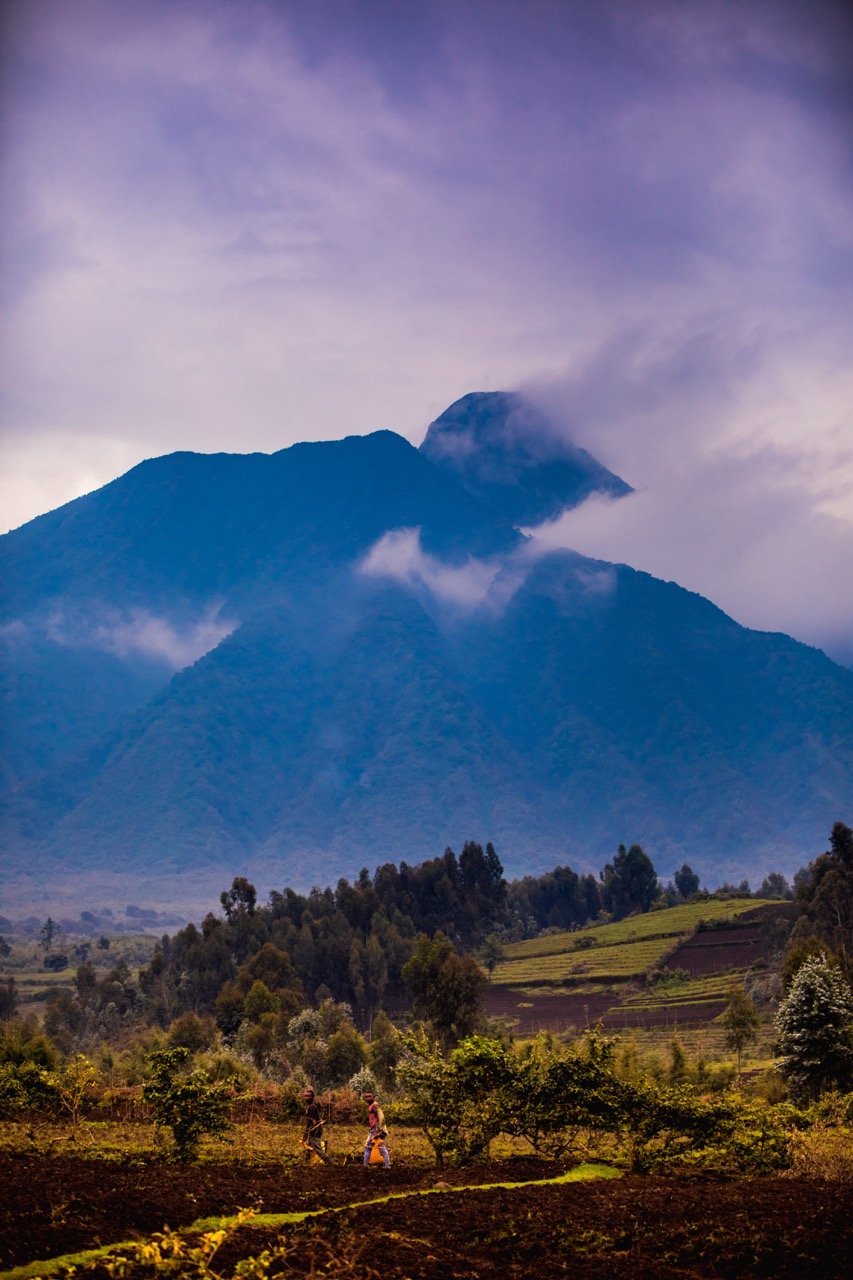
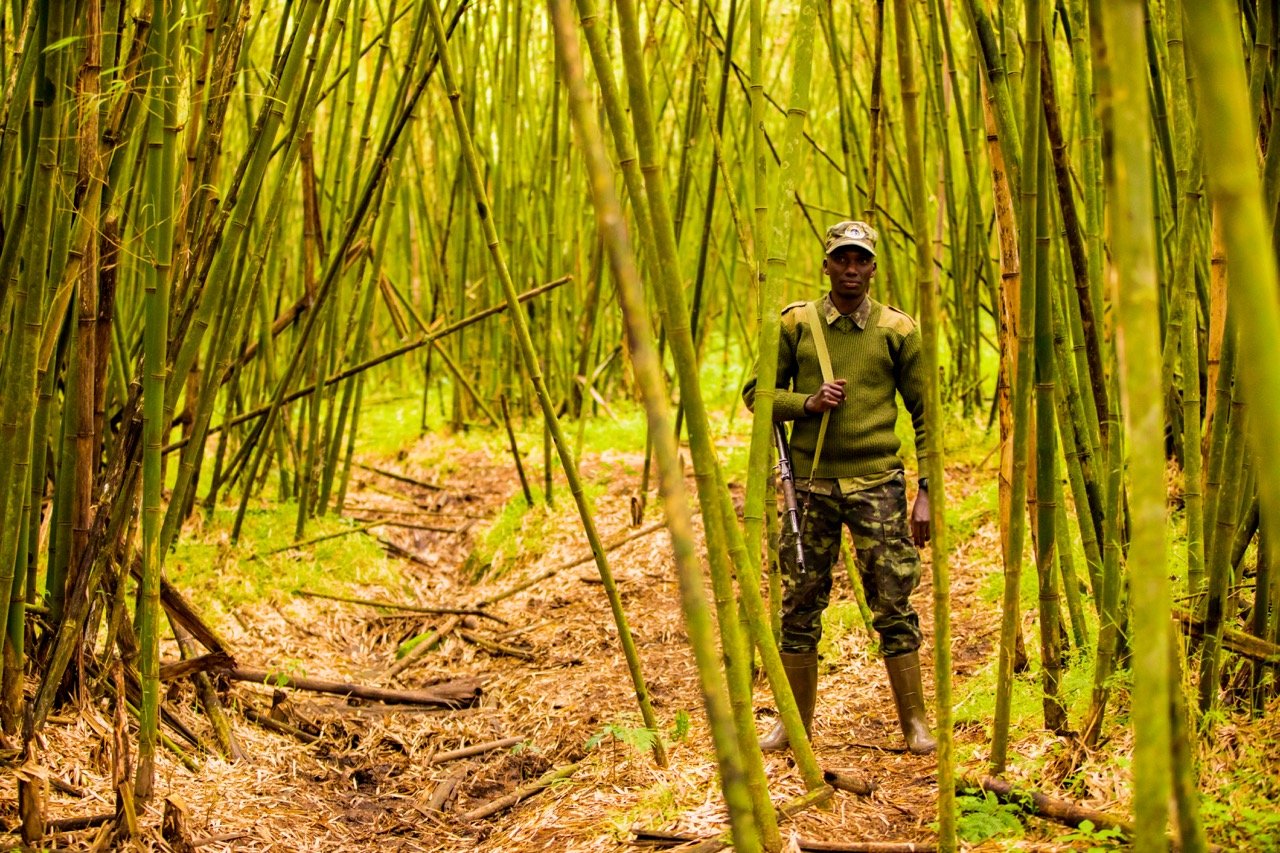
There are few places in the world where wild animals are unafraid of humans, and you can view them in their own majesty in the wild without cages, tourist vehicles or controlling their environment. The Gorillas of the Bwindi Impenetrable forest of Rwanda and Uganda are on the top of my list as a place where I have been able to come face-to-face with animals and spend the day with them in their environment. Those moments have been life-changing for me.
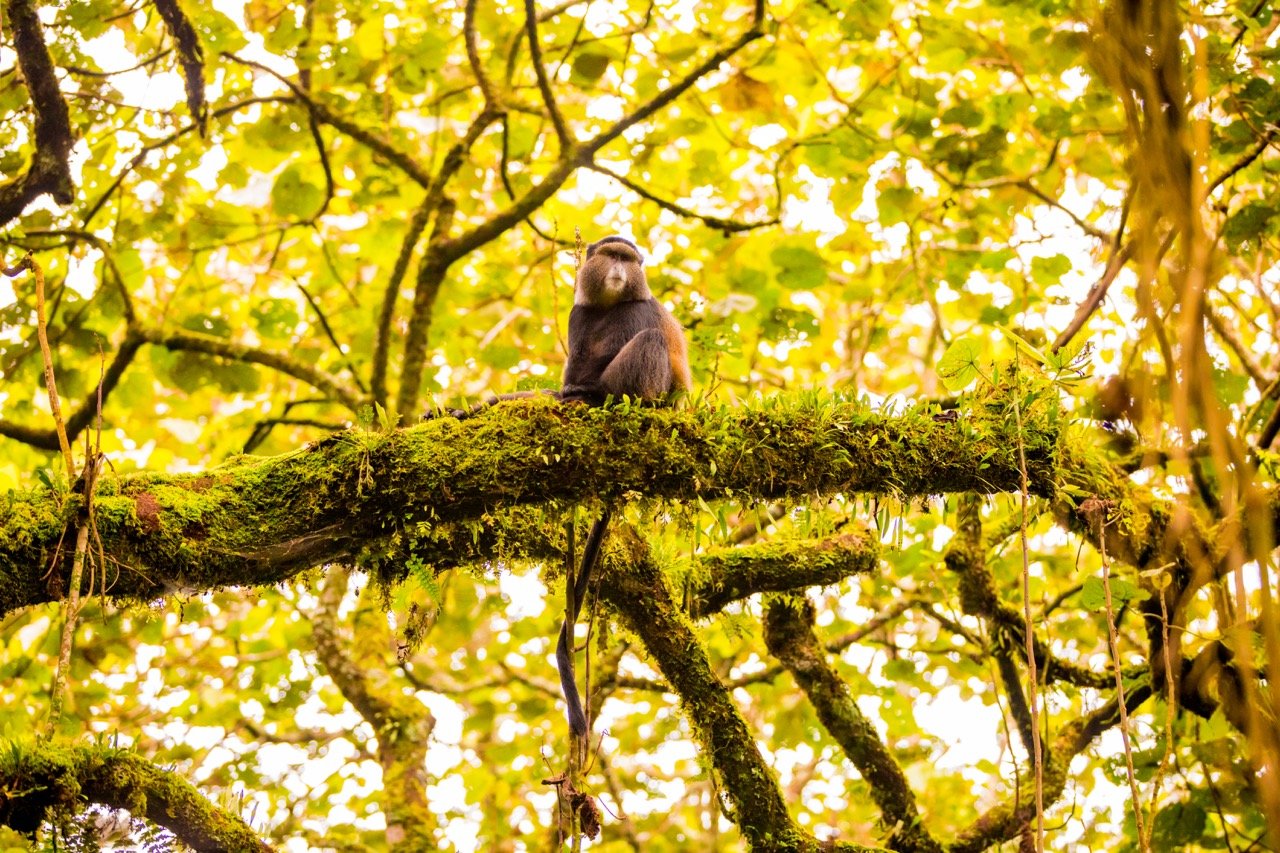
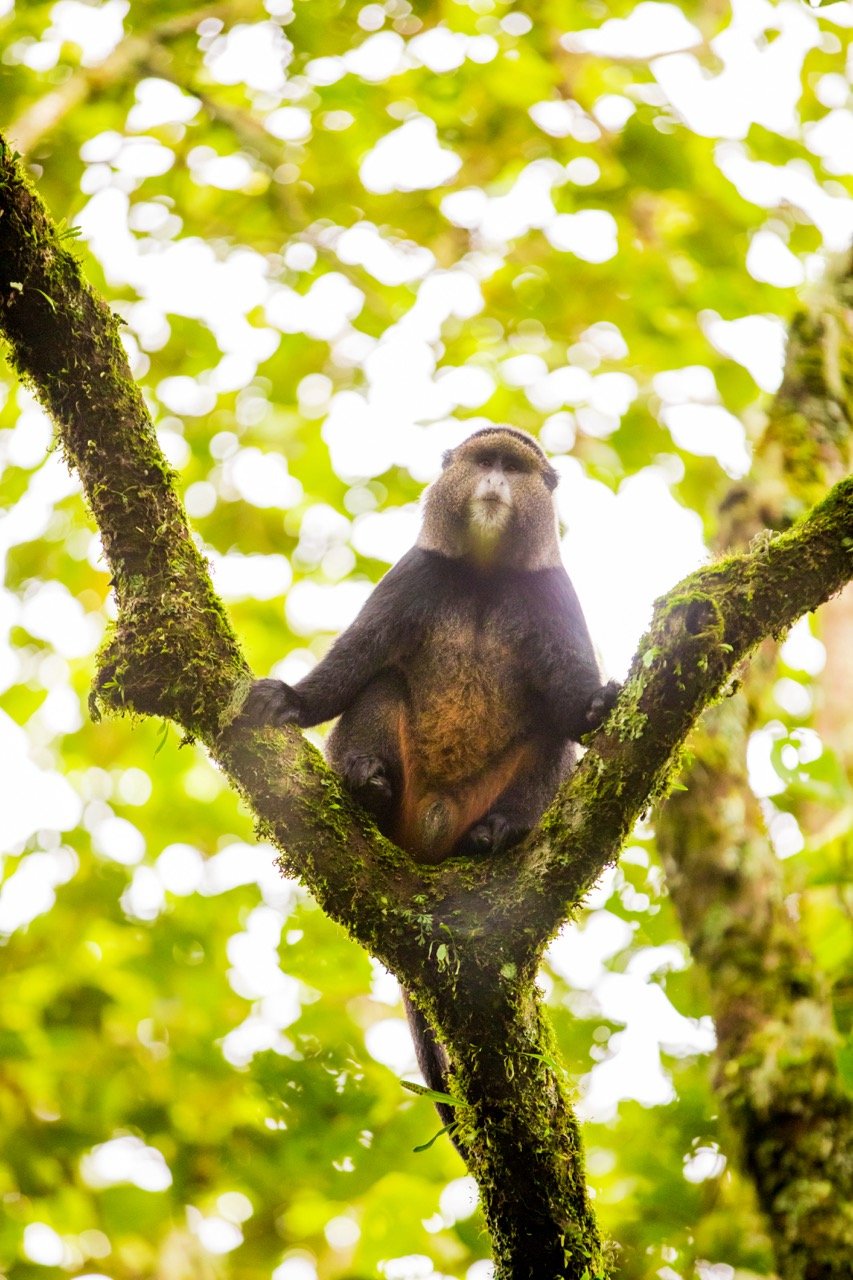
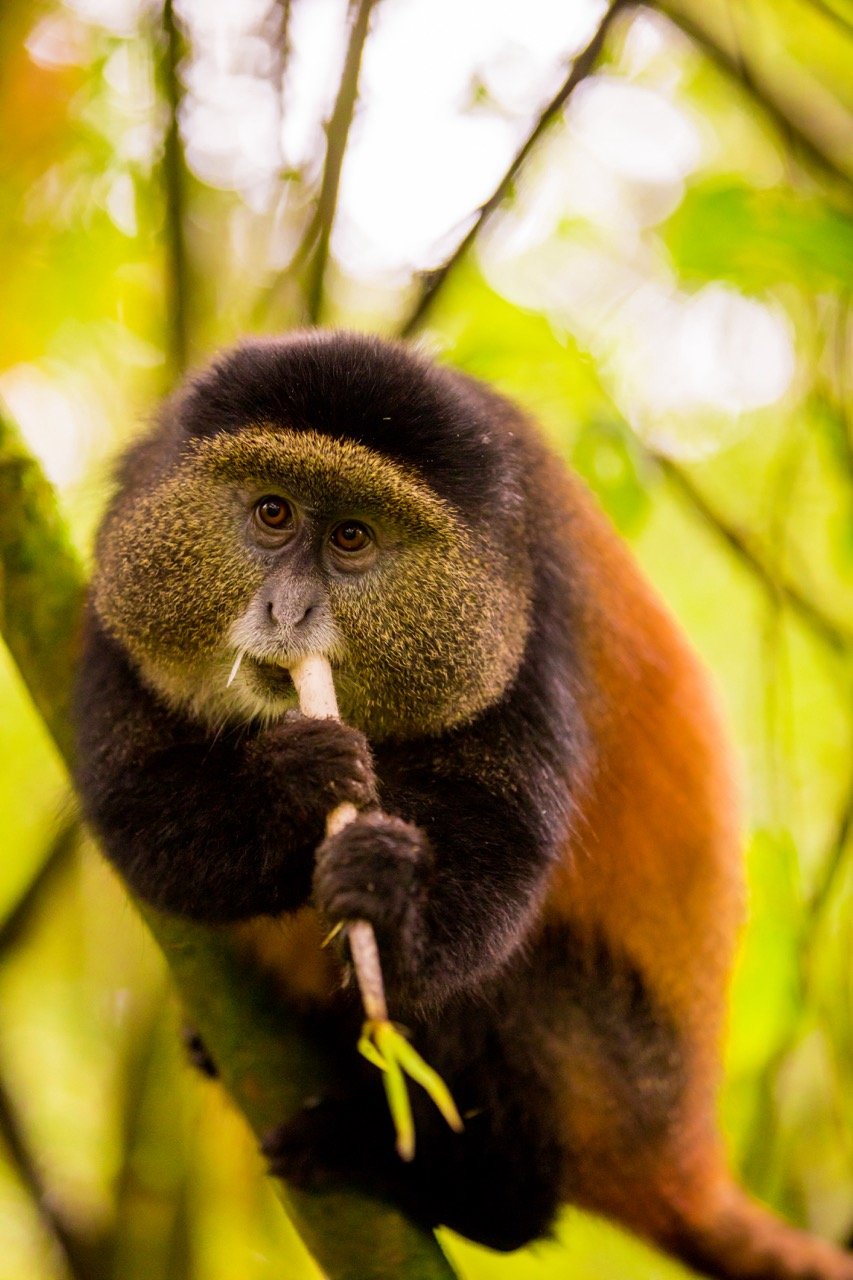
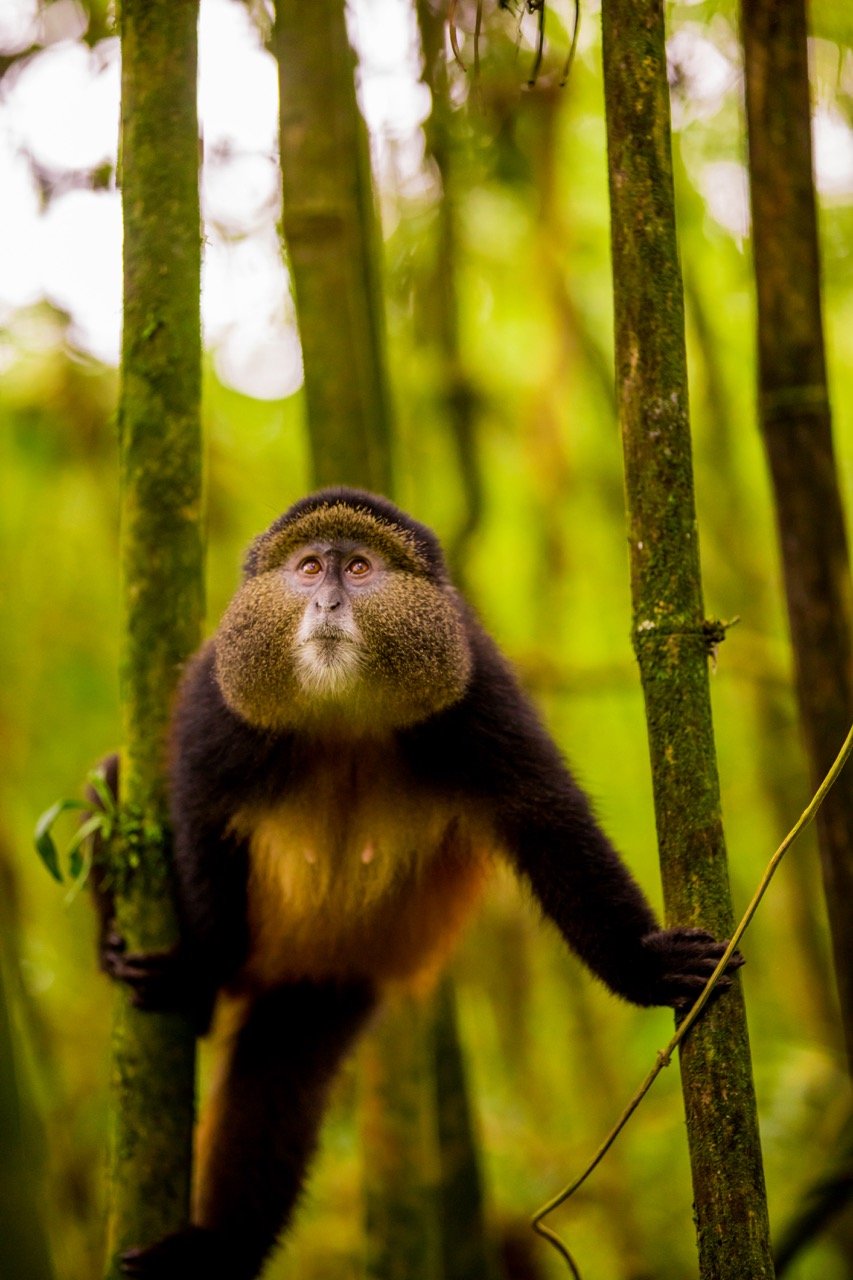
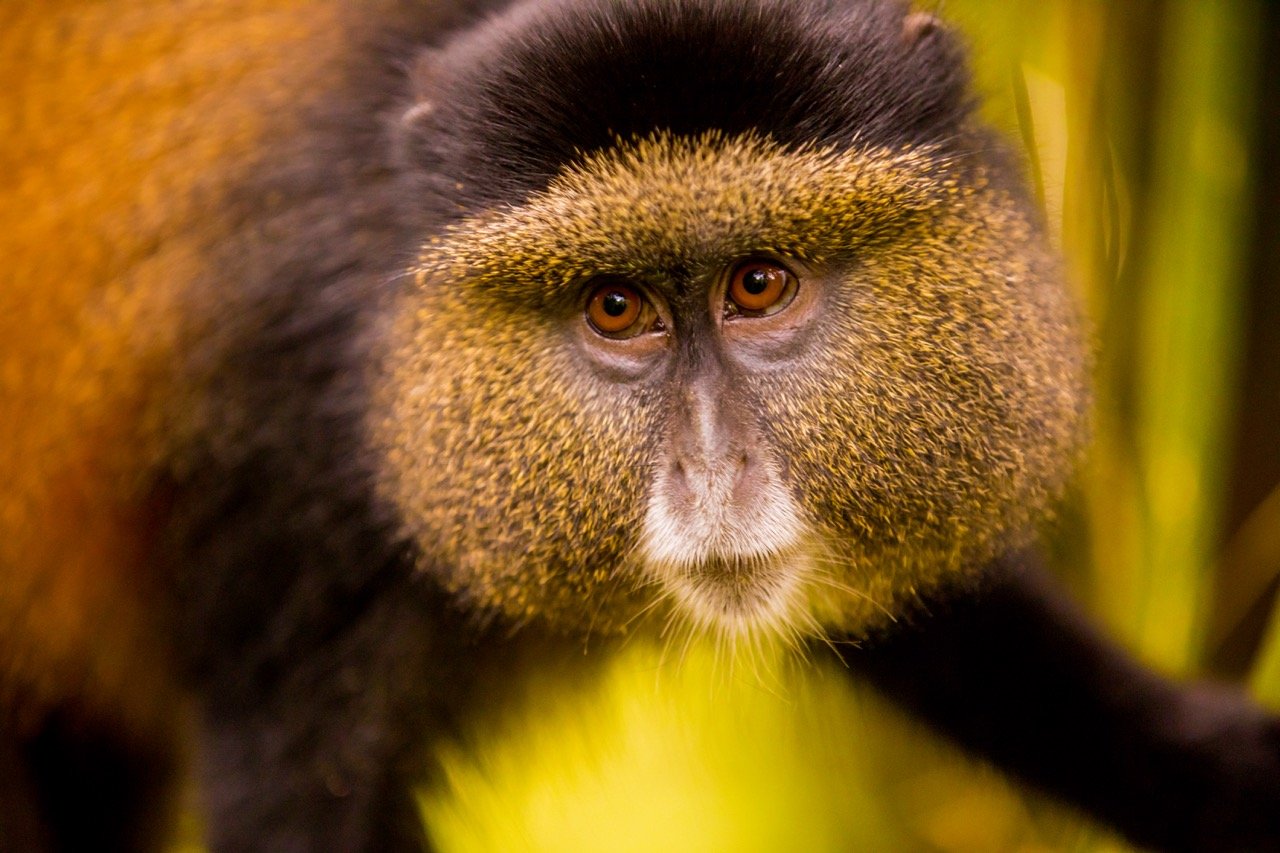
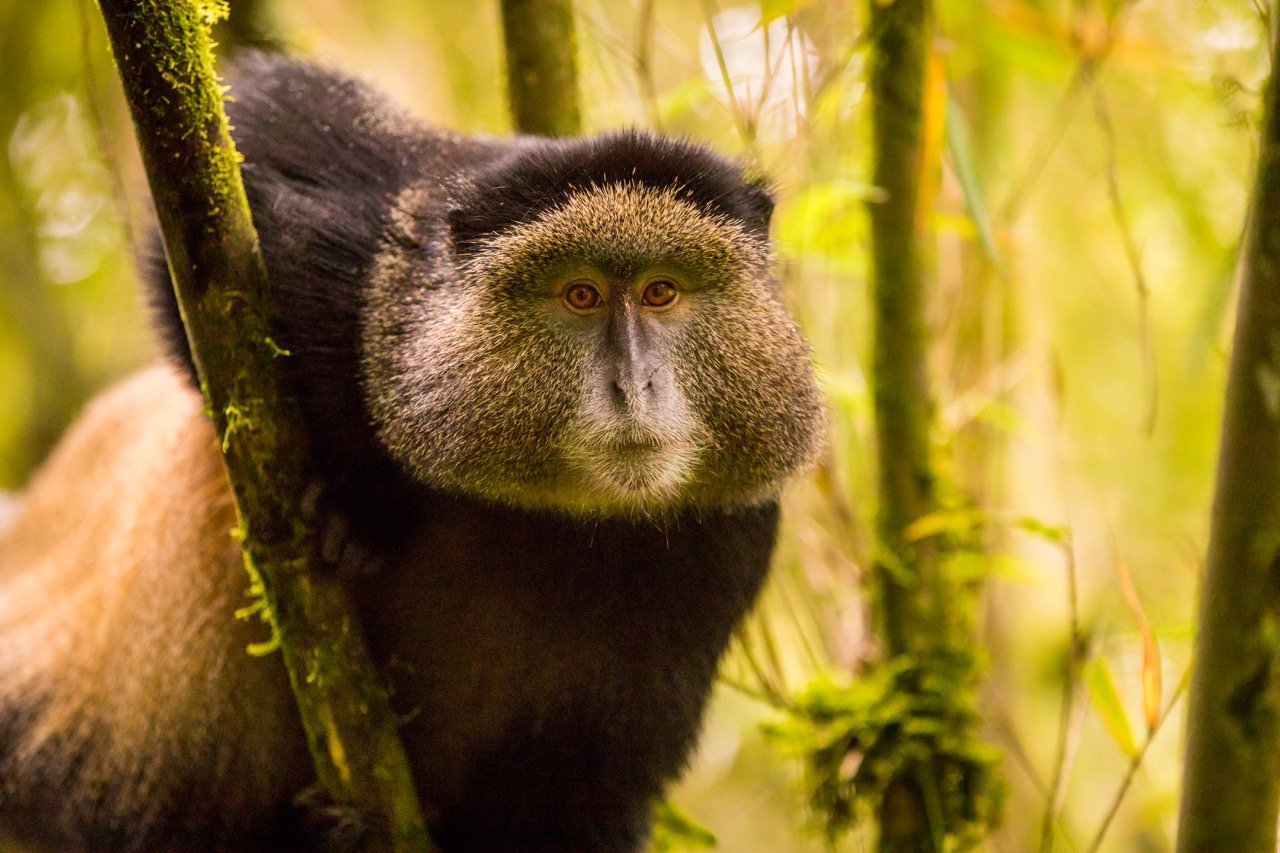
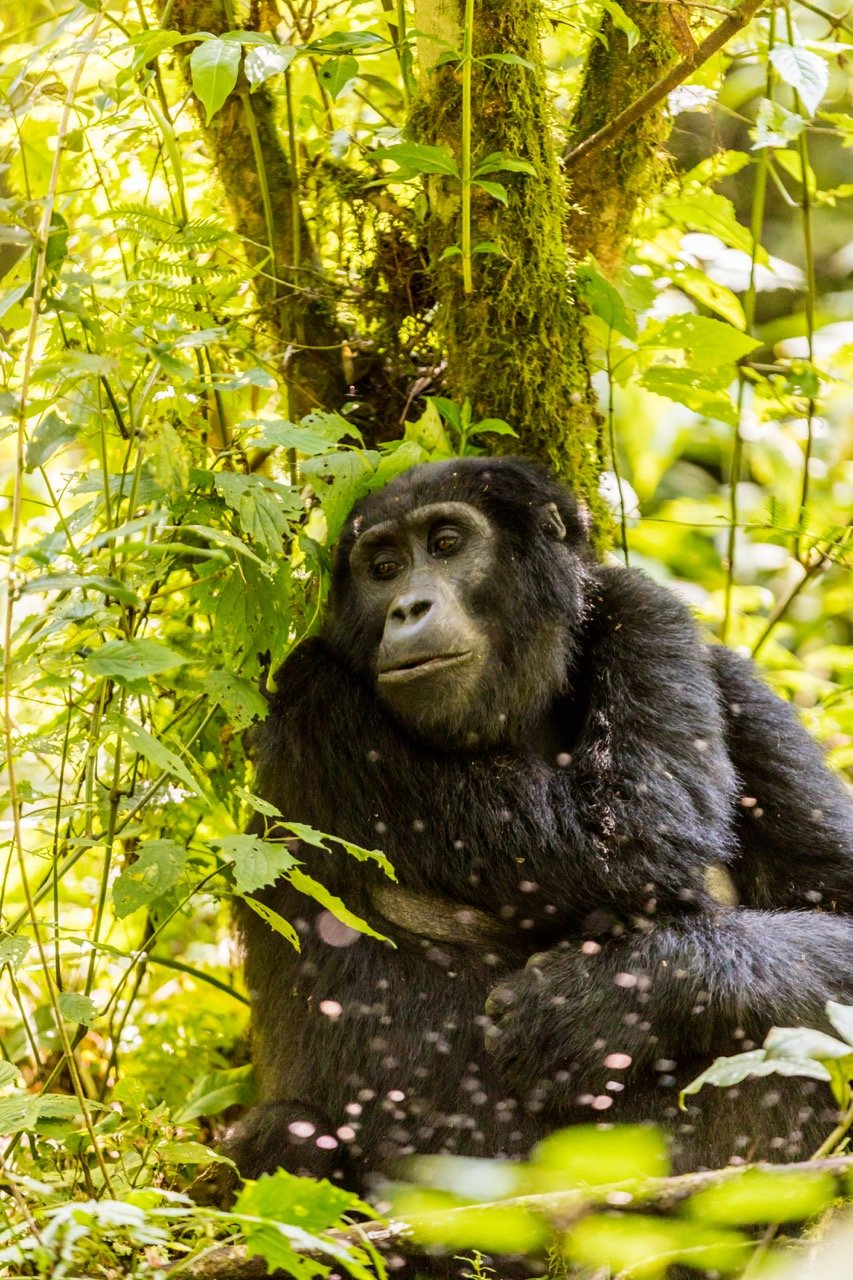
I led a group of six women and one man to Rwanda and Uganda on a philanthropic adventure trip; all of the locals affectionately called our one token male “Silverback” since the male Silverbacks gorillas always travel with a harem of female gorillas in the forest.
We started our trip in Kigali, the capital of Rwanda, and had a meal in “Heaven”, the restaurant that was made famous by the book “A Thousand Hills to Heaven,” a memoir about one couple and how they healed a Rwandan village, raised a family near the old killing fields, and built this restaurant named Heaven. The authors, Josh and Alissa, newlyweds at the time, were at a party and received a challenge: “Do you think you can really make a difference here in Africa?”

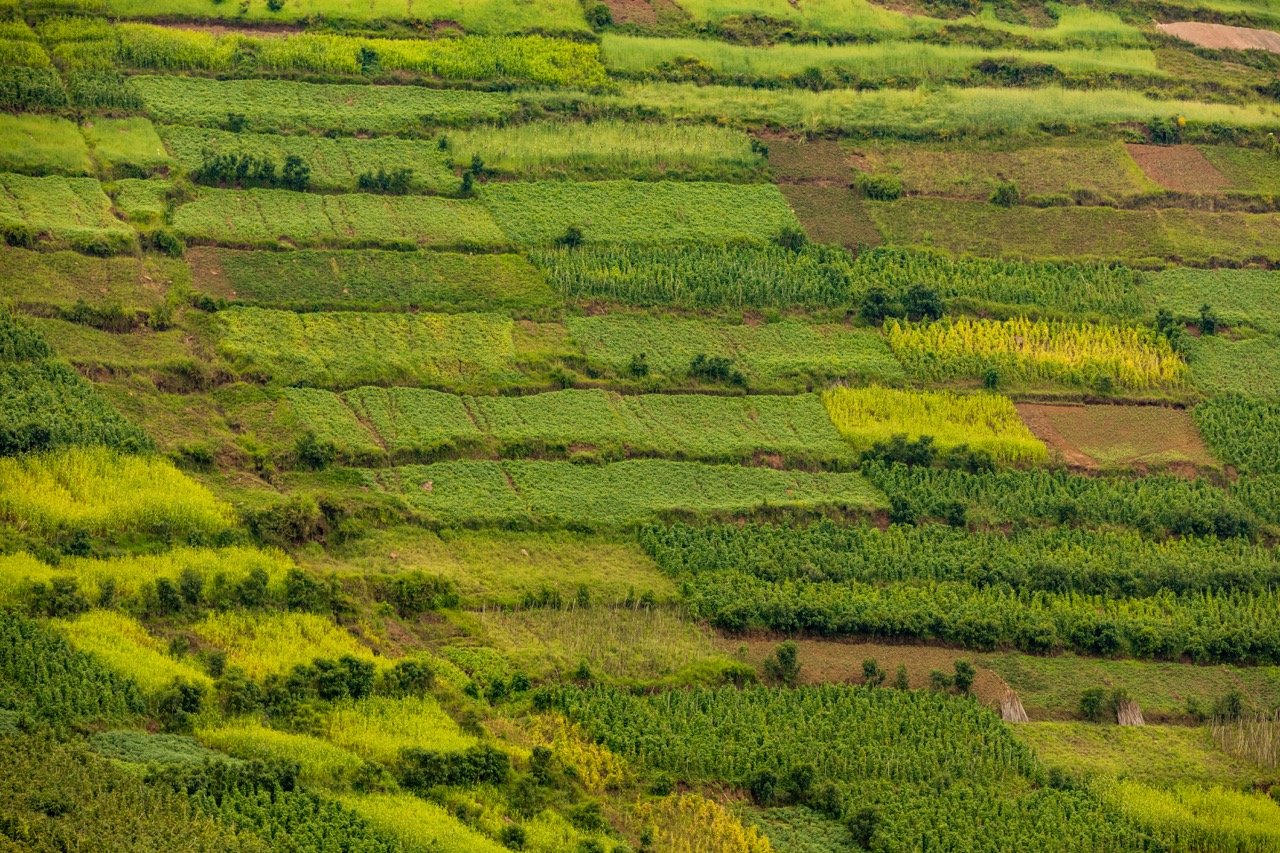
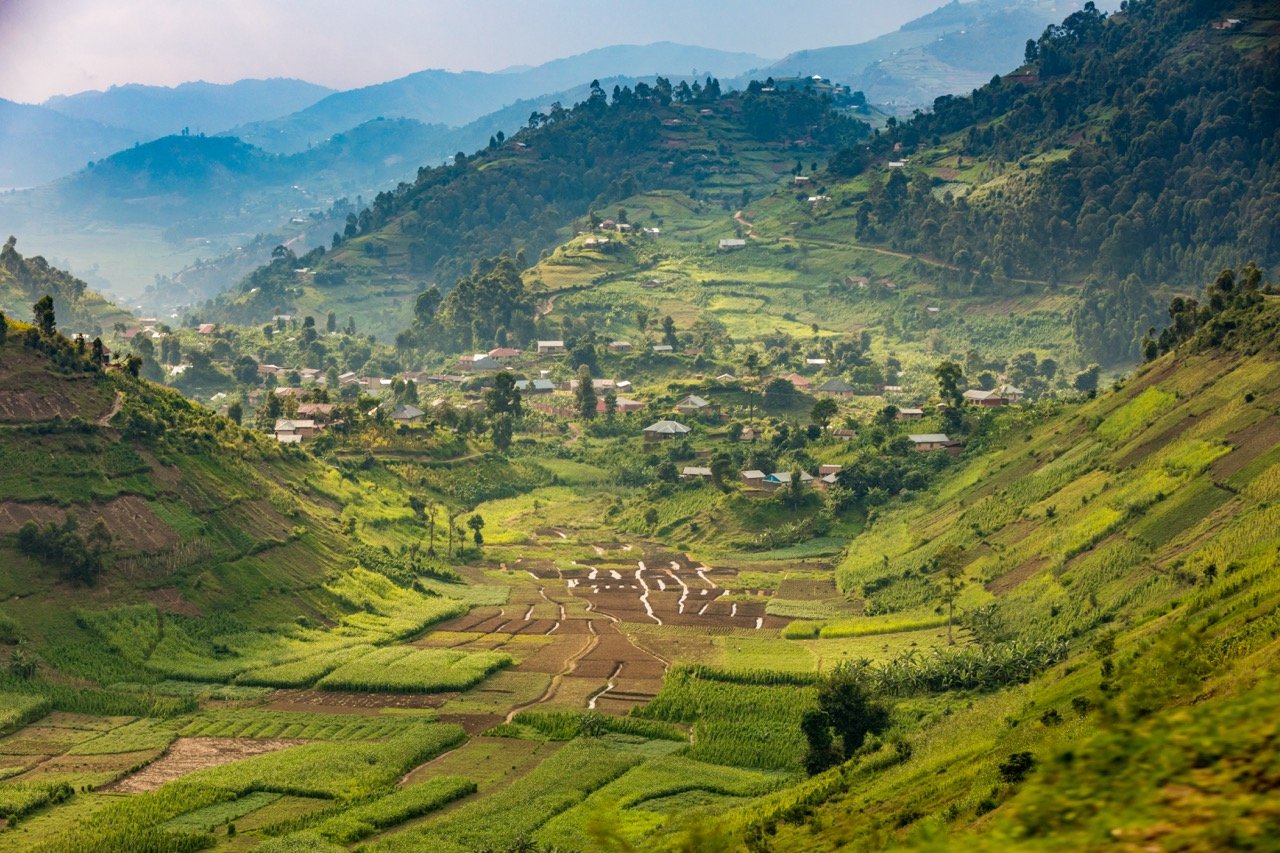
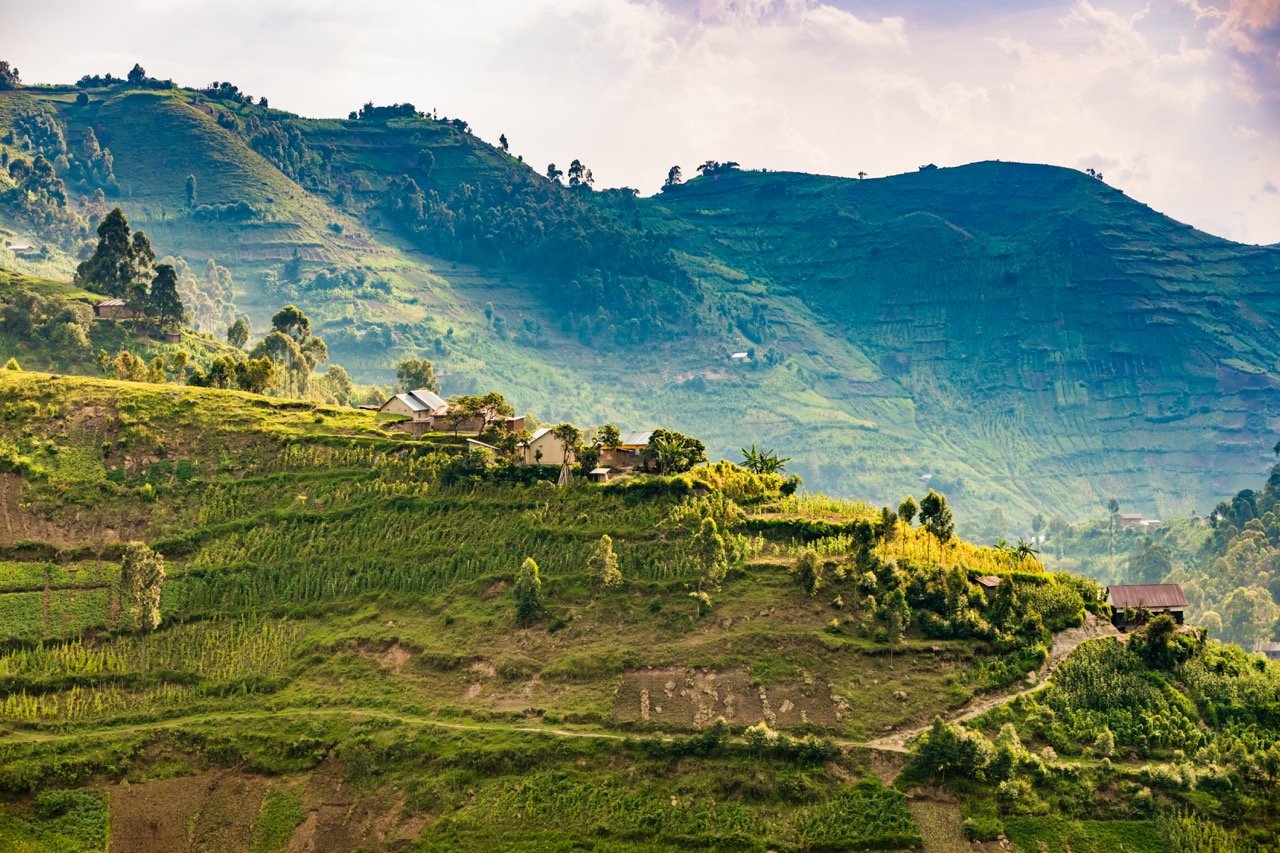
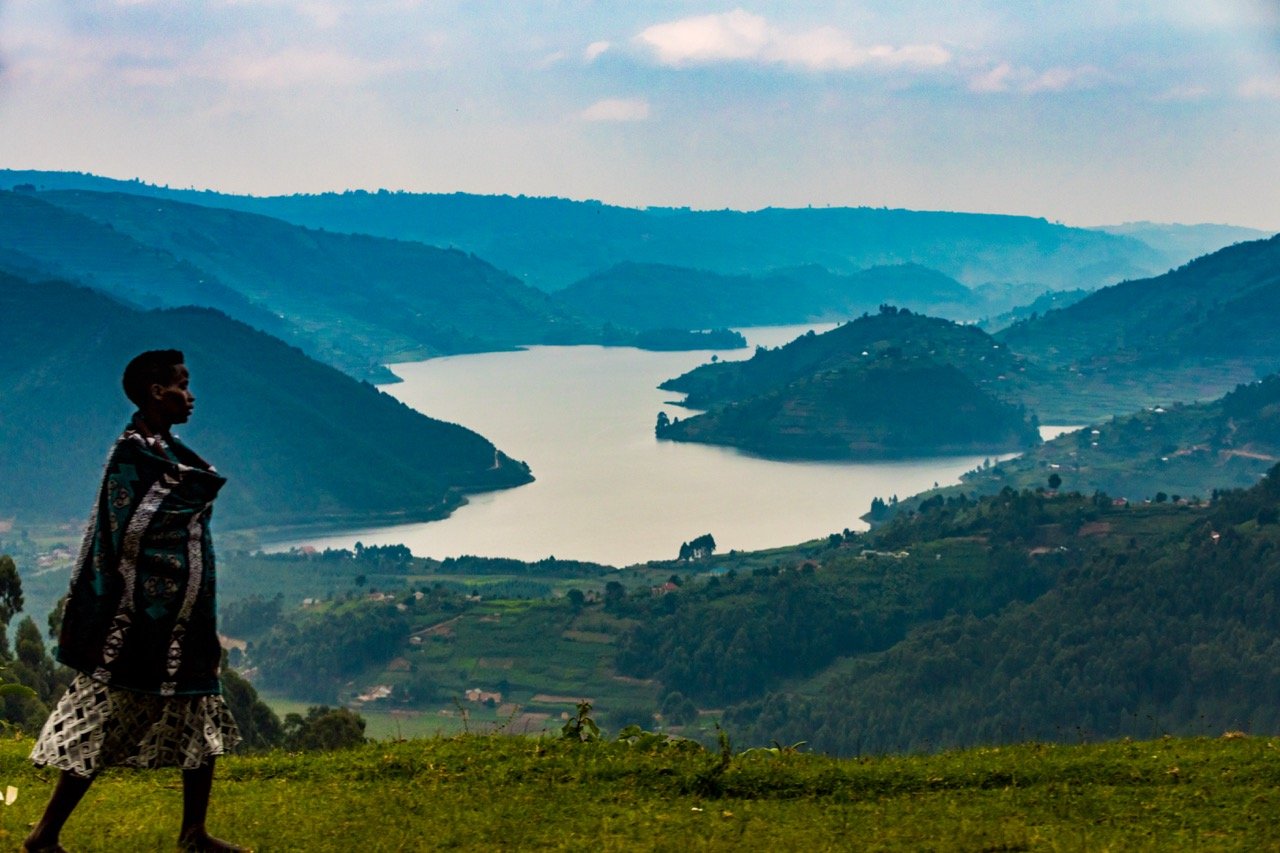
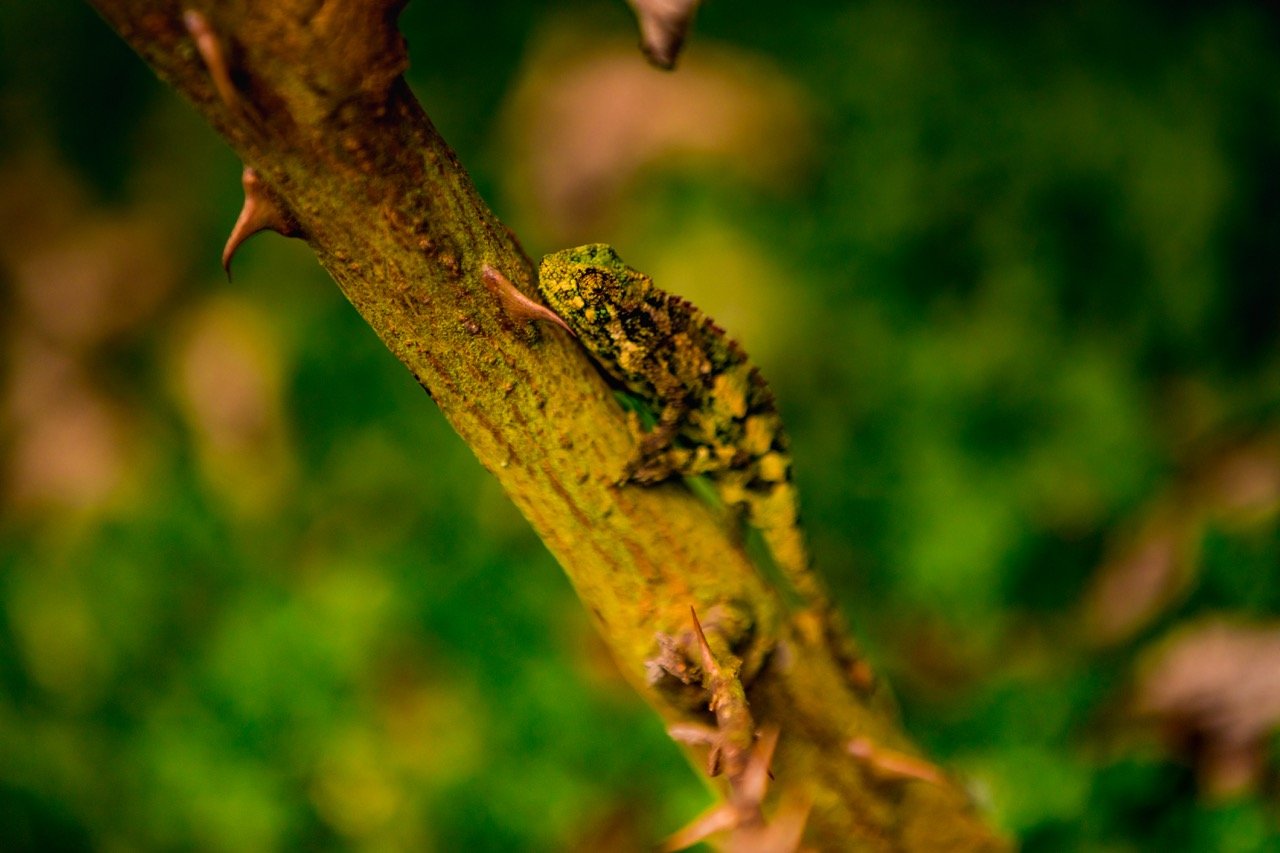
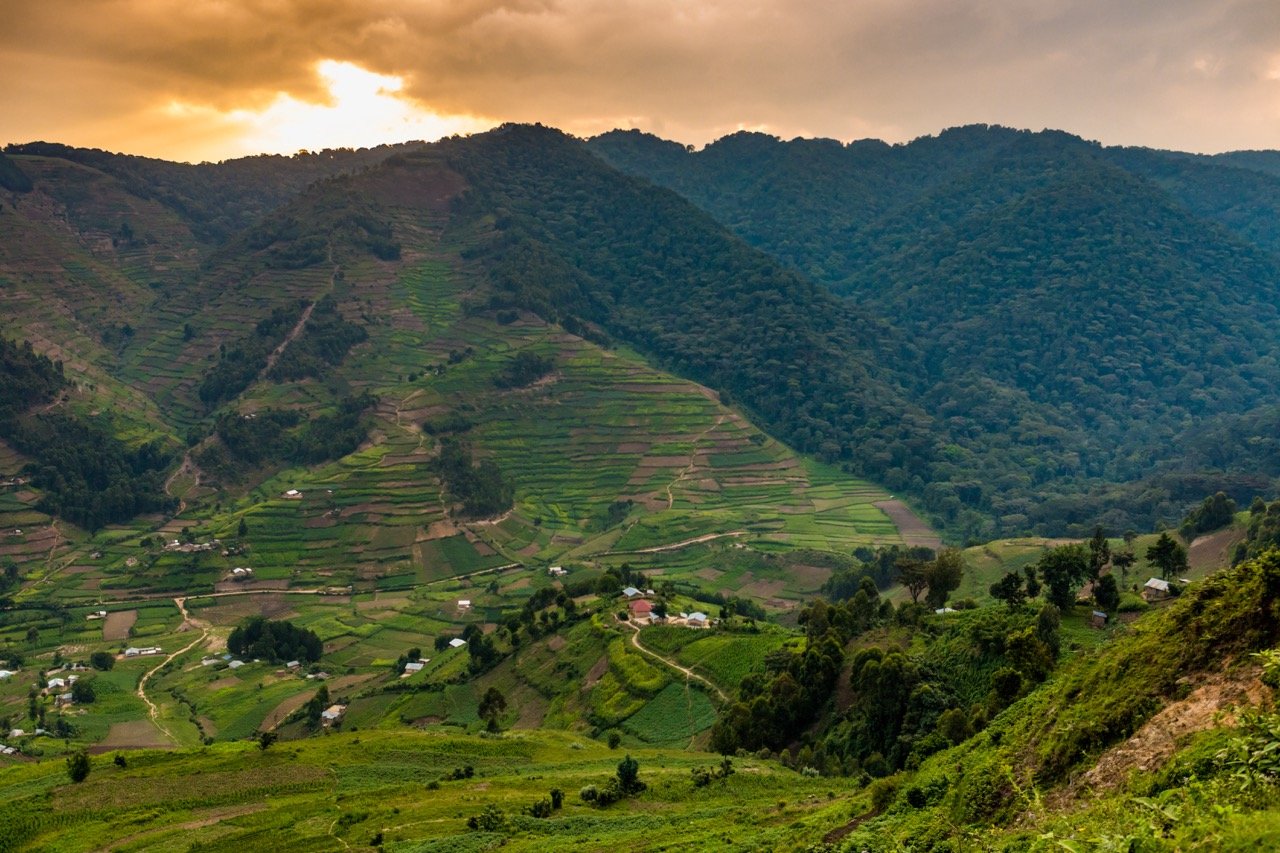
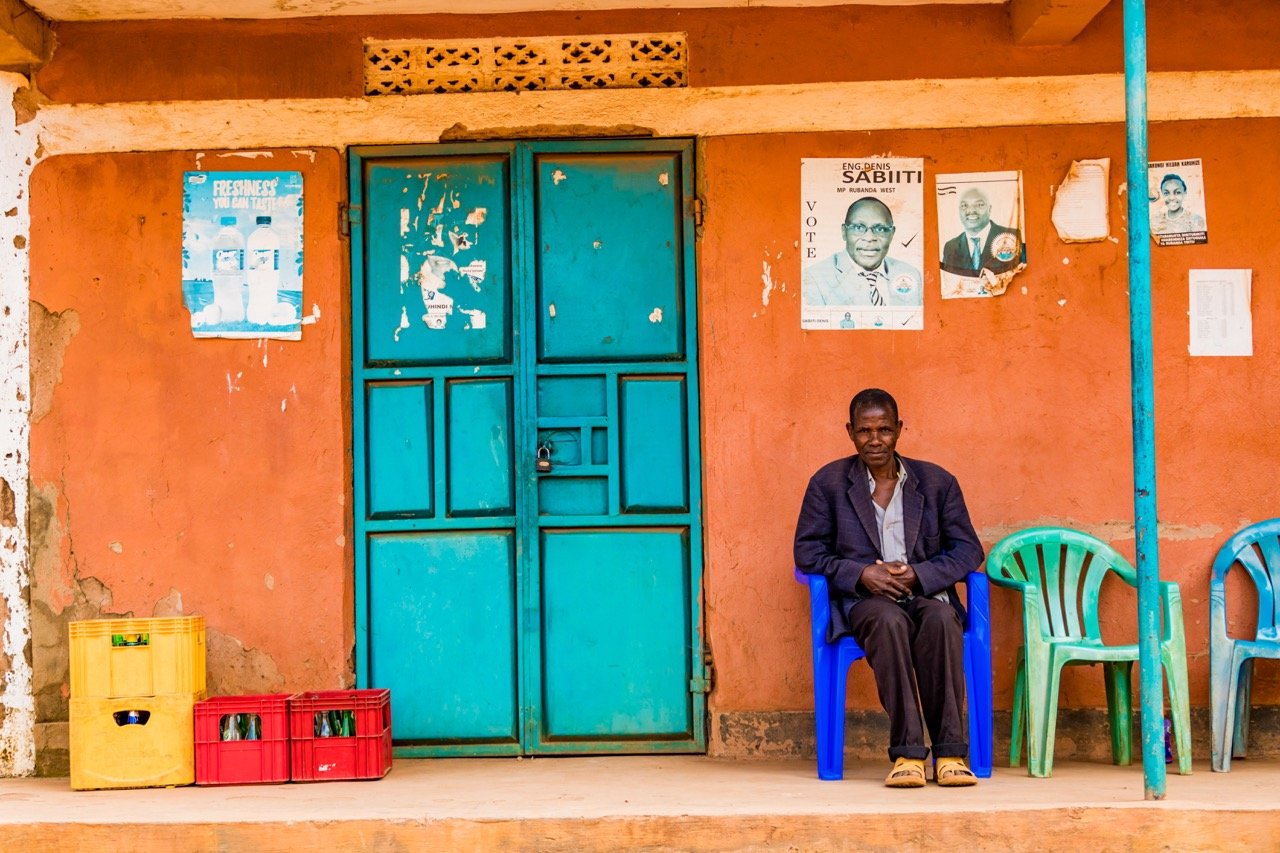
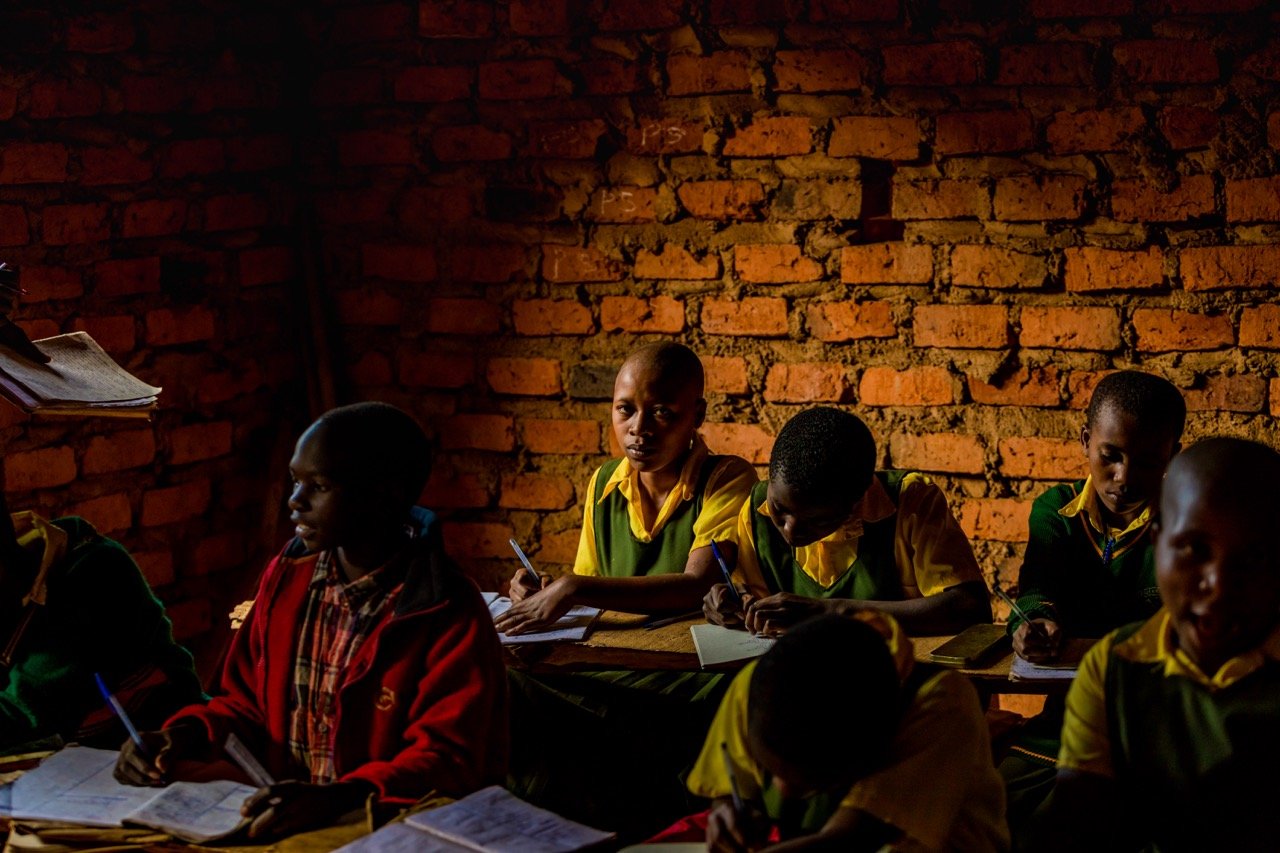
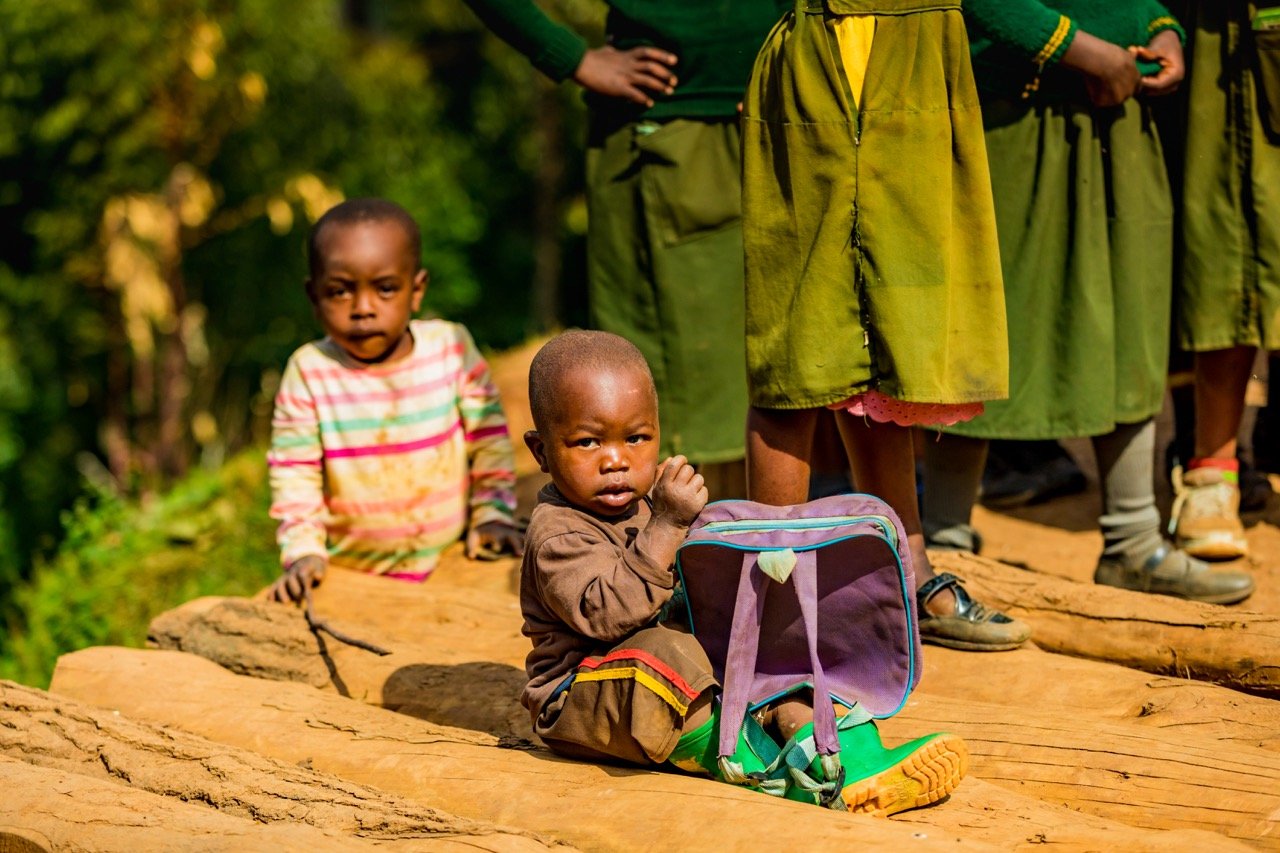

This memoir inspired me to lead this trip and to see if through adventure, we too could all give back and make a positive impact here in Rwanda and Uganda. So it was only fitting to begin our journey right in this spot.
Our first stop was visiting the female artisan weaving collective, Handspun Hope, who are mostly widowed women from the horrific genocide that happened here in the 1990s. Many men were murdered in a two-week period of time, leaving women and children orphaned and widowed and with no way to provide for themselves. This non-profit created a gorgeous, safe oasis for these women to weave and gather together and purchasing these goods helps them to support their families and communities and help lift them out of poverty.



Due to the genocide, Rwanda has received a lot of aid and tourism help from around the world. We noticed a marked difference in infrastructure and wealth between Rwanda and Uganda; Uganda is by far the poorer neighbor. So we decided to stay in an eco-lodge on the Ugandan side of the Bwindi Impenetrable Forest to help support the country’s tourism, and also receive the benefits of the Ugandan side’s lower price tag.
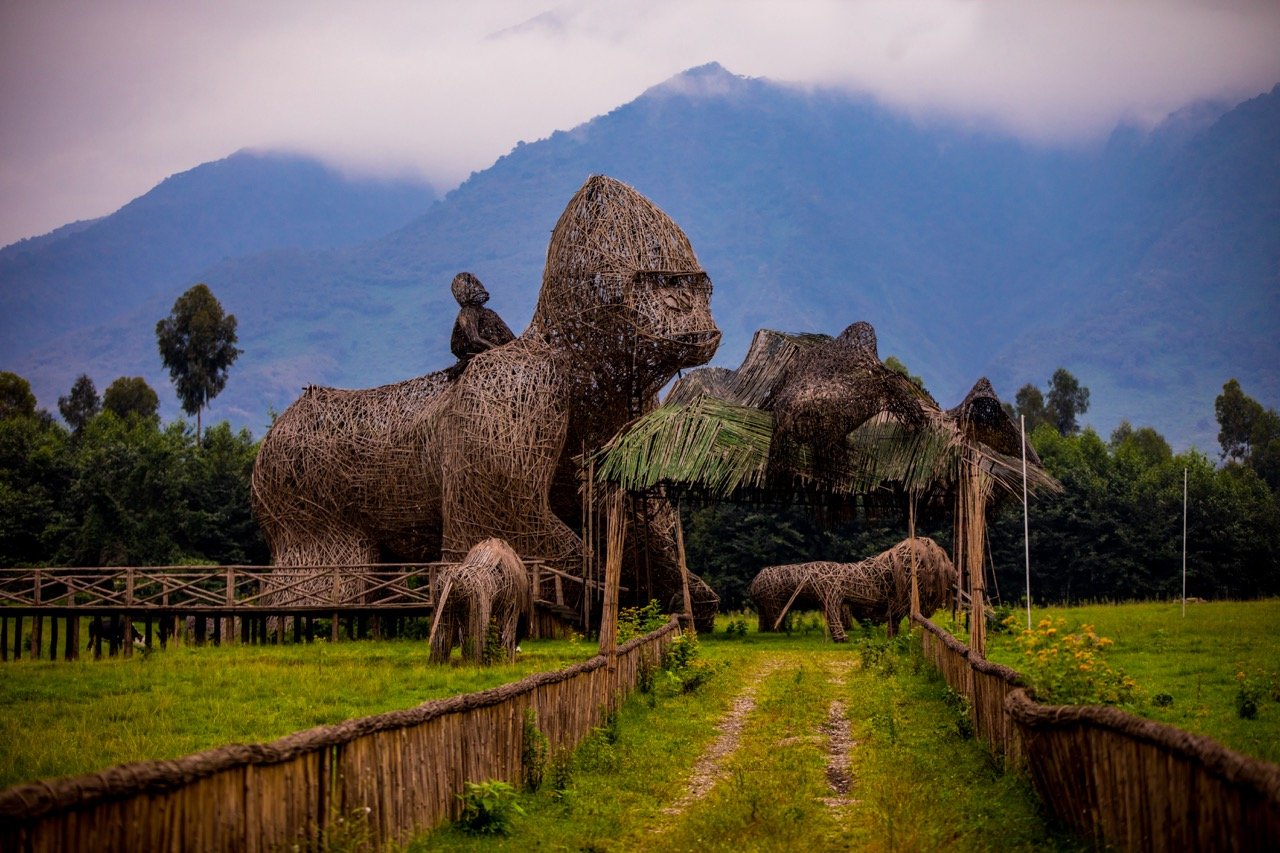
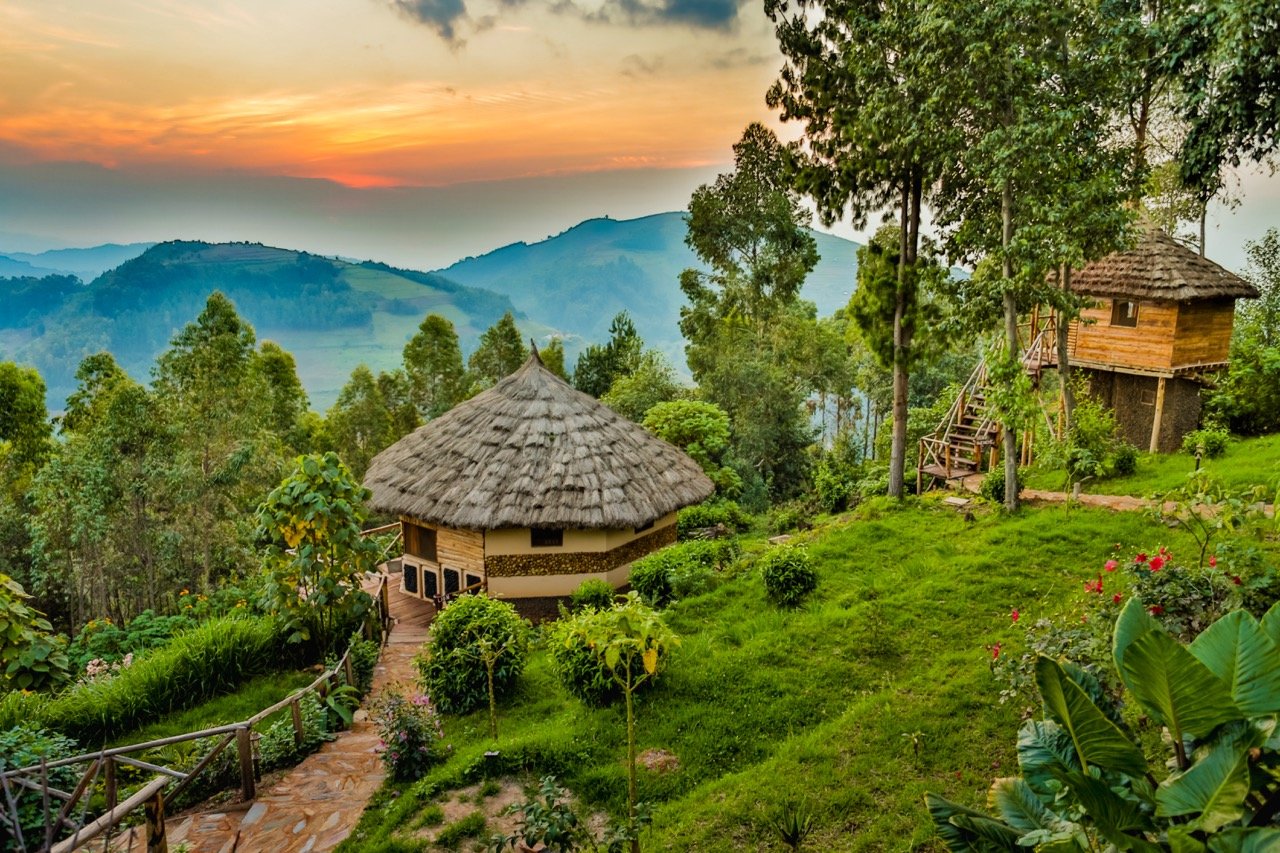
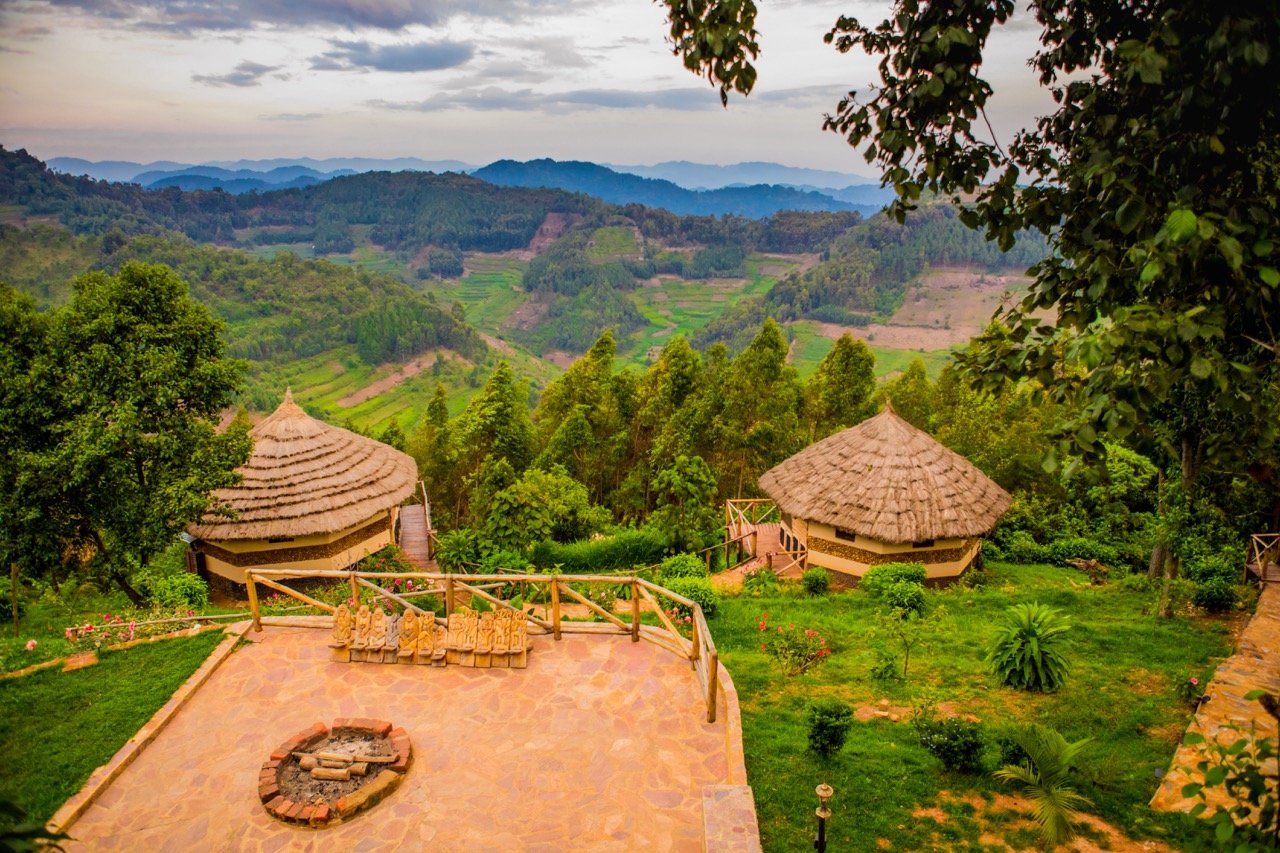

We spent two days hiking out to see the gorillas. Each morning, groups of trackers leave at sunrise to track the various families of gorillas in the forest, and then a couple hours later we leave in groups to follow their trail and hopefully intercept the great apes. Many of these trackers were once poachers, but now tourist dollars flowing in make the gorillas worth more alive than dead—many poachers have switched to the “good side,” helping to protect these giant creatures.

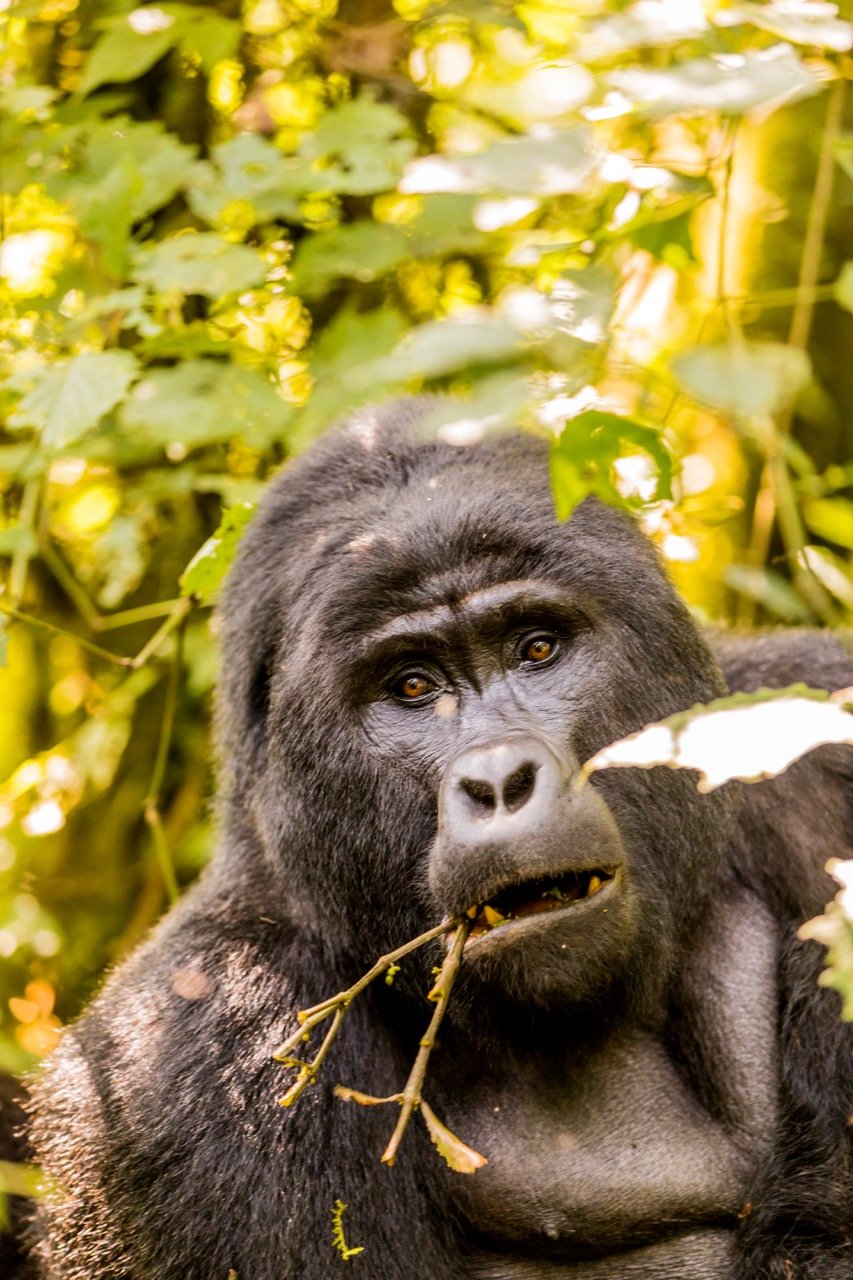
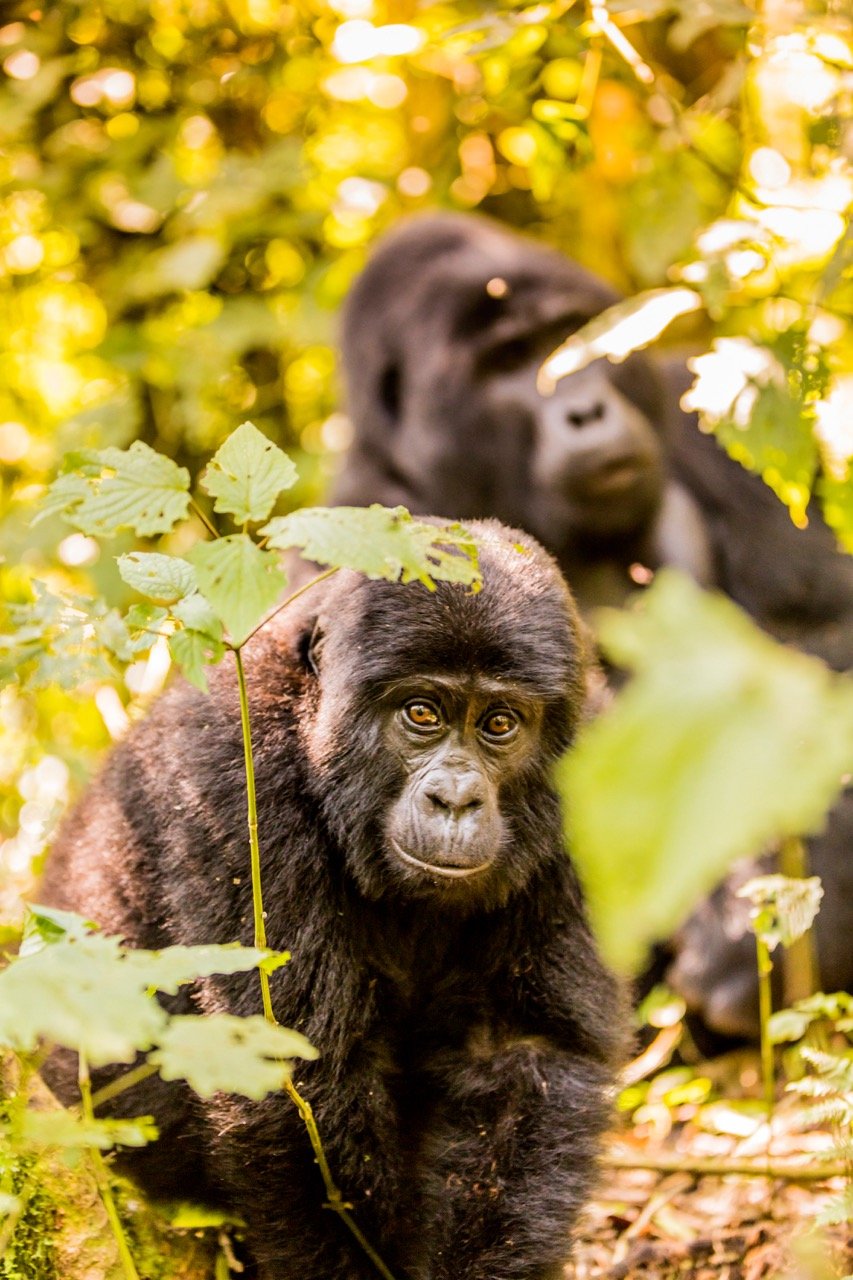
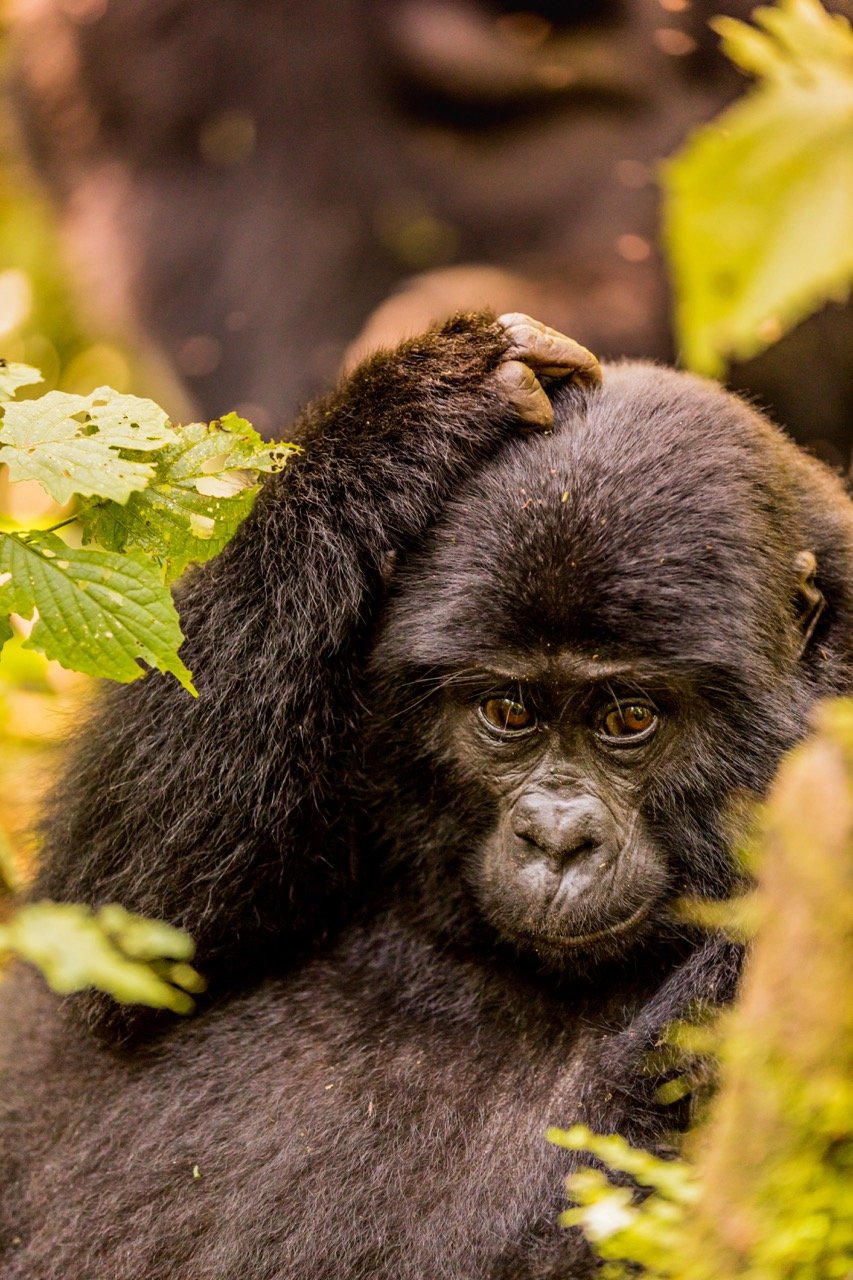
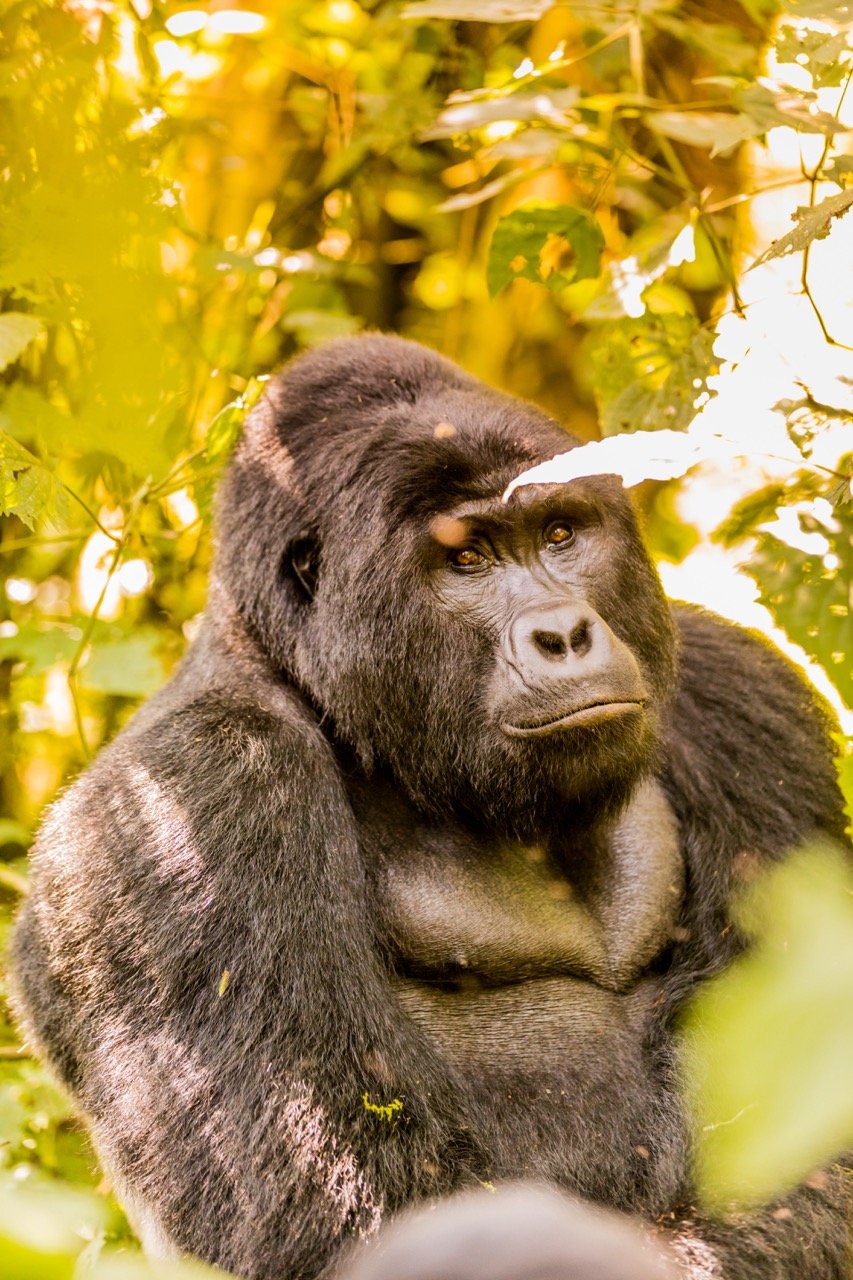
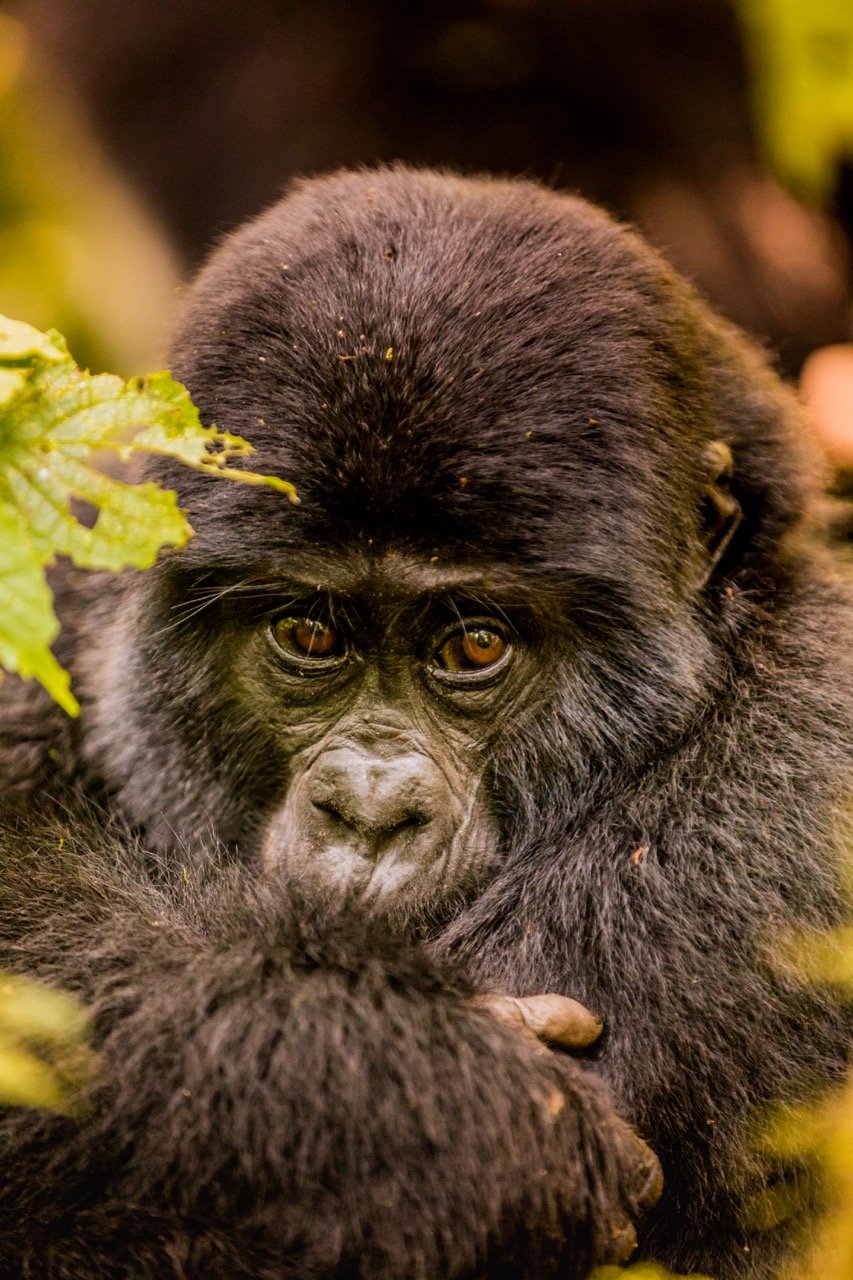

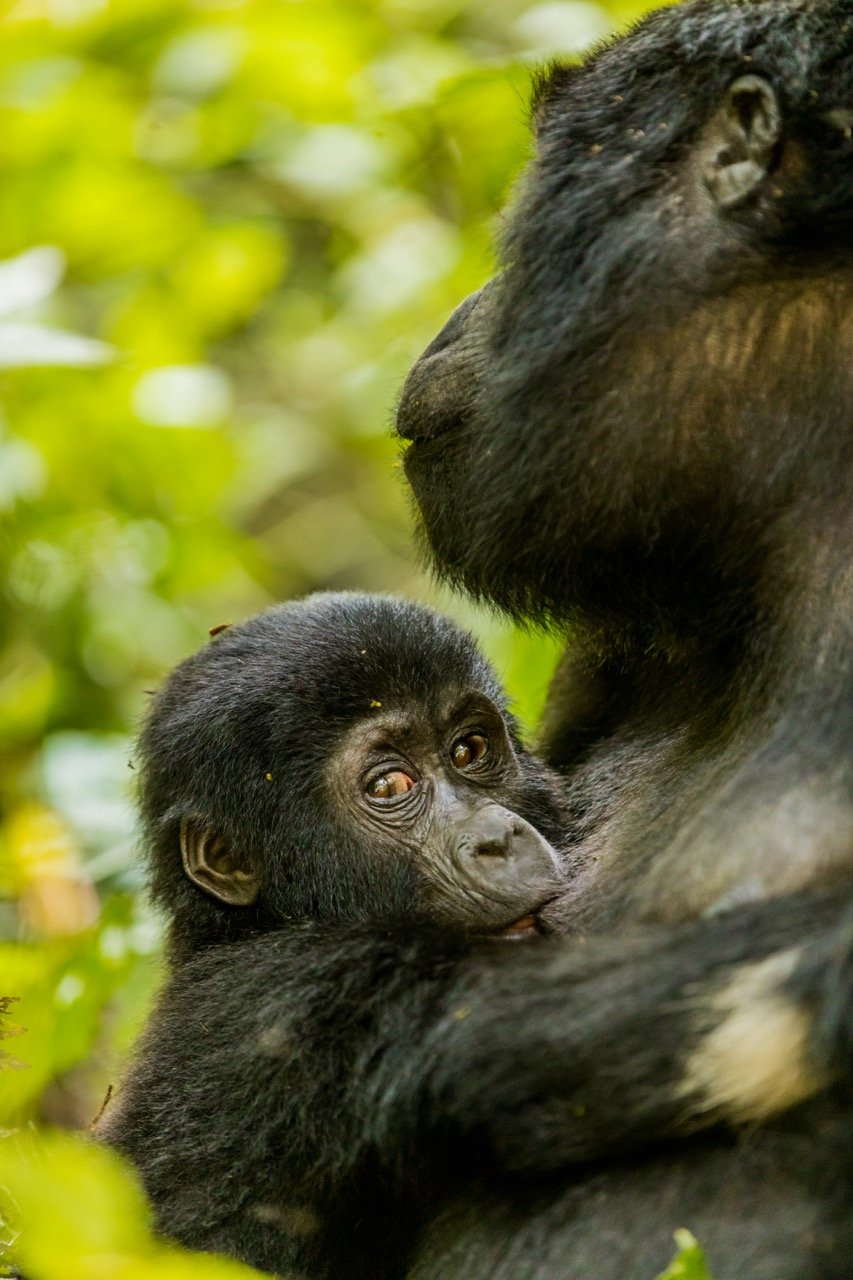
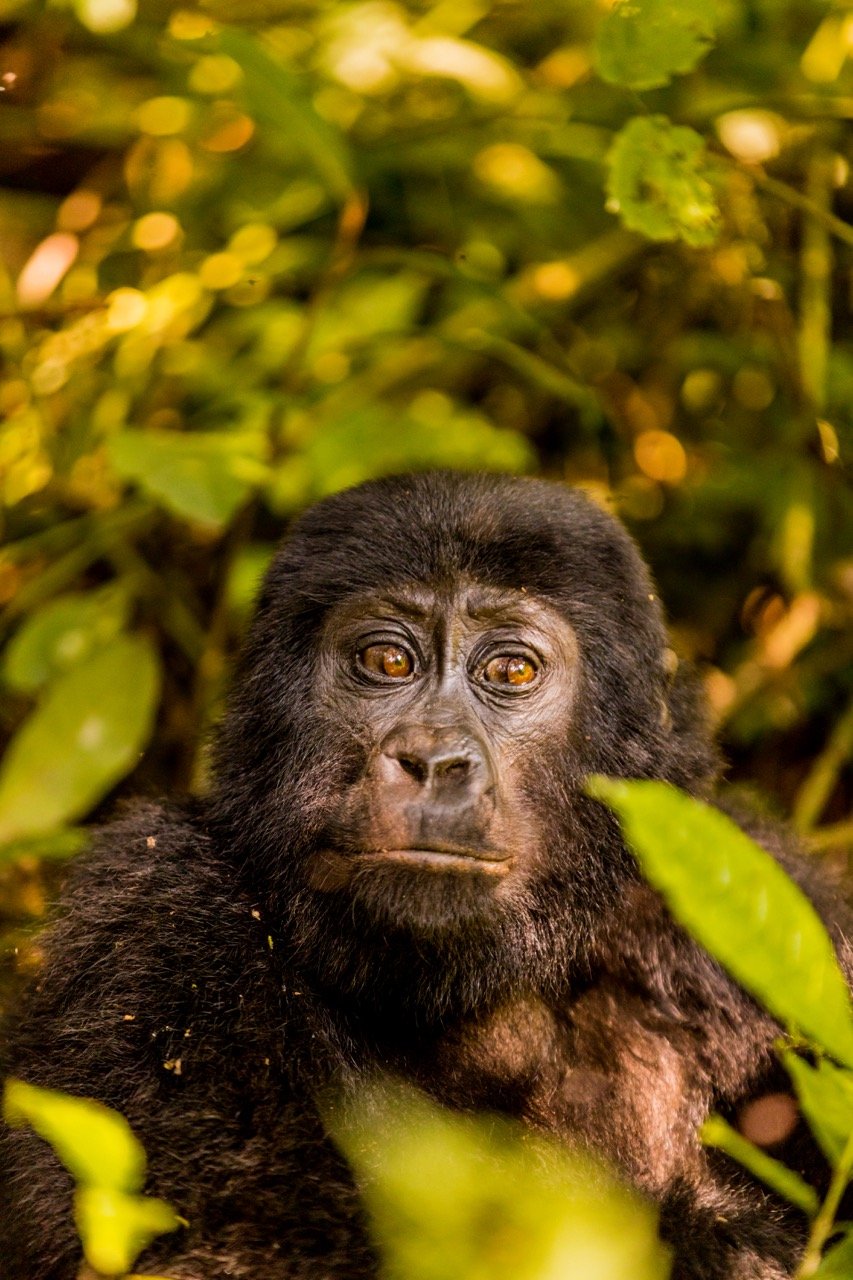
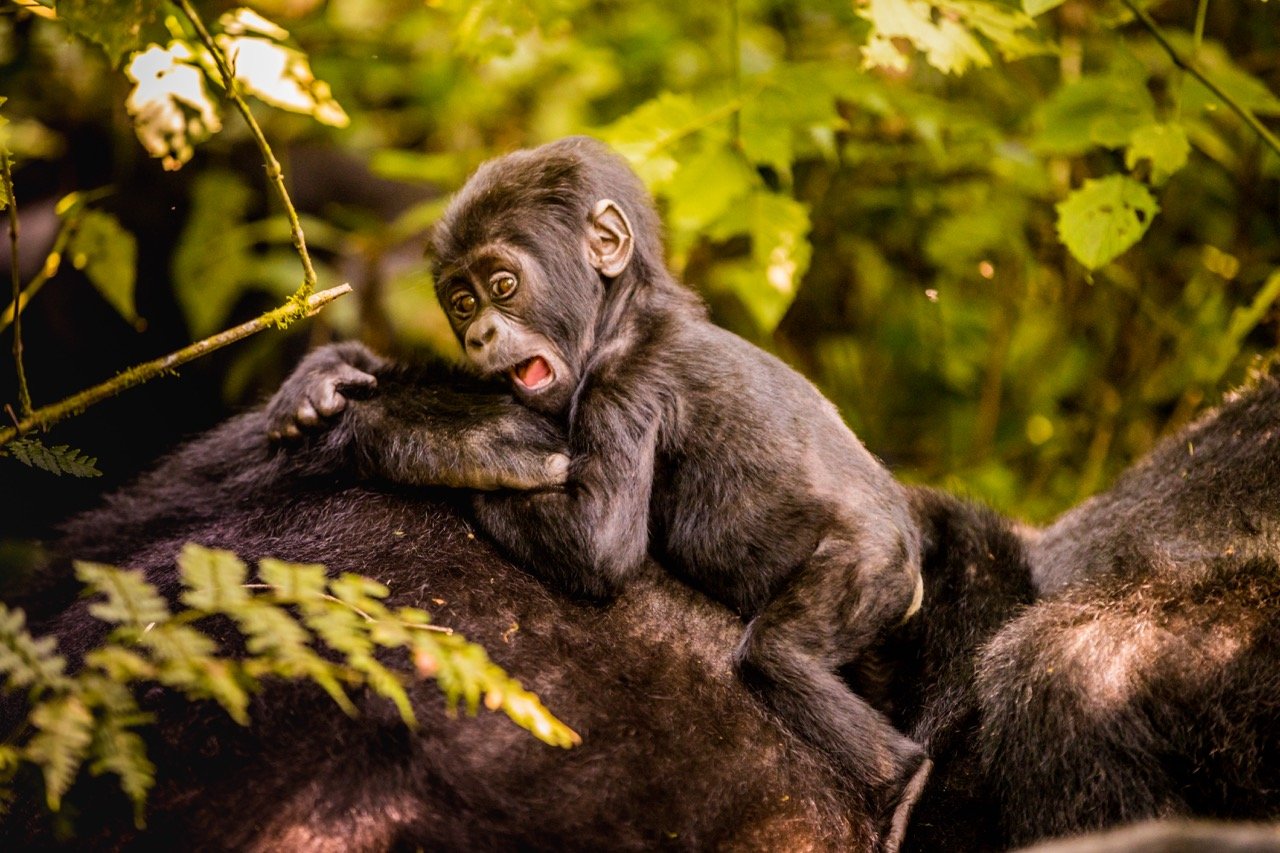
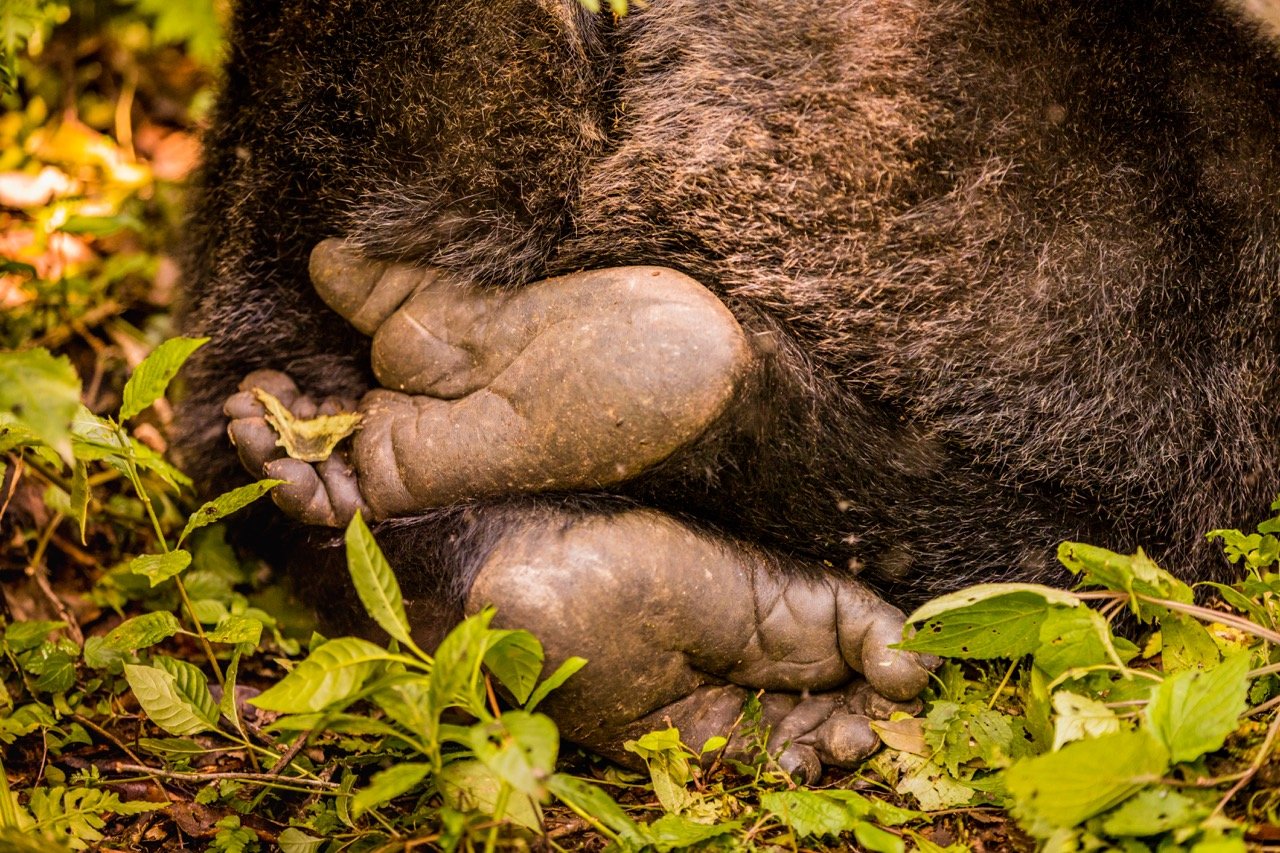
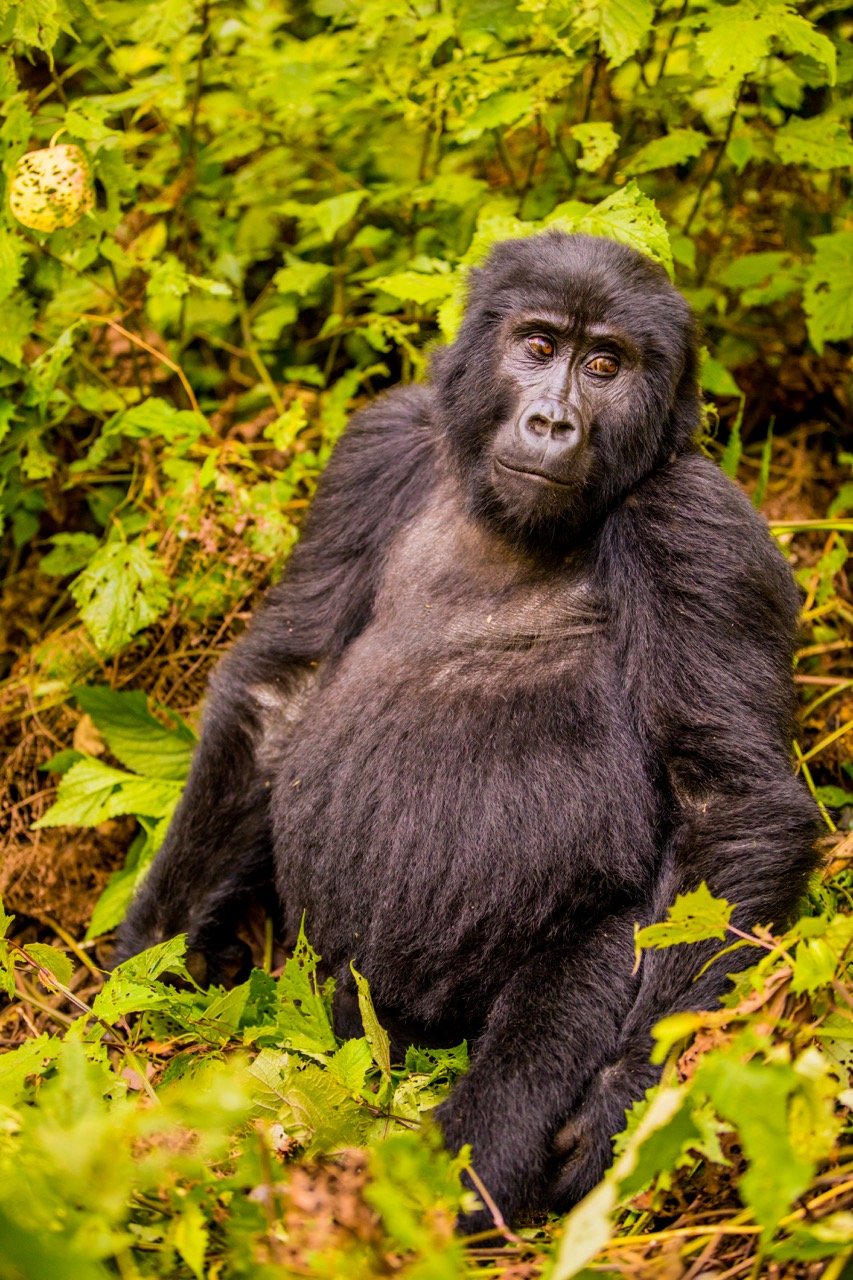
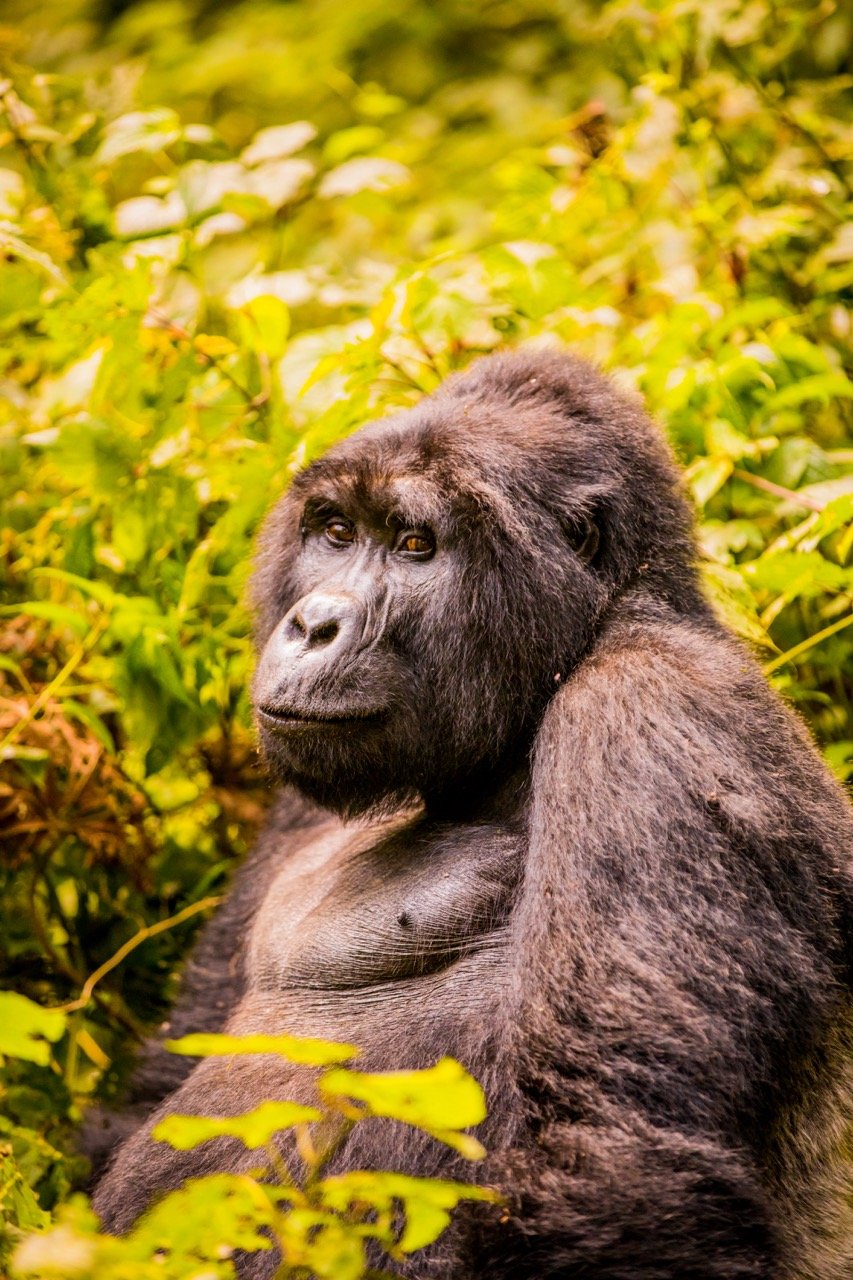
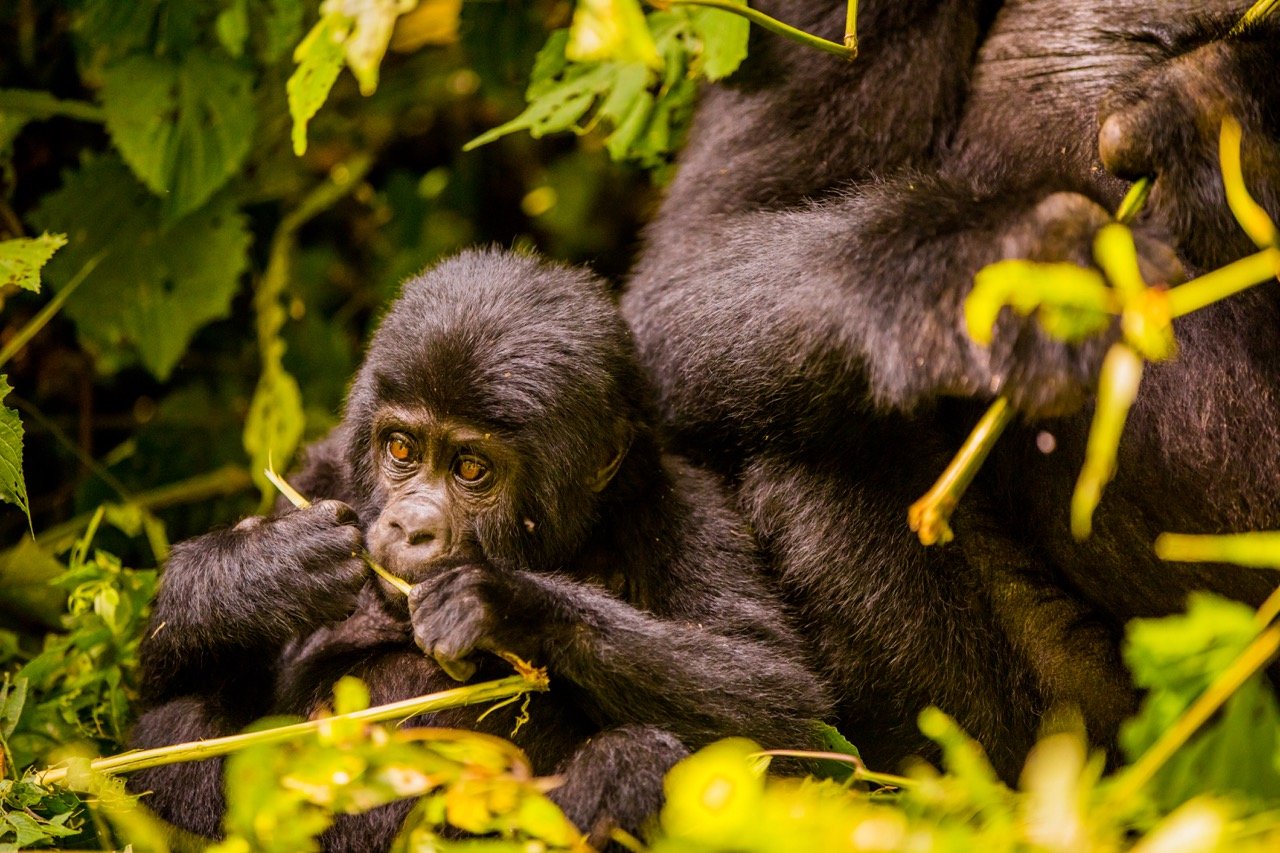
What I loved was learning about these gorilla groups and how they live. They all have names and very human personalities and soap opera-esque drama. They make nests every night on the ground to sleep in, and often you will find them hanging out in the trees above you. When you do finally spot a group of gorillas, they seem very nonchalant about your presence. It doesn’t matter how many hours it took hiking through thick jungle to find them, once discovered the clock starts ticking and you get only an hour to hang out with them before the rules dictate that you have to leave. You can always spend the next day hiking out to find them again, but you will never know how long that will take. They are always on the move.
Nothing really can describe sitting next to a gorilla in the wild and staring into their faces. They are gentle yet powerful creatures, and more akin to us than different. Their forests are protected through tourism dollars, one of the few times I feel like tourism is truly benefiting wildlife, since the Ugandans and Rwandans have a deep respect for these gorilla groups.
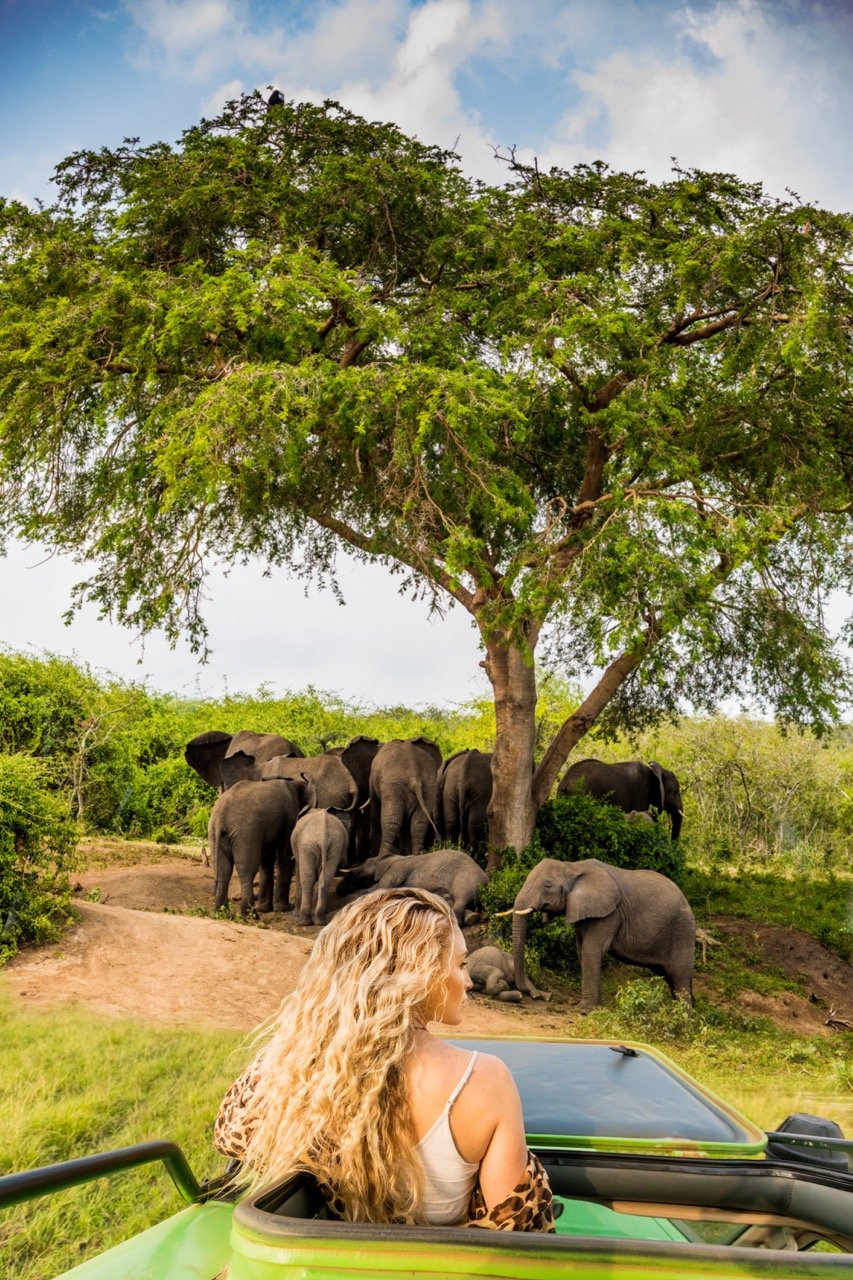
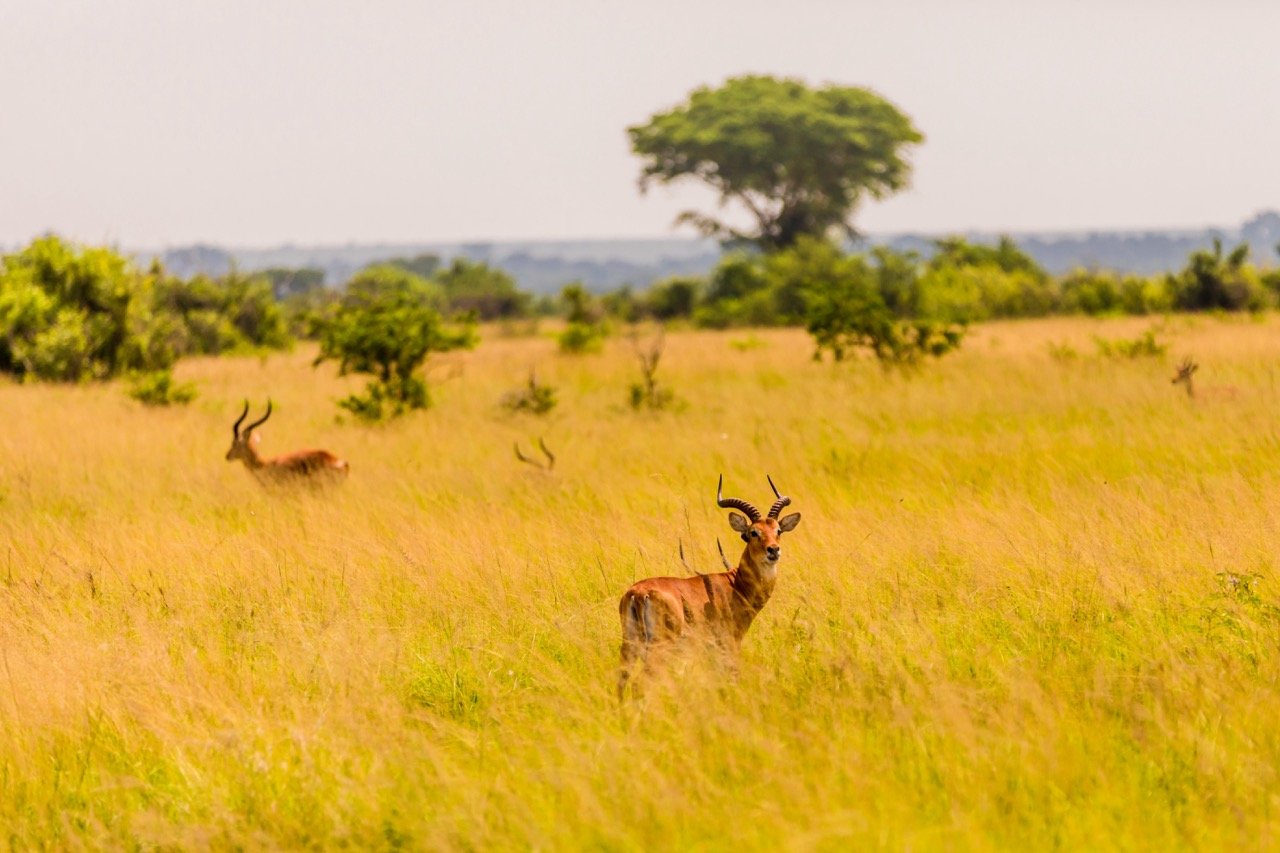
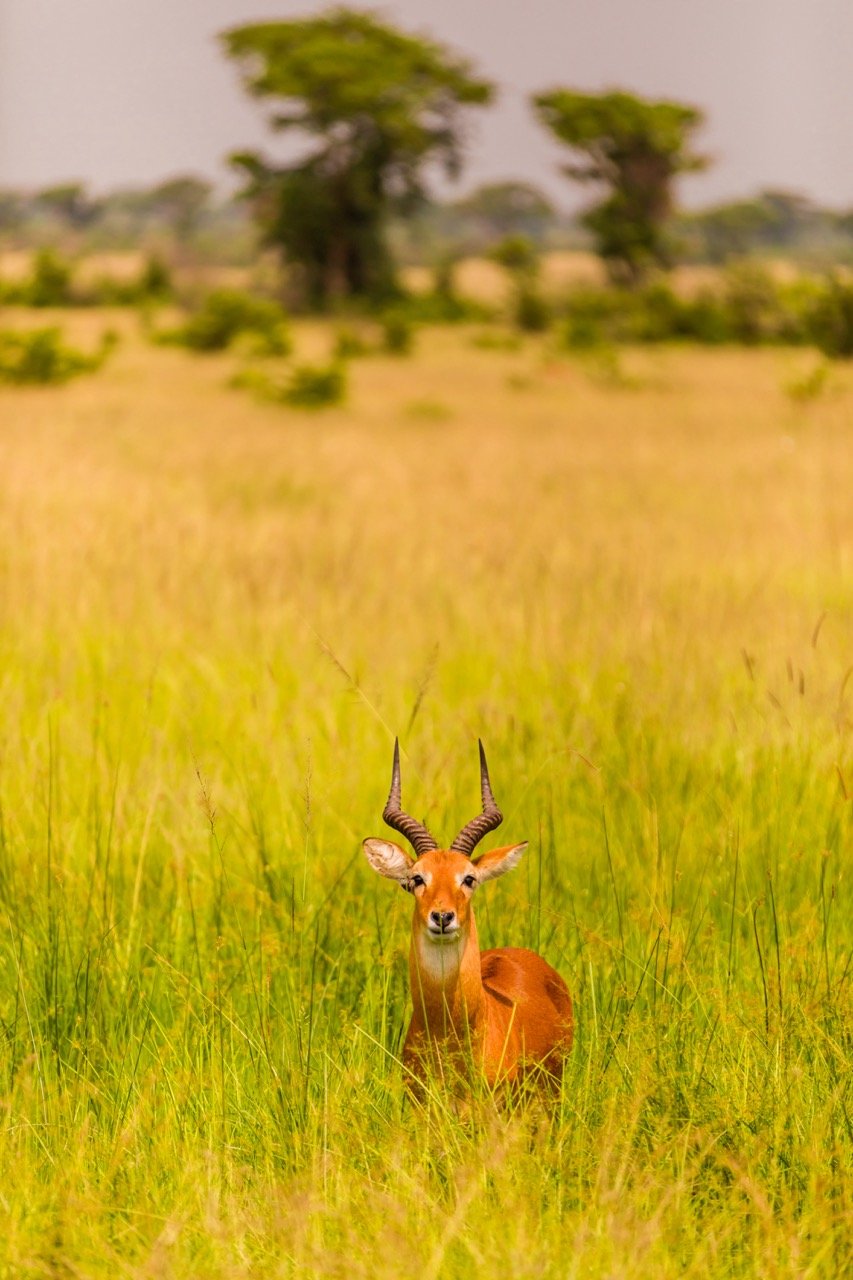
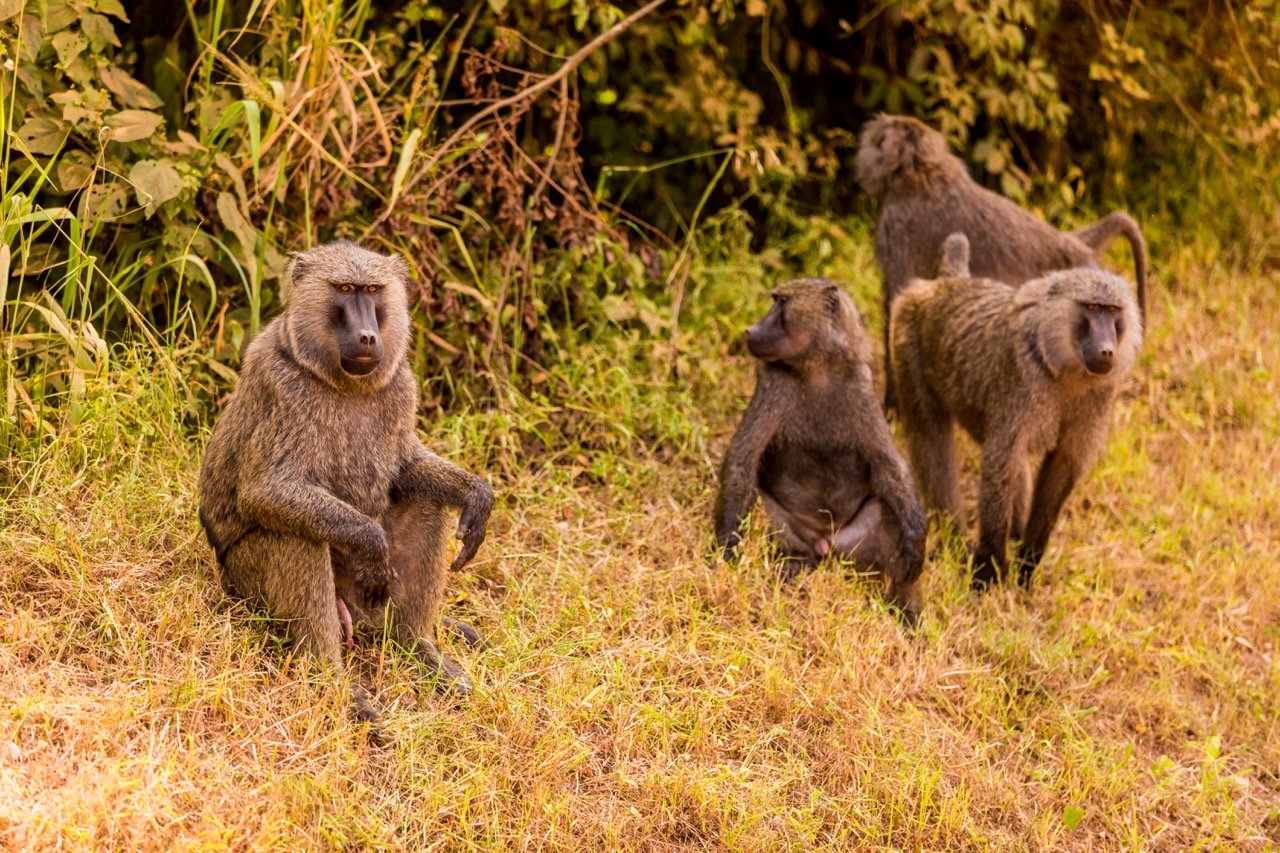
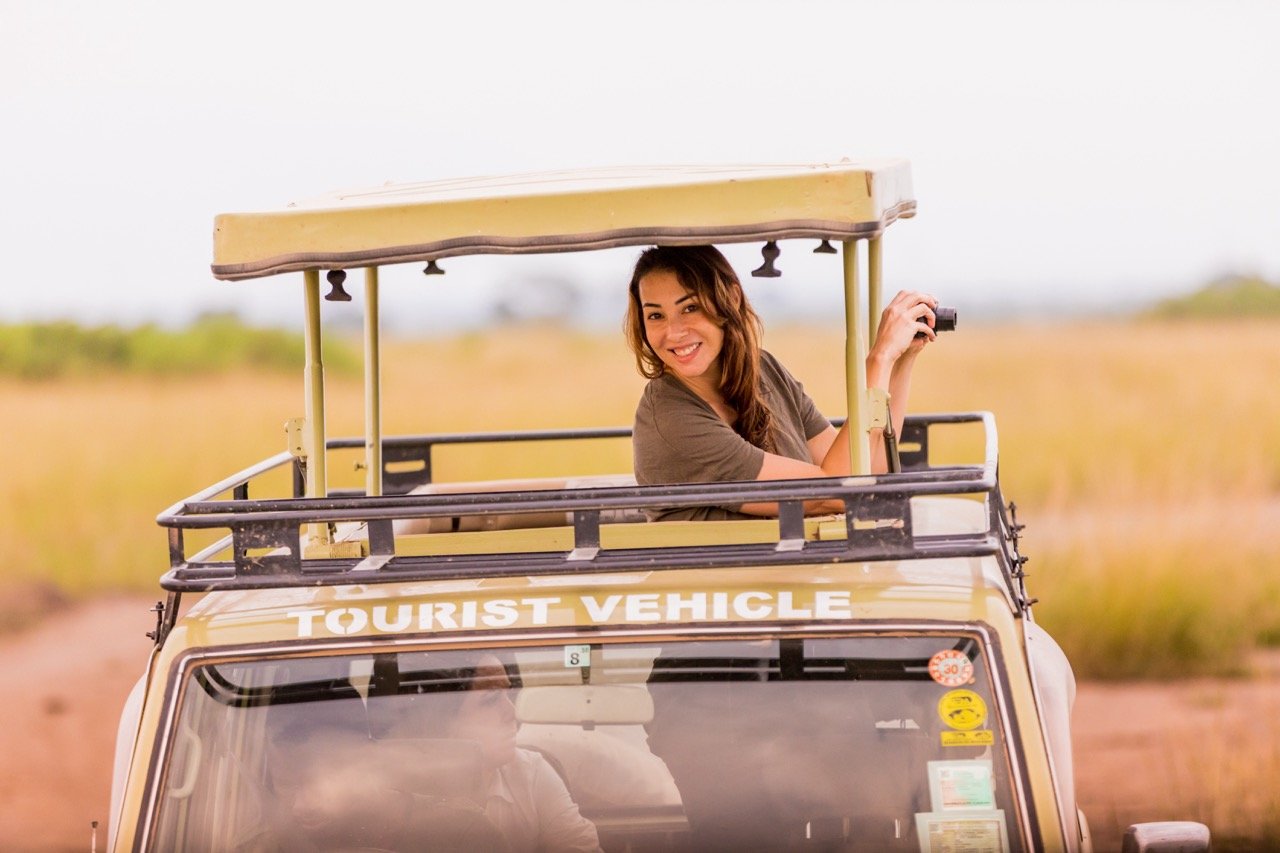

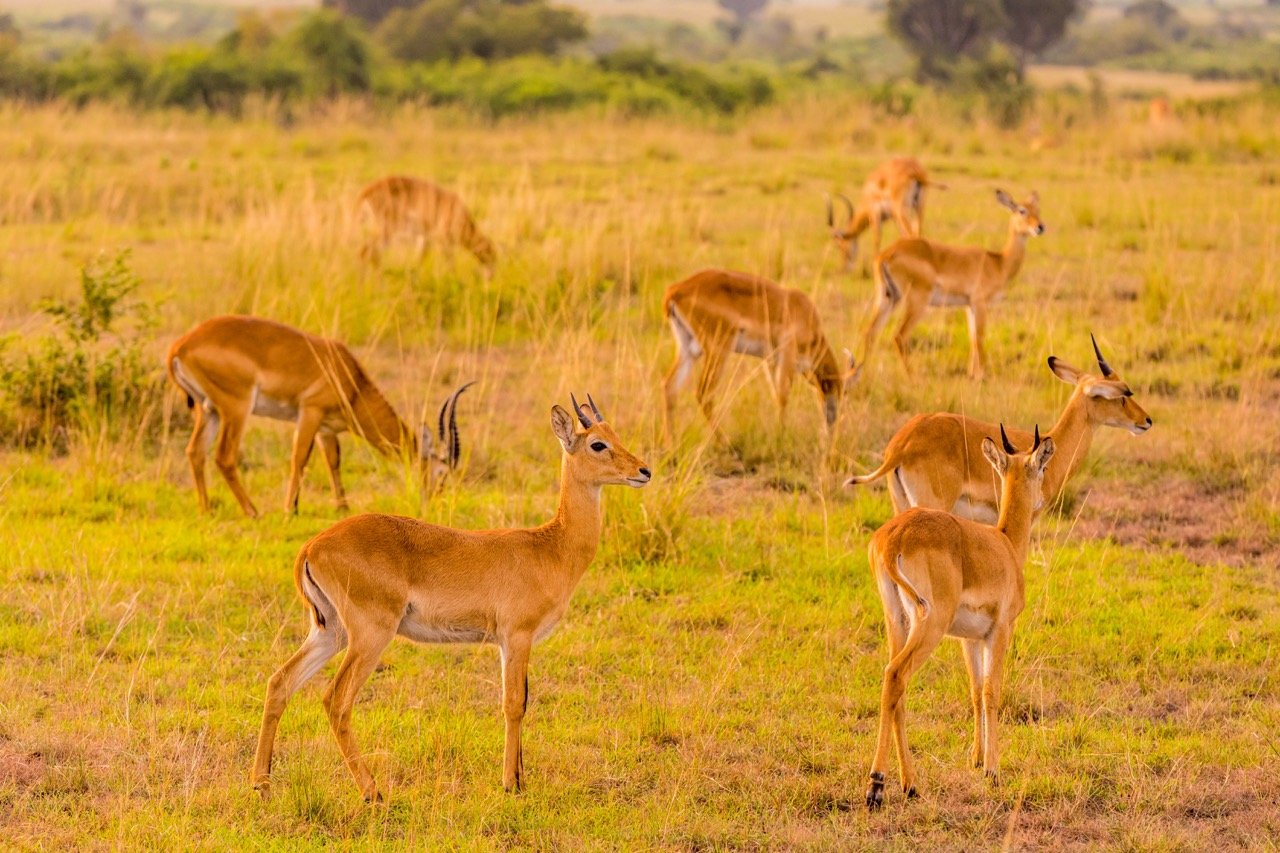
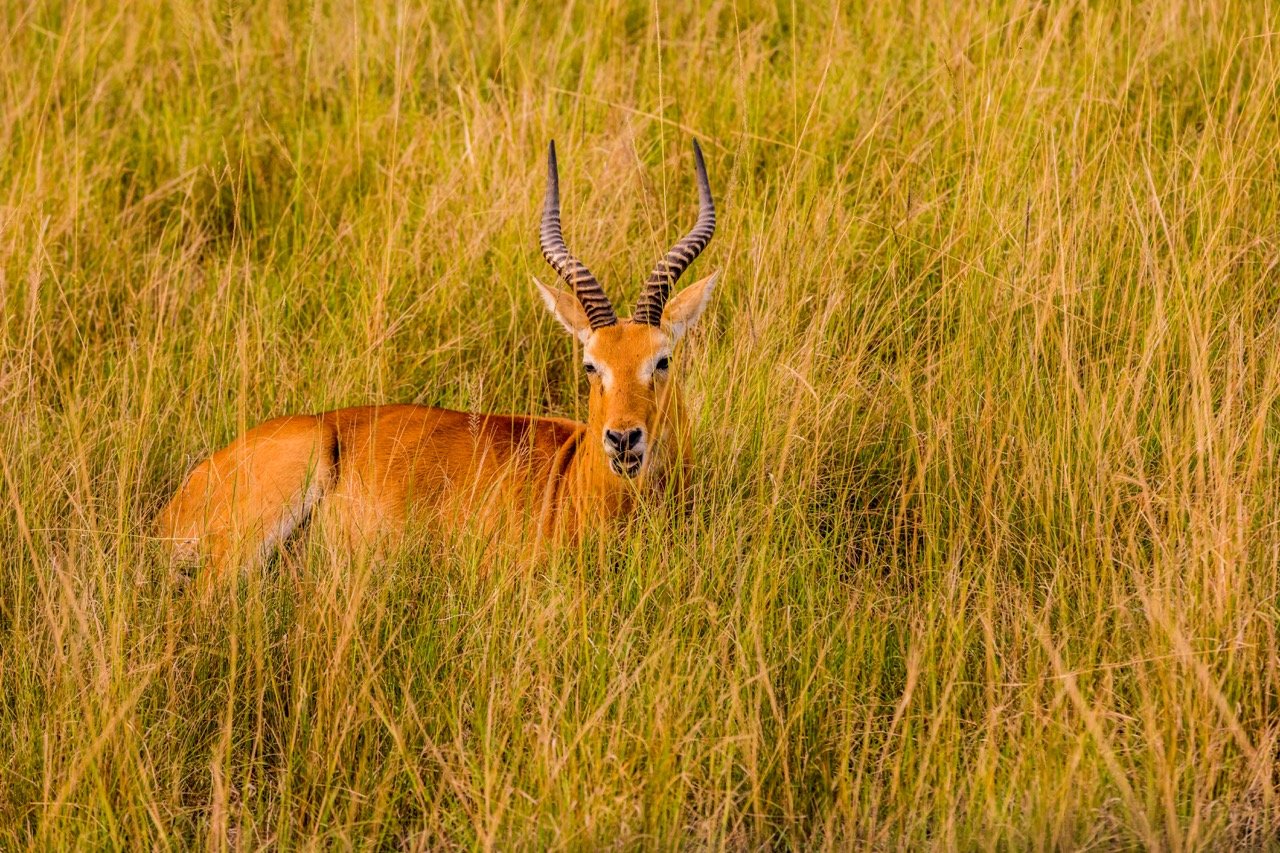
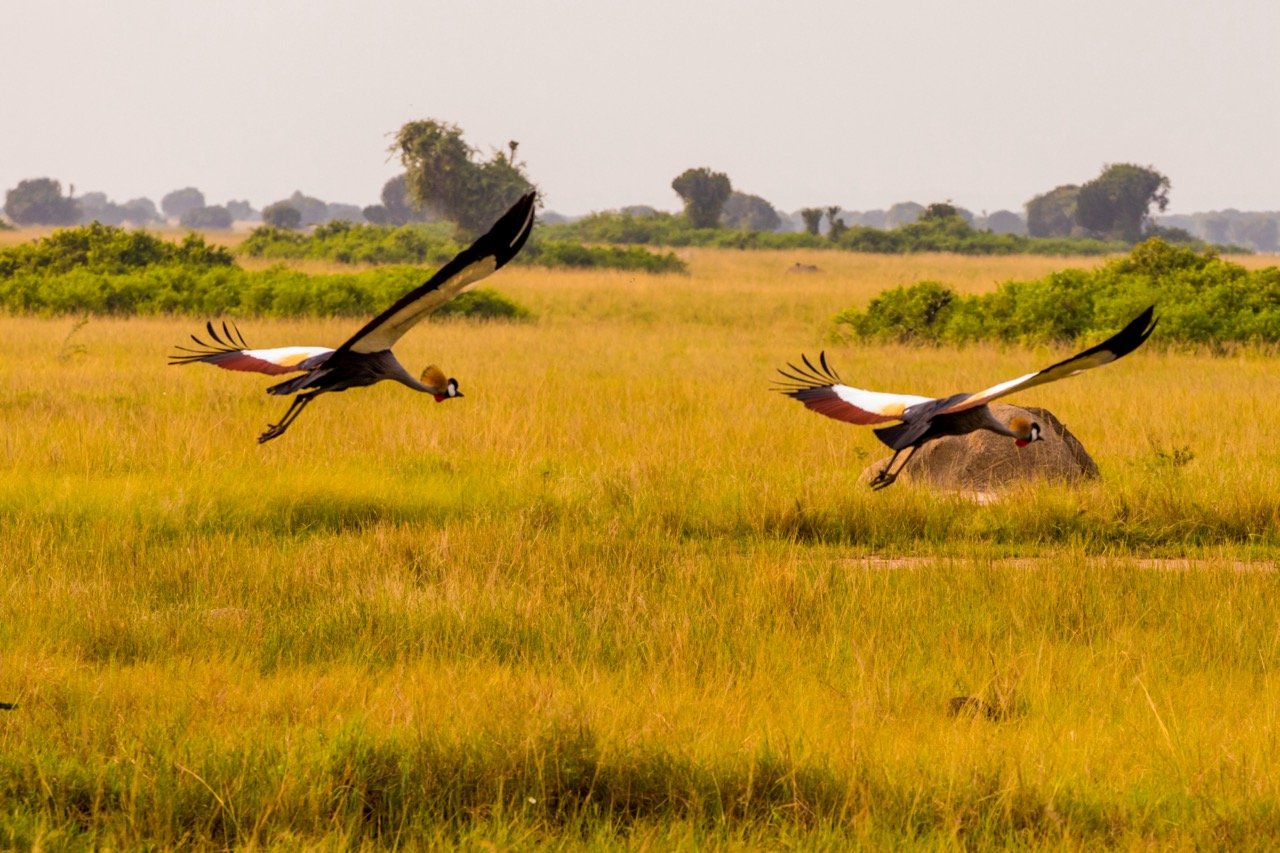
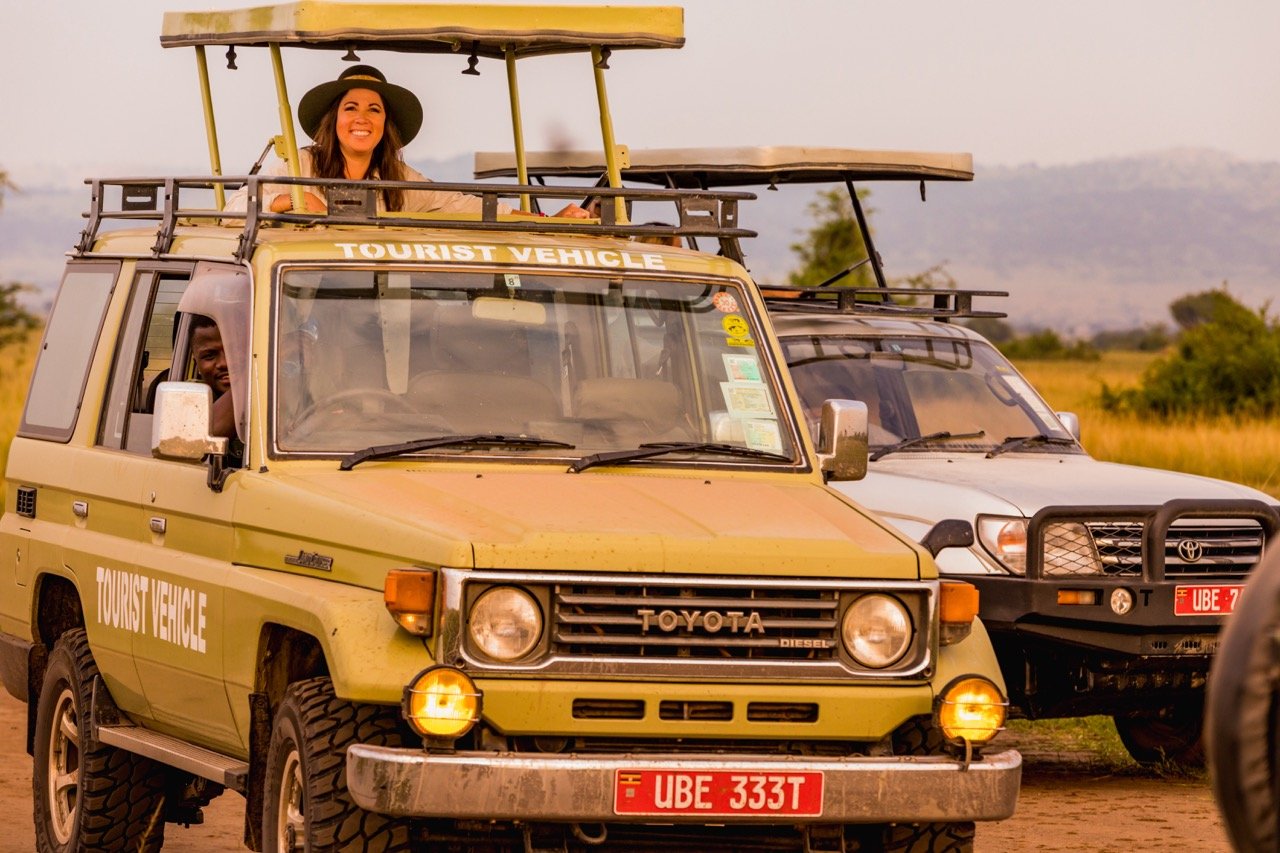
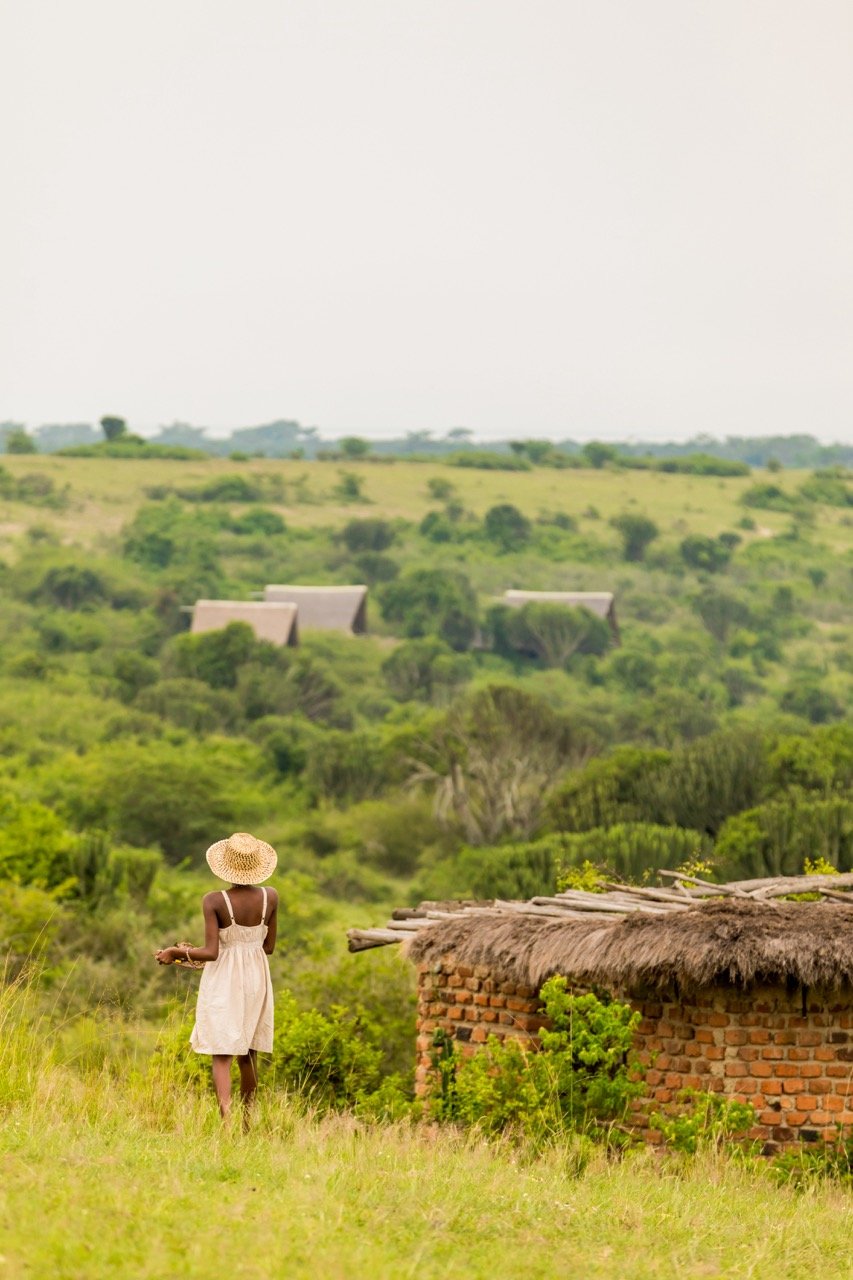
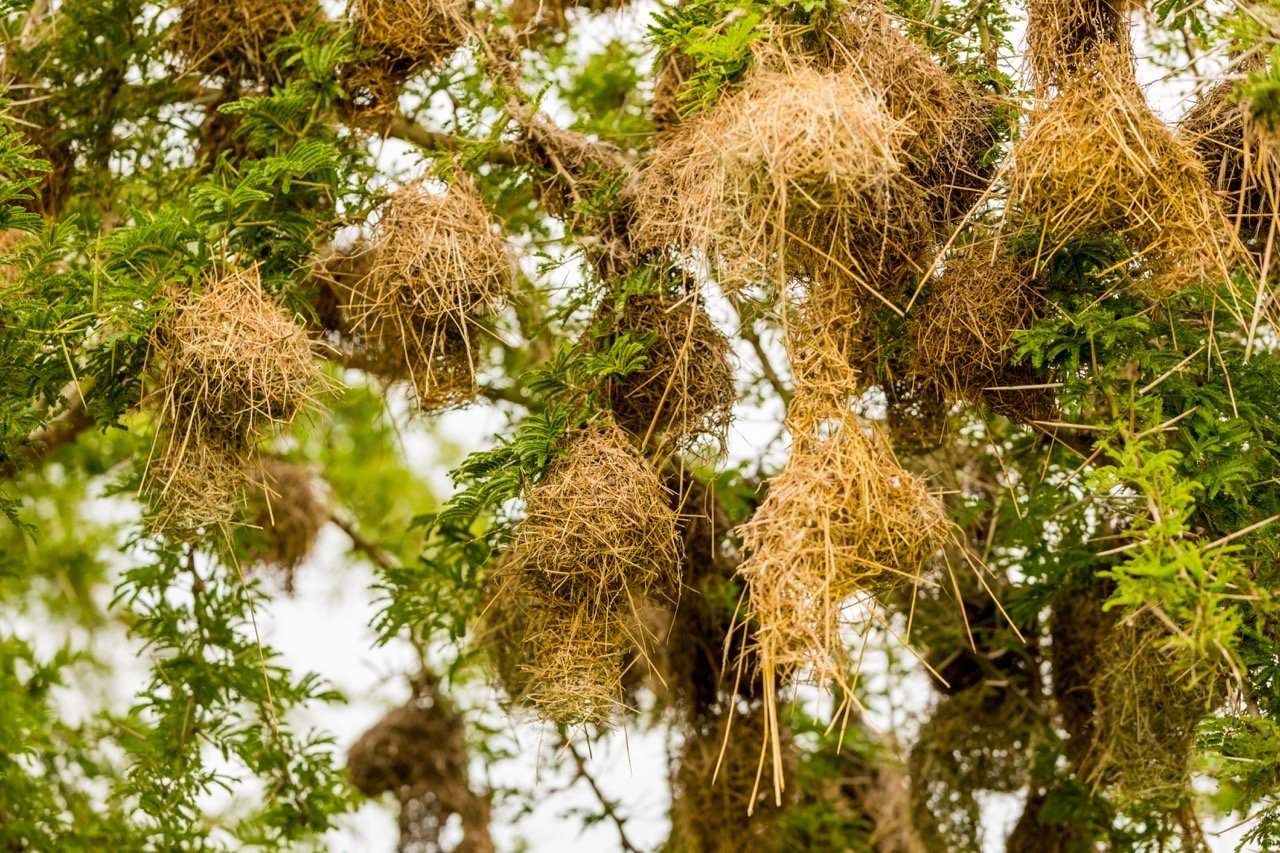

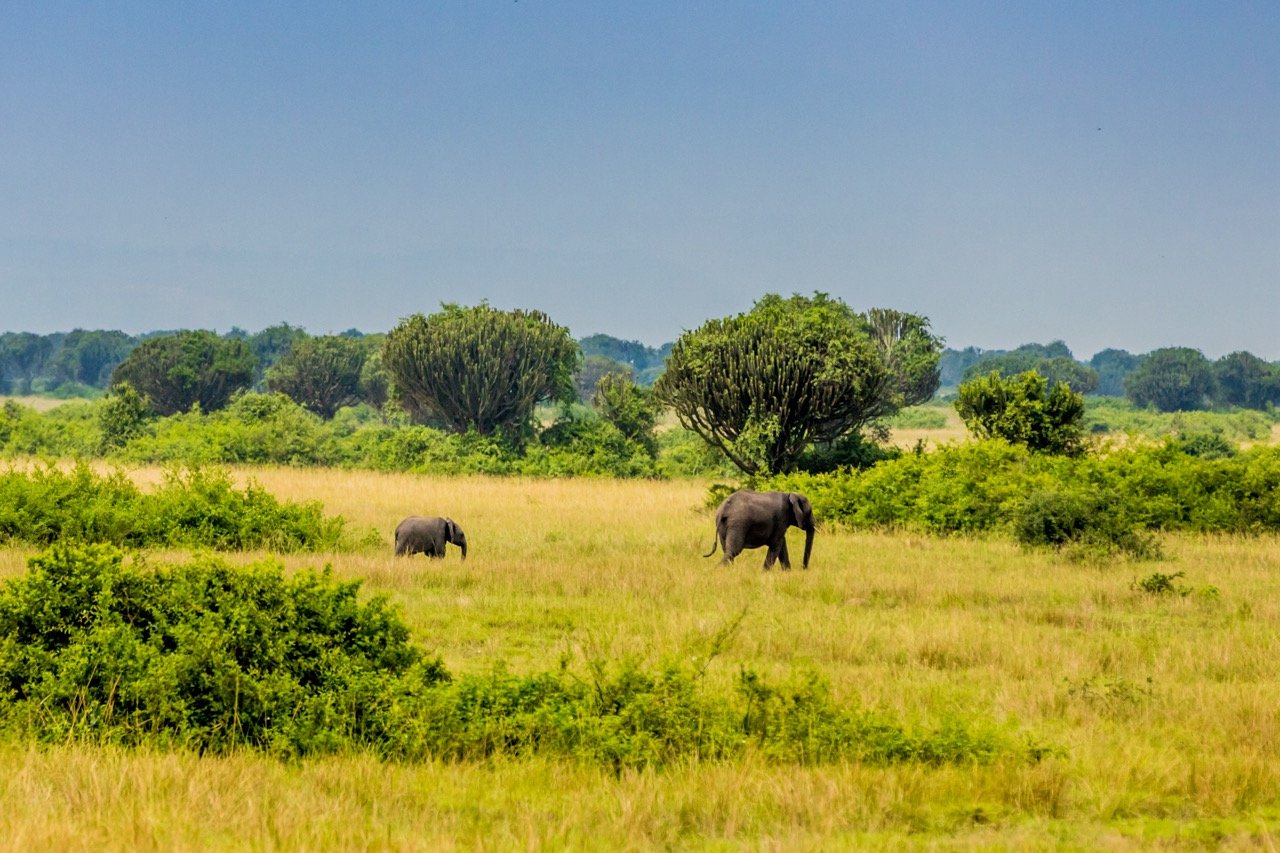
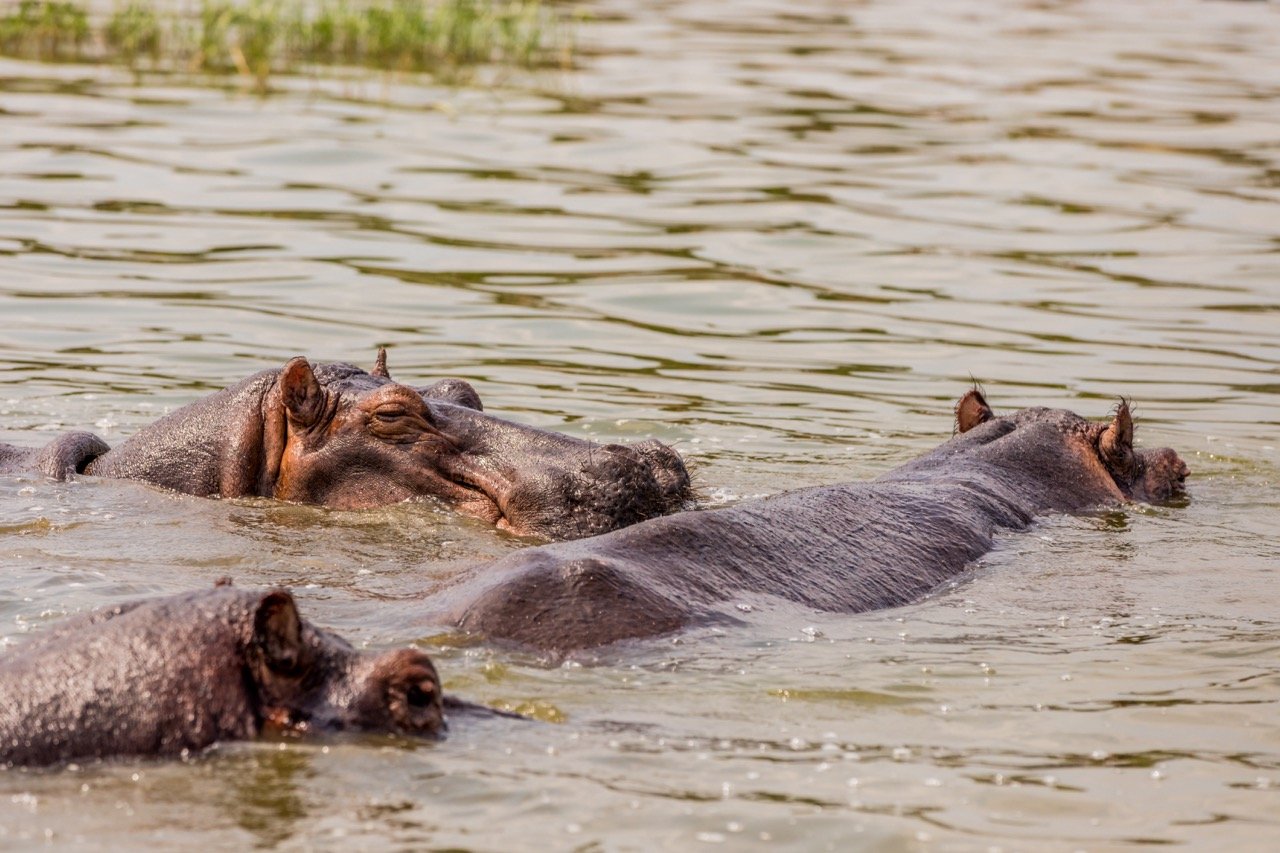
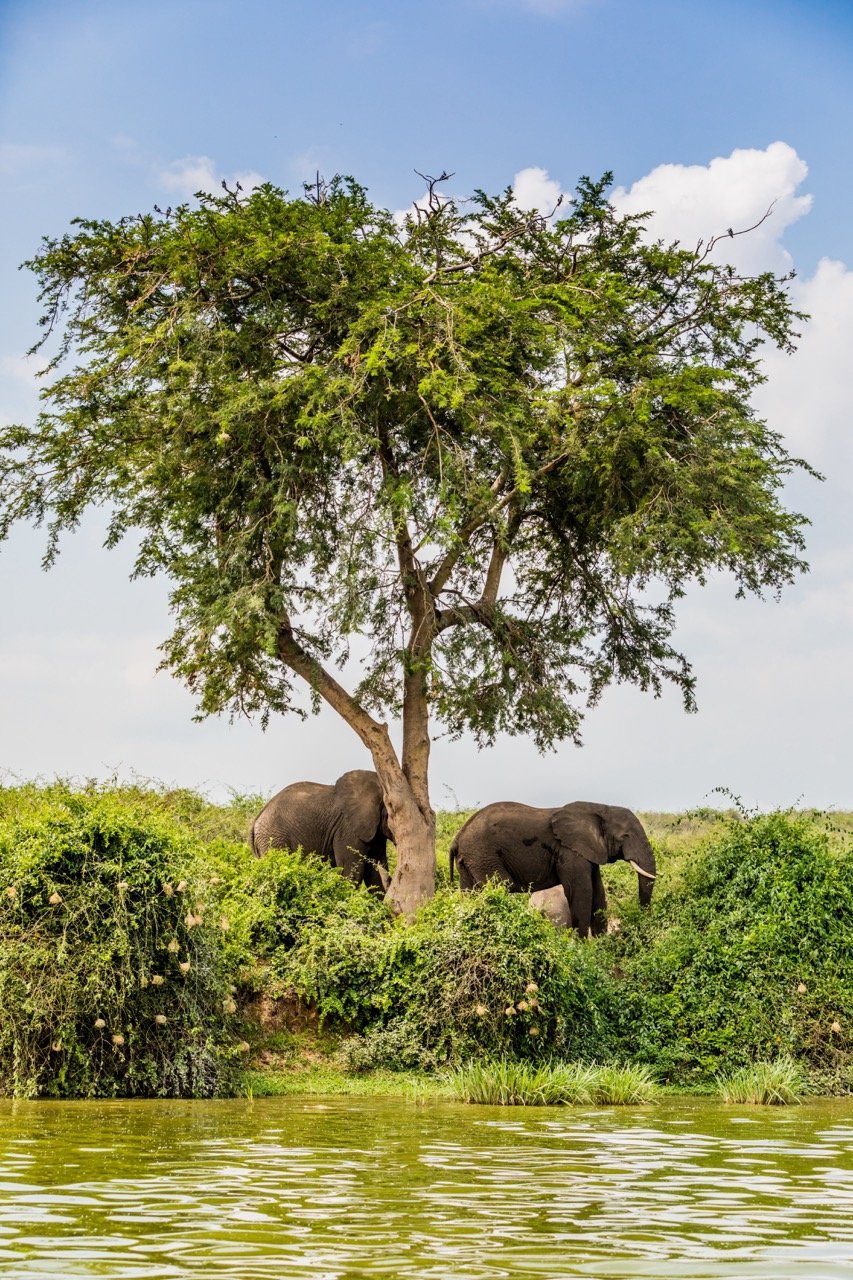
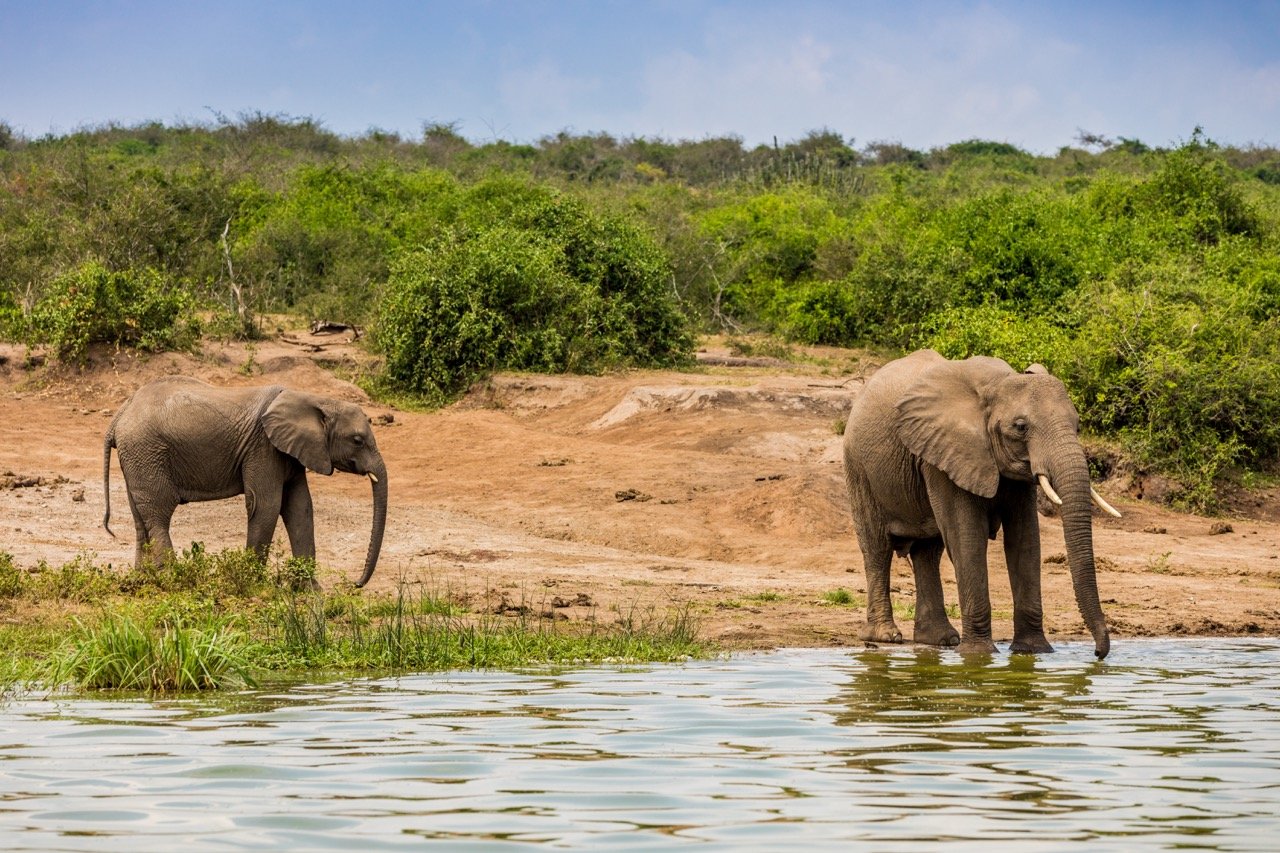

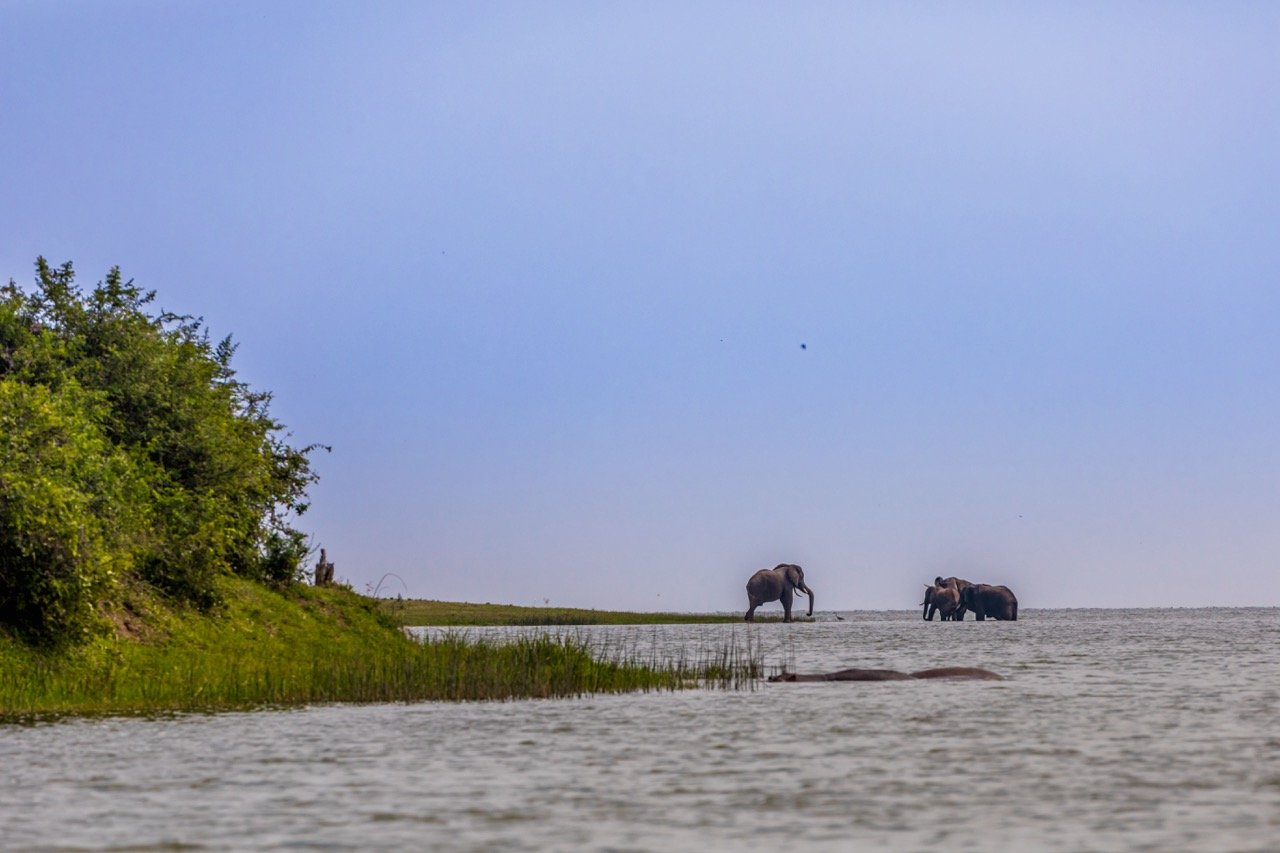
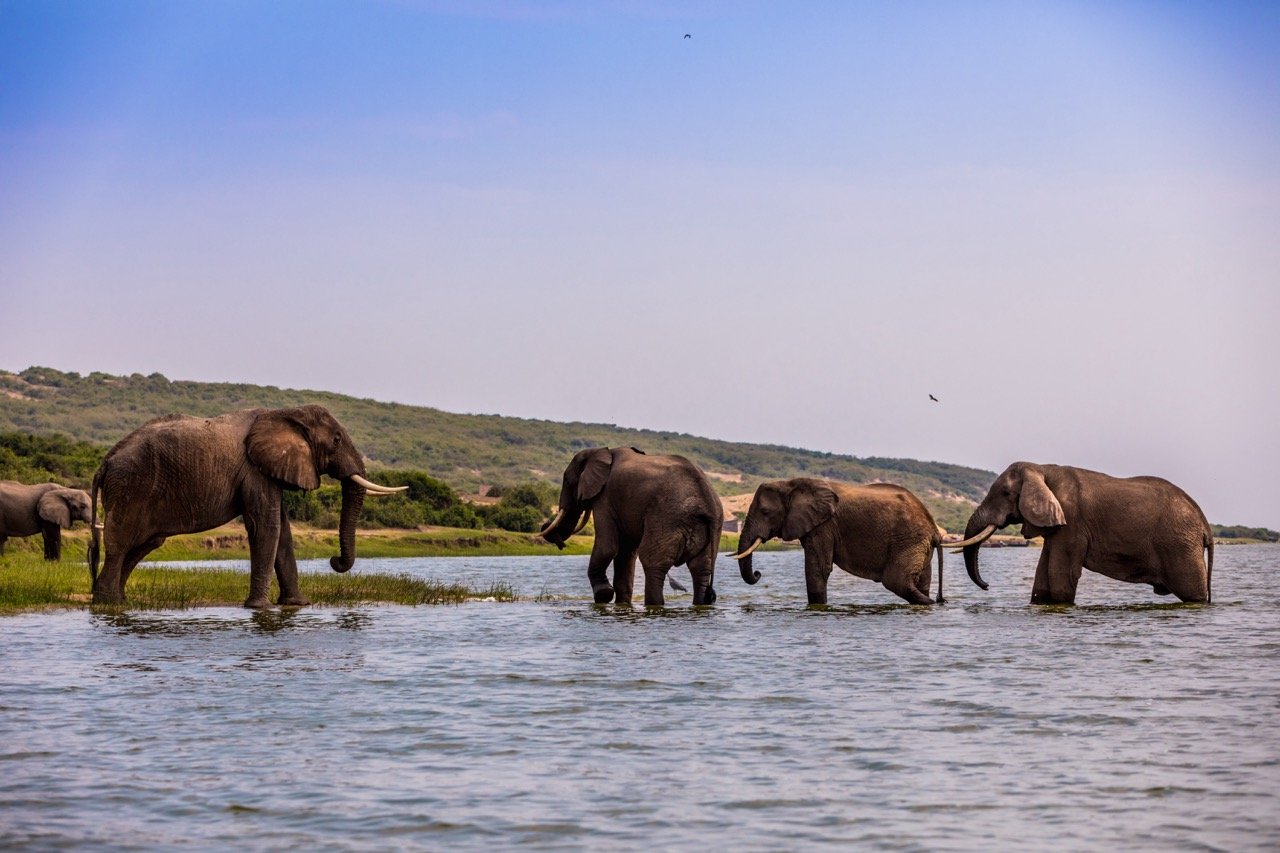
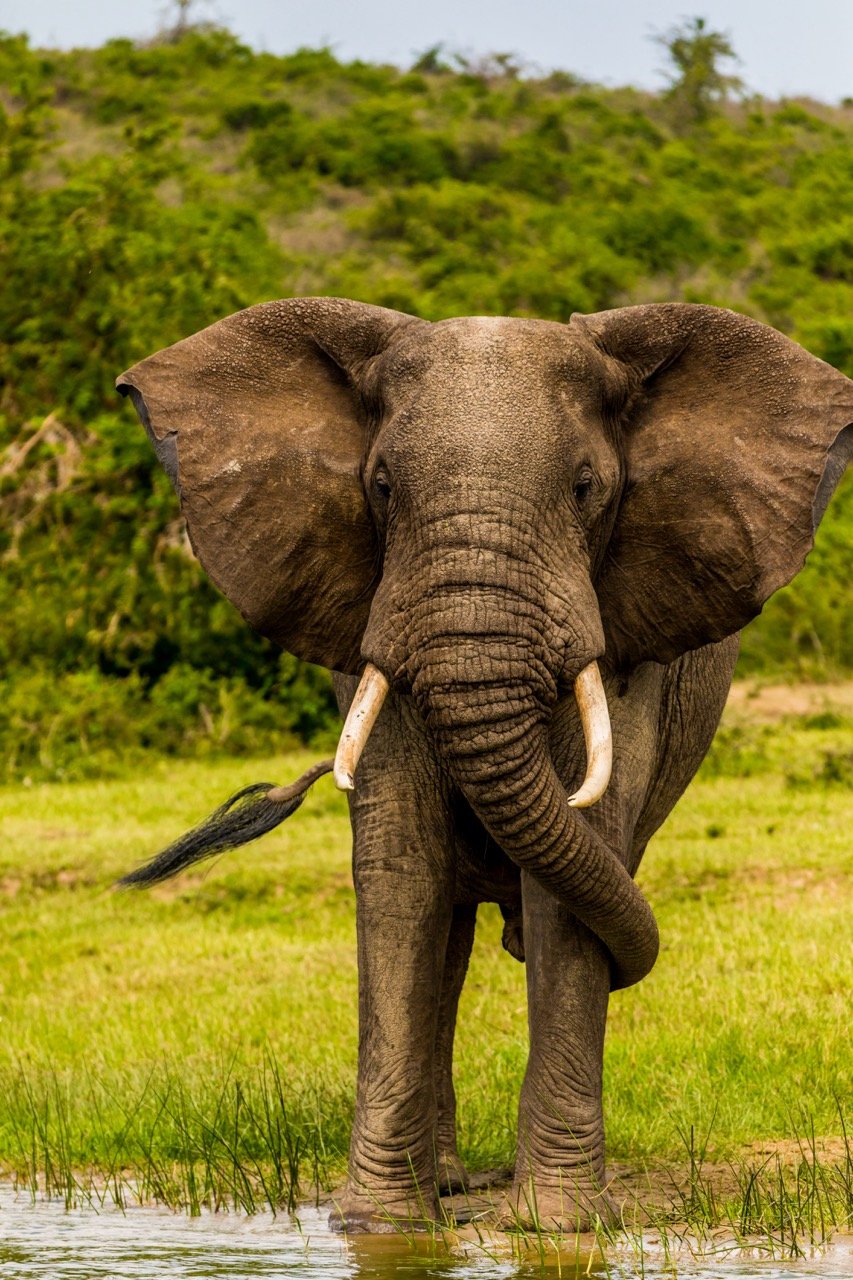
After two days of trekking through thick jungles in the cool, misty mountains looking for gorillas, we drove down into the arid savannas of Uganda to visit the Hanging Lions of Queen Elizabeth National Park. This is the only place on Earth where you will find prides of Ishasha lions just hanging out in the high limbs of Sycamore Fig trees. This is a very rare sight, because this unique group of only about 35 lions is endangered due to threats of human-wildlife conflict and retaliatory snaring and poisoning. We drove around in safari vehicles and witnessed gorgeous wildlife, including herds of elephants and hippos and, of course, very full, very happy lions in the trees.
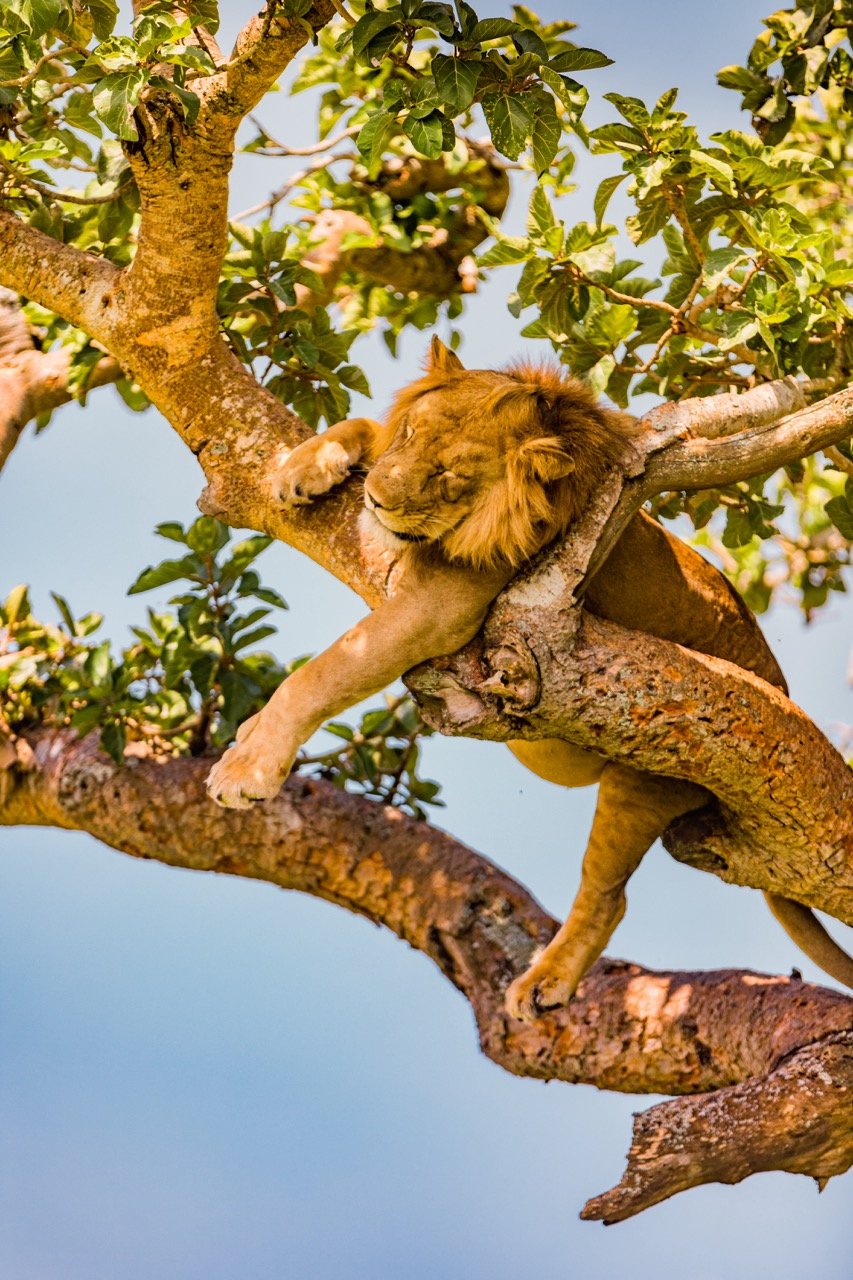

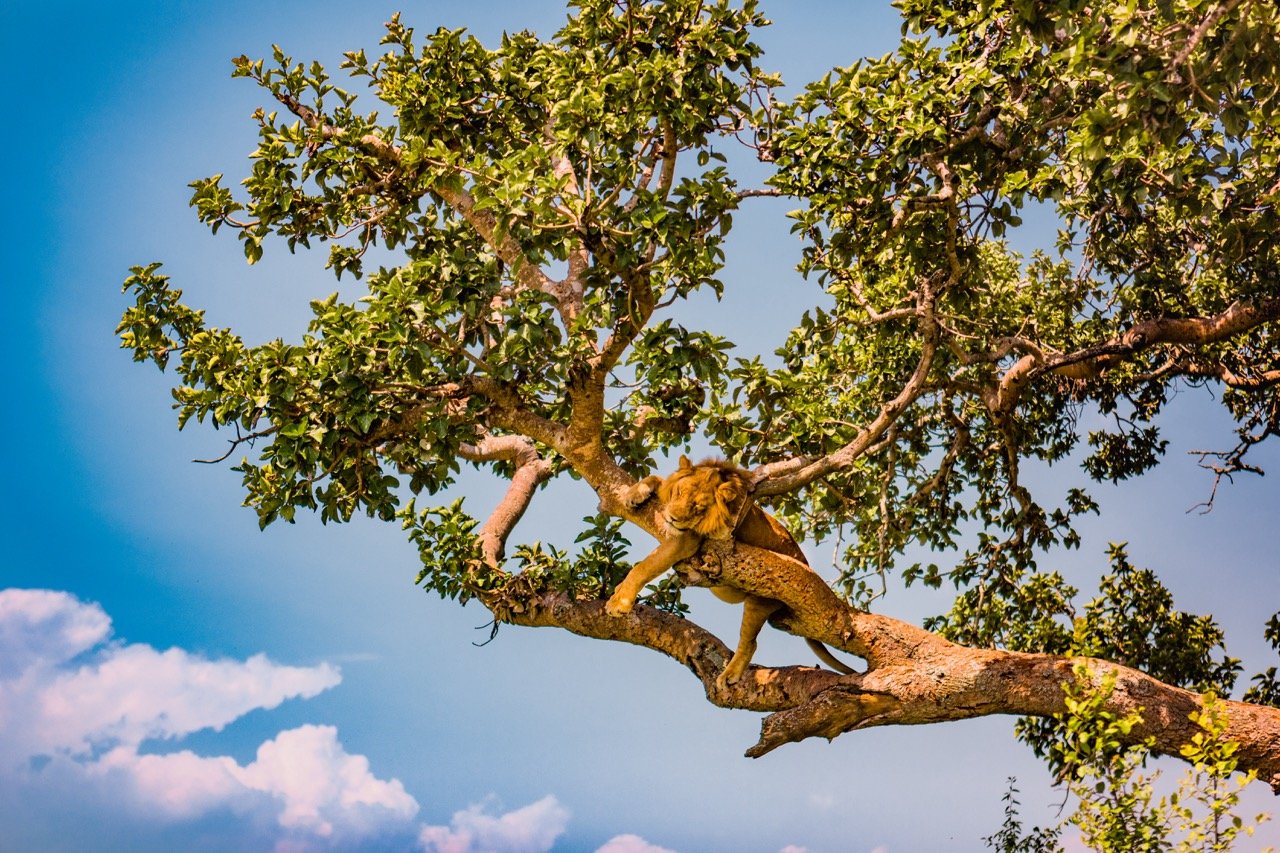
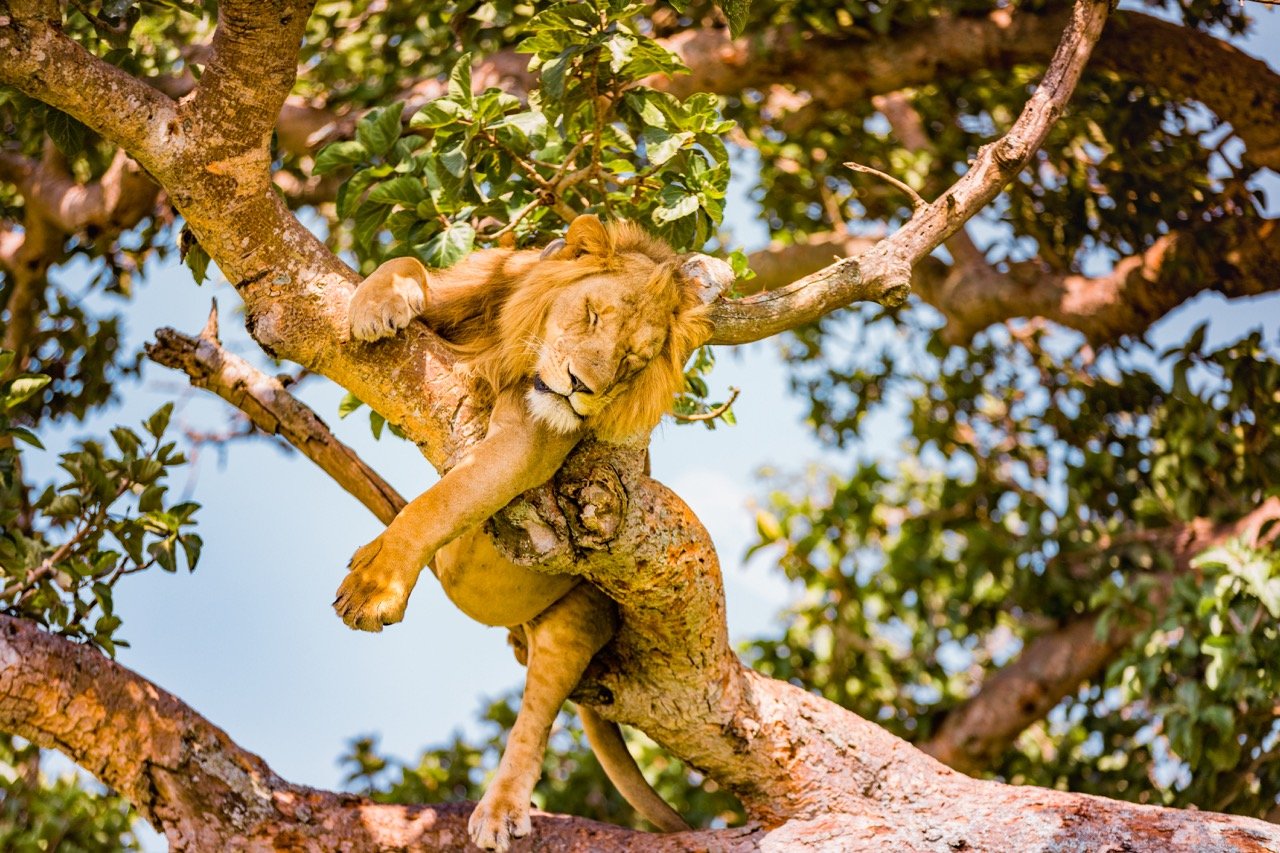
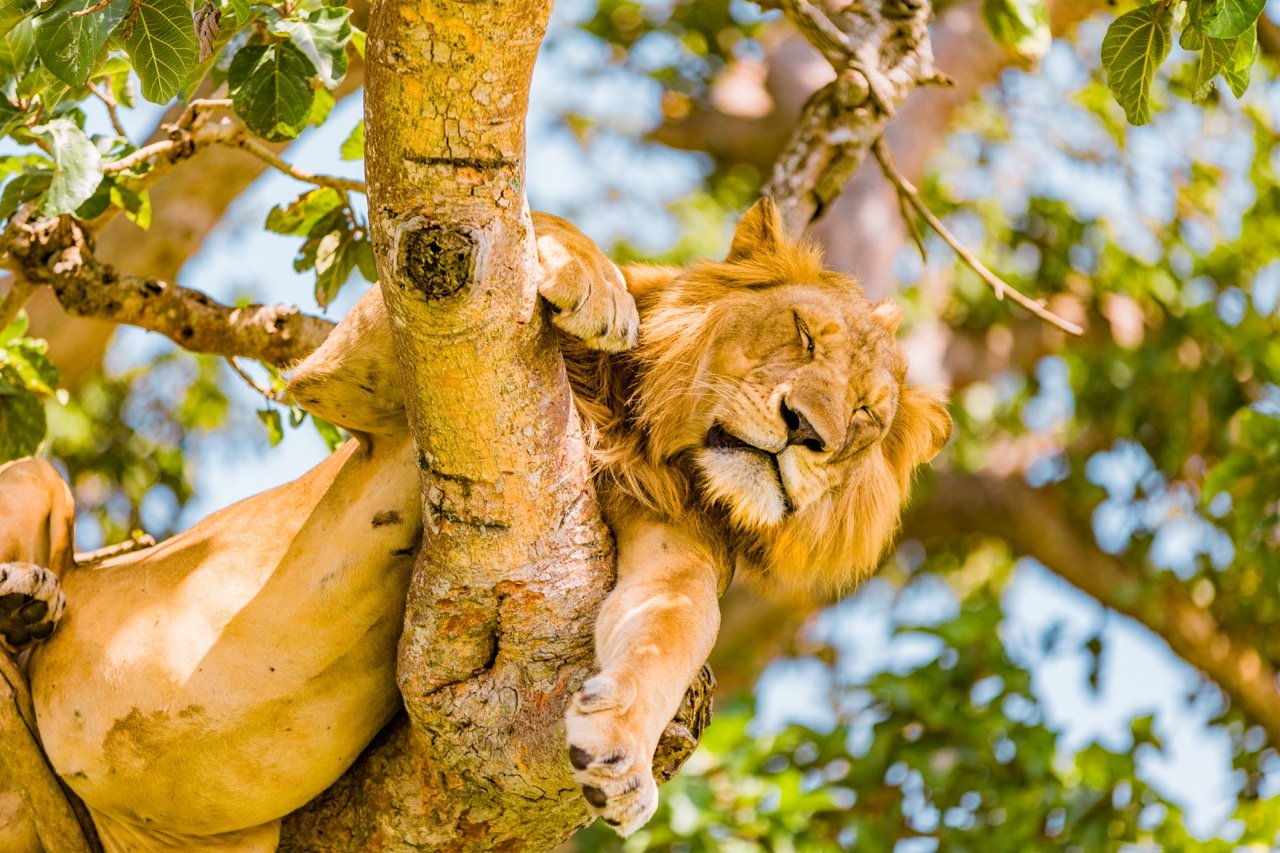
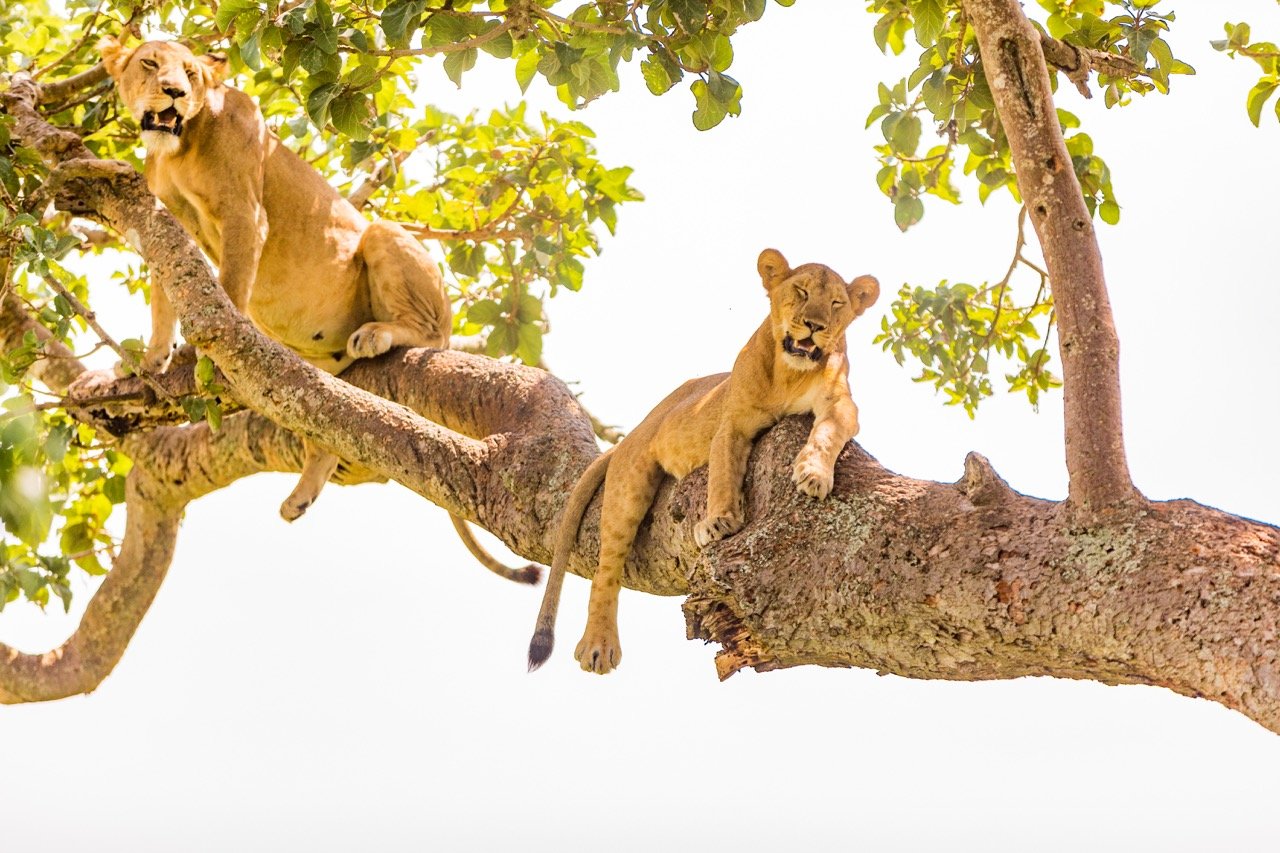
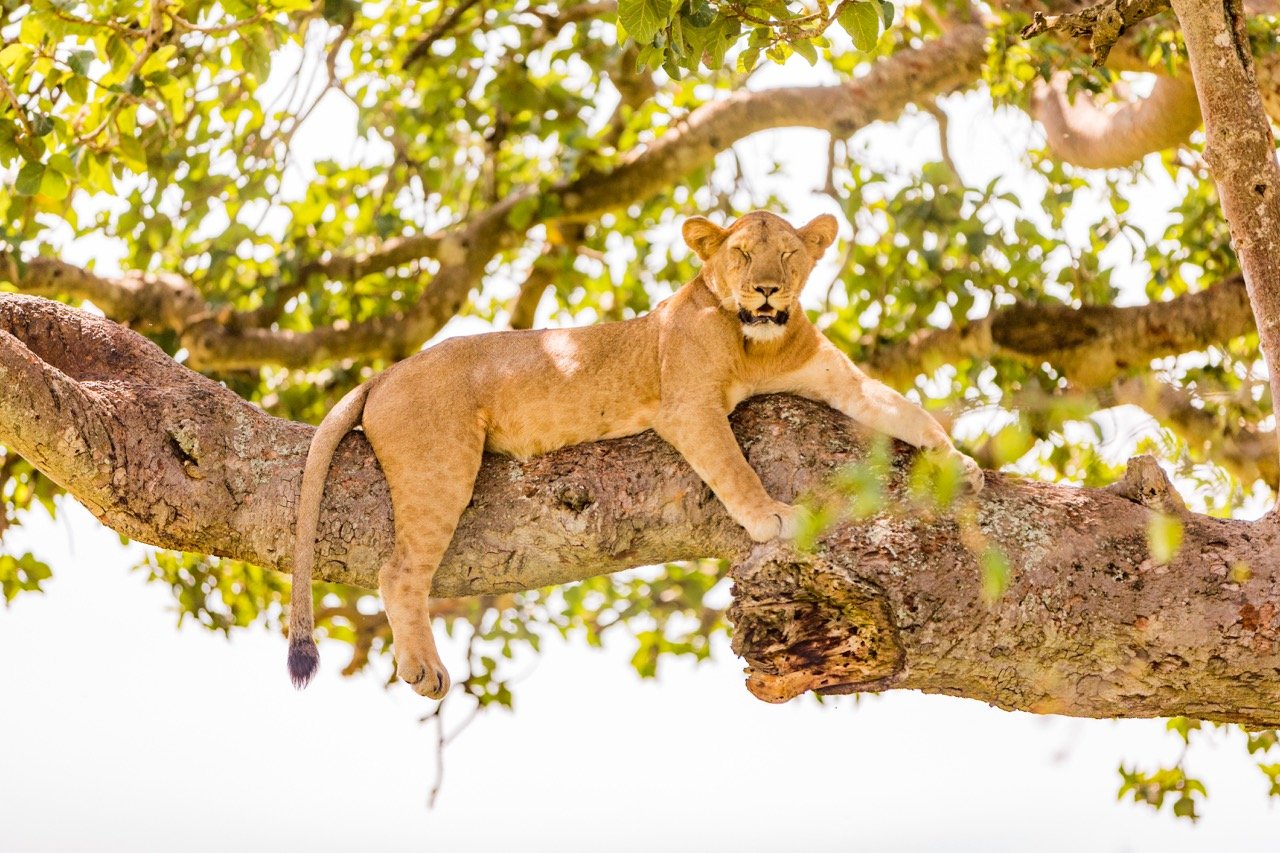
Laura Grier
Laura is a dynamic Adventure Photographer, Photo Anthropologist, Travel Writer, and Social Impact Entrepreneur. With a remarkable journey spanning 87 countries and 7 continents, Laura's lens captures both the breathtaking landscapes and the intricate stories of the people she encounters. As a National Geographic artisan catalog photographer, Huffington Post columnist, and founder of Andeana Hats, Laura fuses her love for photography, travel, and social change, leaving an impact on the world.
Generation Z Quits Vaping for the Congo
Rampant child labor in the Congo has ignited an ethical social movement among Generation Z.
Child Mining in Kailo, Democratic Republic of the Congo. Julien Harneis. CC BY 2.0
Many young people have recently decided to quit vaping, not because of health risks like their parents with smoking but to instead protest child labor in the Democratic Republic of the Congo. Since gaining its independence in 1960, the DRC has experienced persistent hostilities in its Eastern provinces. In the last six weeks alone, violence in the North Kivu province has displaced more than 450,000 people. The intensification of violence has additionally resulted in devastating impacts on the lives of children, who have been forced into child labor.
Based on statistics from the Bureau of International Labor Affairs in 2022, 17.4% of children aged 5 to 14 in the DRC are working full-time. This includes over 40,000 child laborers toiling in cobalt mines in one province alone, according to UN agencies. The work that the children do is divided into multiple activities, including but not limited to agriculture, industry and services. The categorical worst form of child labor is forced mining. As a country that holds more than 50% of the world’s cobalt reserves, the DRC is a global leader in its production in artisanal mines. However, as a result of the nation’s poverty rates, child labor is common in this sector and deemed a necessity. Impoverished parents who can not afford to send their children to school have them contribute to the household by working. Even with the DRC Child Protection Code of 2009 that provides “free and compulsory primary education,” there is not enough government support and funding to take this financial responsibility off of parents. In 2022, the DRC made minimal advancements in efforts to eliminate child labor in its worst forms, causing Gen Z to take matters into its own hands.
Gen Z, characteristically hooked on vaping, has decided to quit the habit to stand in solidarity with those working in the DRC. The movement initially began on TikTok and has since spread, condemning vapes not for the cost or risks, but for their materials. Vapes have lithium-ion batteries that are made of raw minerals, including cobalt. As demand for vapes and other lithium containing products grows, there will be a greater need for lithium production, exacerbating existing problems for the mining industry and its workers. Already, the conditions for workers in the mines are harsh. Of the 255,000 Congolese citizens mining cobalt, 40,000 are children in the country’s southeast who dig all day in mines with small shovels or their bare hands for searing-hot stones. Children excavate materials in ditches or rivers where they have to haul the metal that they find. This work in a mine can last up to 12 hours each day to earn only between one and two dollars. For an industry that was estimated at USD 15.97 billion in 2022 and is anticipated to grow 6.2% from 2023 to 2030, child laborers are earning significantly less than those industries that they produce cobalt for. Glencore, the largest cobalt-producing company, achieved a total production of 25,320 metric tons in 2021 and is estimated to be worth nearly $68 billion. In 2022, Glencore’s annual revenue amounted to just under $256 billion, the highest of any mining company in the world.
Gen Z has seemed unmoved by the health risks associated with vaping, but have taken up the call for social justice very seriously. A number of users have taken to TikTok to call attention to the humanitarian crisis in the Congo and how the West’s demand for cobalt has resulted in a massive increase in child labor. Whether it has been Gen Zers announcing their own decision to quit vaping or spreading information about the emergency in the hopes of influencing others, the movement has certainly gained traction. Amid concerns about the environment and material waste in landfills, users have reshaped the conversation to show how scrapped product only perpetuates demand. An estimated 150 million vapes are being disposed of in the United States each year, with two-thirds of 15–24 year old users placing them straight into the trash, despite the devices’ reusable batteries. This has contributed to the billions of dollars in funding for unnecessary mining, causing those online to call for collective action to stop and consider the ethical implications of their purchase. Much of the conversation has shifted into the interconnectedness of consumerism and its impact on vulnerable workers.
The government of the DRC has established policies related to child labor, but a lack of regional scope has hindered their effects. The National Sectoral Strategy to Combat Child Labor in Artisanal Mines and Artisanal Mining Sites was developed to eradicate child labor in mines by 2025. Its strategy aims to strengthen laws, promote responsible sourcing and improve child protection measures. Additionally, the Child Labor Monitoring System was launched to identify and remove children from mines. These efforts seek to raise awareness of child labor at its worst form and empower communities to stop these practices. However, the government of the DRC does not currently have policies to address the issue of child labor at a regional level, making it unlikely that the mining sector will be much changed. However, because the internet has emerged as a powerful tool for social change, Gen Z hopes to take advantage of it to boycott human rights abuses. By leveraging social media to create changes in their own behavior, the youth aim to limit the ability of companies to compromise human rights for a profit.
Mira White
Mira is a student at Brown University studying international and public affairs. Passionate about travel and language learning, she is eager to visit each continent to better understand the world and the people across it. In her free time she perfects her French, hoping to someday live in France working as a freelance journalist or in international affairs.
Turkey’s Last Remaining Armenian Village Puts its Culture on Display
Discover the poignant legacy of Turkey's Armenian community at Vakifli, the country's last remaining Armenian village, now home to its inaugural museum, inviting visitors to explore this cultural heritage.
Kurdish, Armenian and Turkish women. Yeucelnabi. CC BY-ND 2.0
Most of Turkey’s Armenian population disappeared following Turkey’s leading role in the 1915 Armenian genocide. Even today, there is only one Armenian village left in the country. While Turkish-Armenians’ rich history has slowly started to wane, many community members have come forward to teach the world of their heritage. The last remaining village is Vakifli, located in Turkey’s southern Hatay province. Home to only about 100 people, it is a popular spot in the summer for those hoping to get in touch with their Armenian roots. Now the village’s first museum has opened, giving visitors more than enough reason to visit Vakifli.
History of the Armenian Genocide
Armenians being deported. Narek781. CC BY-SA 2.0
Long before the term “genocide” was coined after the Nazis’ attempt to eradicate all Jews during World War II, the Turkish-Armenians suffered a similar fate with an estimated 1.5 million deaths. In 1915, the Ottoman Empire was in decline. At the time, over 2 million Armenians lived in Turkey; by 1922 there were fewer than 400,000. Before the Ottoman Empire’s collapse, the Christian Armenians were granted religious freedom but were subjected to higher taxes, lower wages and an overall lower standard of living.
In 1908, the Young Turk movement, mostly made up of junior army officers from the Ottoman Empire, took control of the empire in an attempt to “Turkify” the region. The group was led by a powerful triumvirate who called themselves the “Three Pashas.” During World War I, the Young Turks sided with Germany but were eventually defeated. According to The New York Times, , “Armenians were blamed for siding with the Russians” against the German-led Central Powers and were subsequently massacred under the rule of the “Committee of Union and Progress,” a political party representing the Young Turks. Harsh measures were launched against the Armenians, such as making it legal to arrest Armenians on the “sense” of them being a threat. Abandoned Armenian property was confiscated, mass deportations sent men off to labor camps to be worked to death, and “death marches” led Armenian women and children across the Syrian desert to their own concentration camps. Though the German government was reportedly “disgusted and horrified” by the Turkish government’s actions, the Three Pashas fled to Germany after the Ottoman Empire’s fall in 1918 and were given protection.
To date, the Turkish government still does not acknowledge the events that occurred surrounding the genocide of Turkish-Armenians. Legal action is even used; mentioning the Turkish state’s role in the 1915 Armenian genocide is often met with arrests and prosecution.
Vakifli Village
Musa Dagh, where Turkish-Armenians successfully resisted Ottoman troops. anthiok. CC BY-NC-SA 2.0
The small village of Vakifli was established by Armenians who “successfully resisted the Ottoman army’s attacks” in 1915. 4,200 villagers were forced to retreat onto the nearby Musa Dagh (Mount Musa), “holding out for 53 days” before being rescued by Allied warships from Egypt. They were not able to return home until after the end of World War I. Vakifli sits between the Mediterranean Sea and the Syrian border and is a beautiful and unique village with a dialect no Western Armenian can understand. The iconic church that sits in the middle of the village was restored in 1994 and reopened to visitors. Now, with decreased job opportunities and lower standards of living, many of the younger generation have moved to Istanbul, a city holding far greater opportunities. This leaves the older generation to continue to hold on to what remains of the village’s culture. Recently, Vakifli has attempted to diversify its economy by promoting ecotourism and organic farming.
The Launch of Their First Museum
Vakifli church. Nurretingulay. CC BY-SA 3.0
While COVID-19 delayed the official opening of a museum celebrating Turkish-Armenian culture, even now the space is welcoming visitors. Filled with donated items such as audio recordings, photographs, traditional garb and one of the most popular exhibits - the wedding dress - the Vakiflikoy Museum shows visitors “how villagers speak,” along with their beliefs, holidays, food and traditions. Lora Baytar, the museum’s founder, and her husband hope that it gives Turkish-Armenian people a museum where they can preserve their history and culture for all the world to see.
Elizabeth Misnick
Elizabeth is a Professional Writing and Rhetoric major at Baylor University. She grew up in a military family and lived in Europe for almost half her life, traveling and living in different countries. She hopes to continue writing professionally throughout her career and publish her writing in the future.

